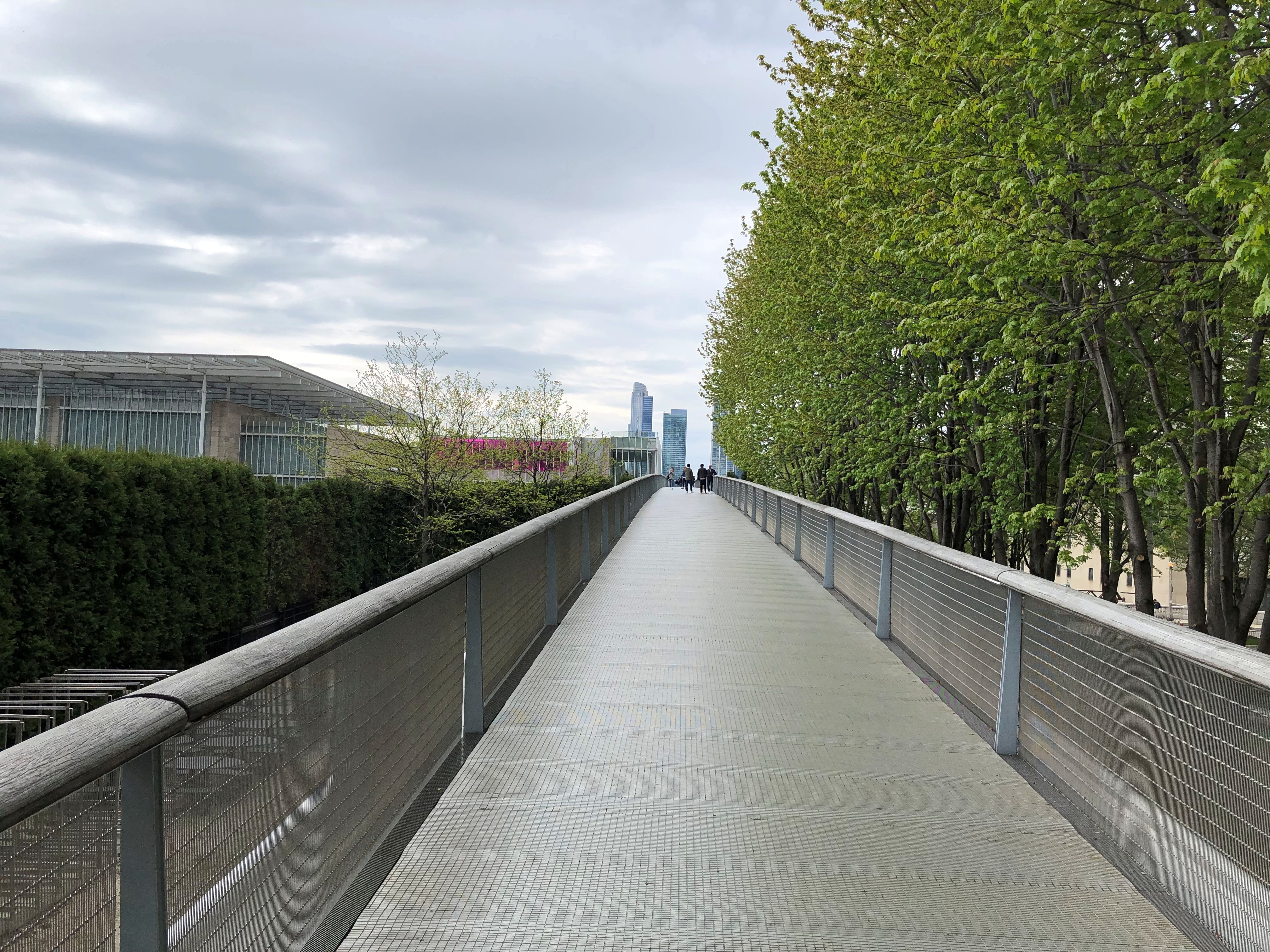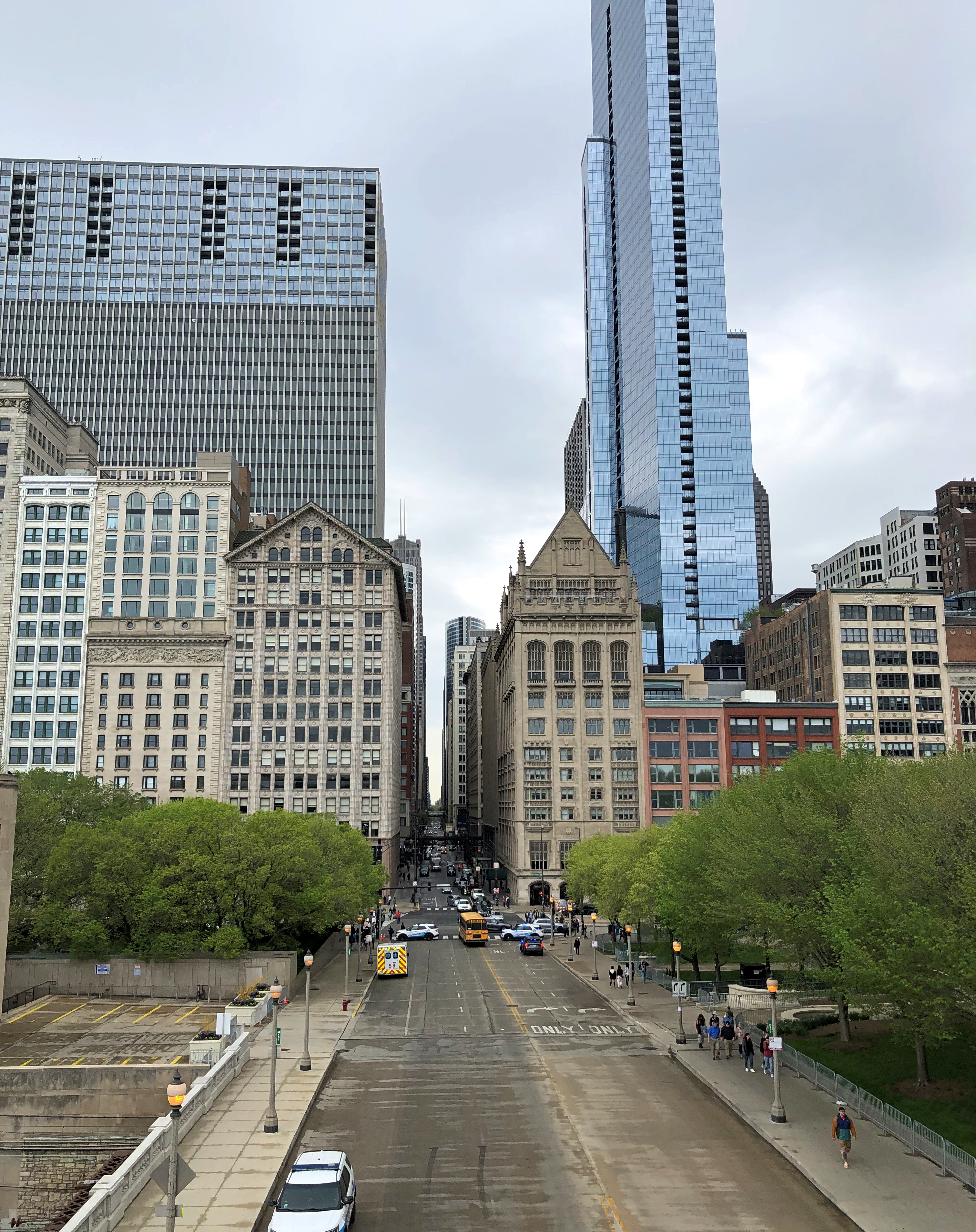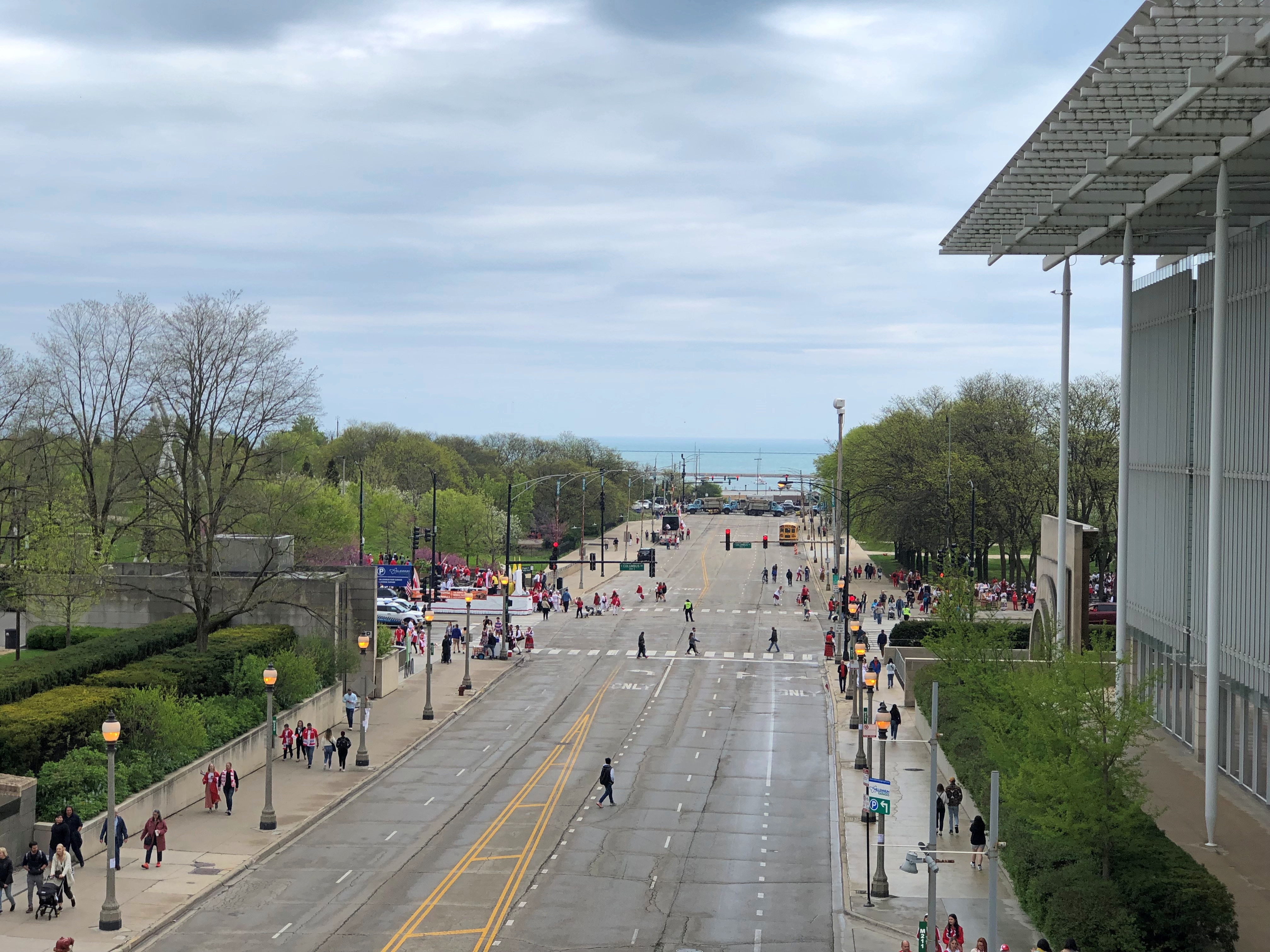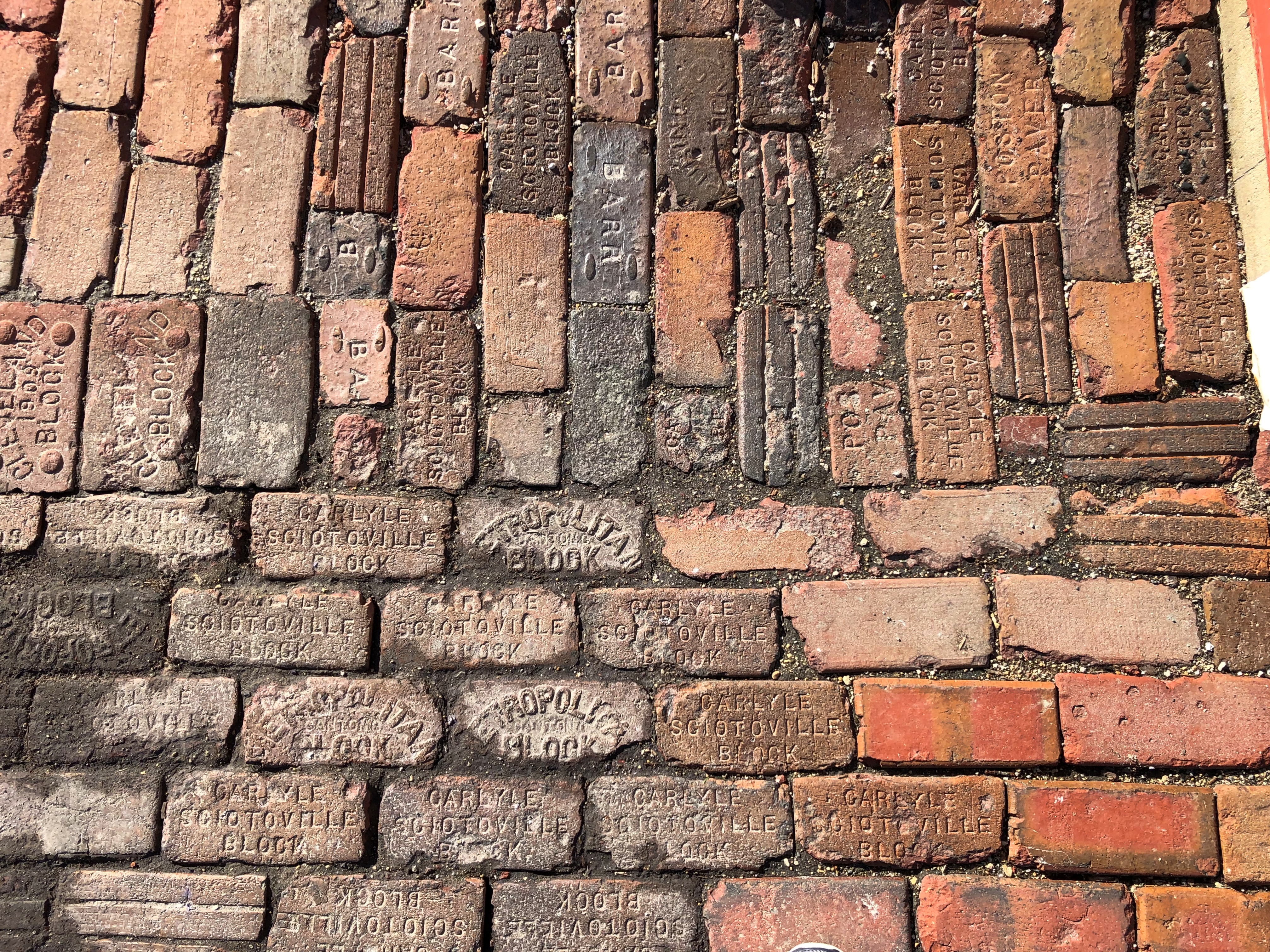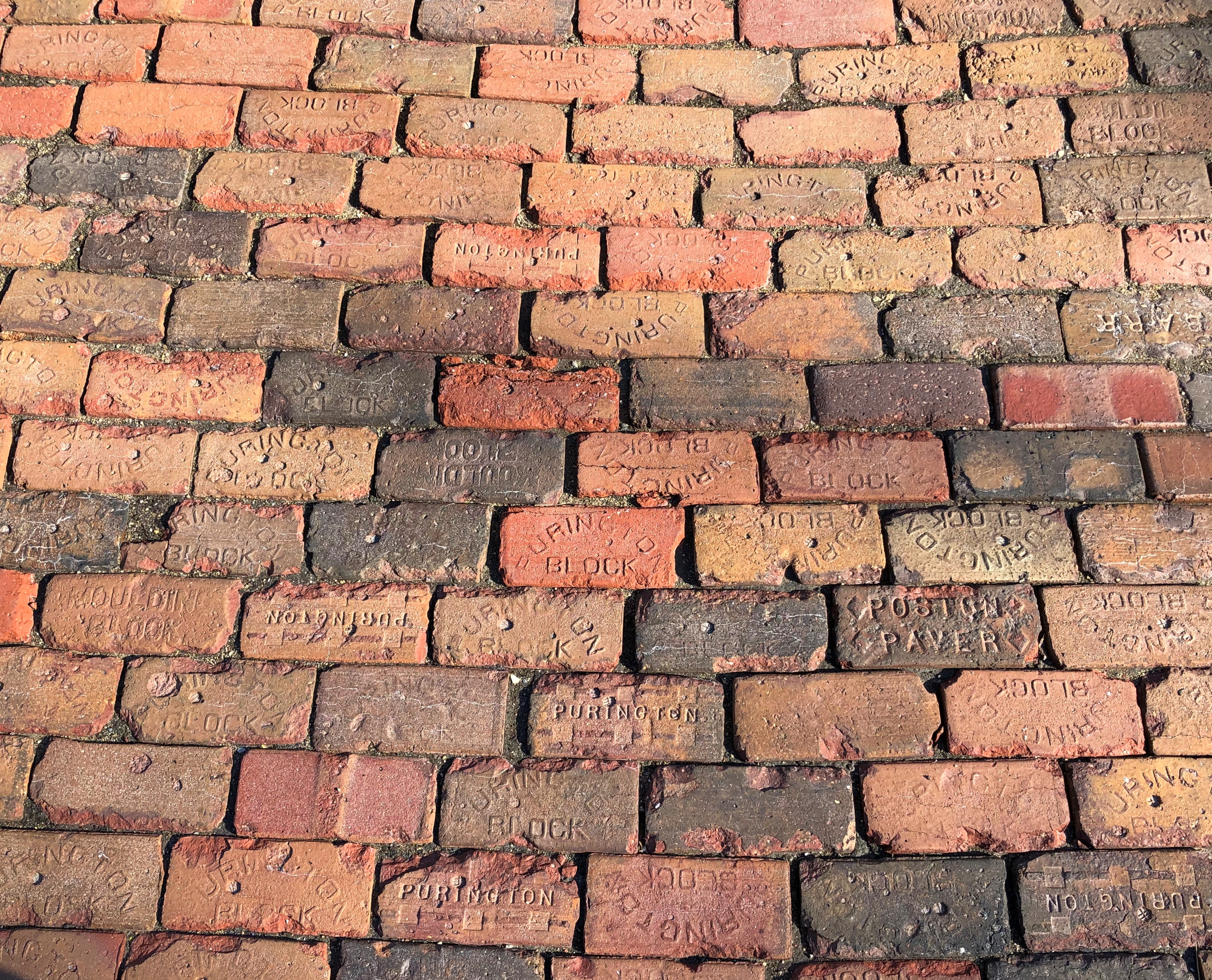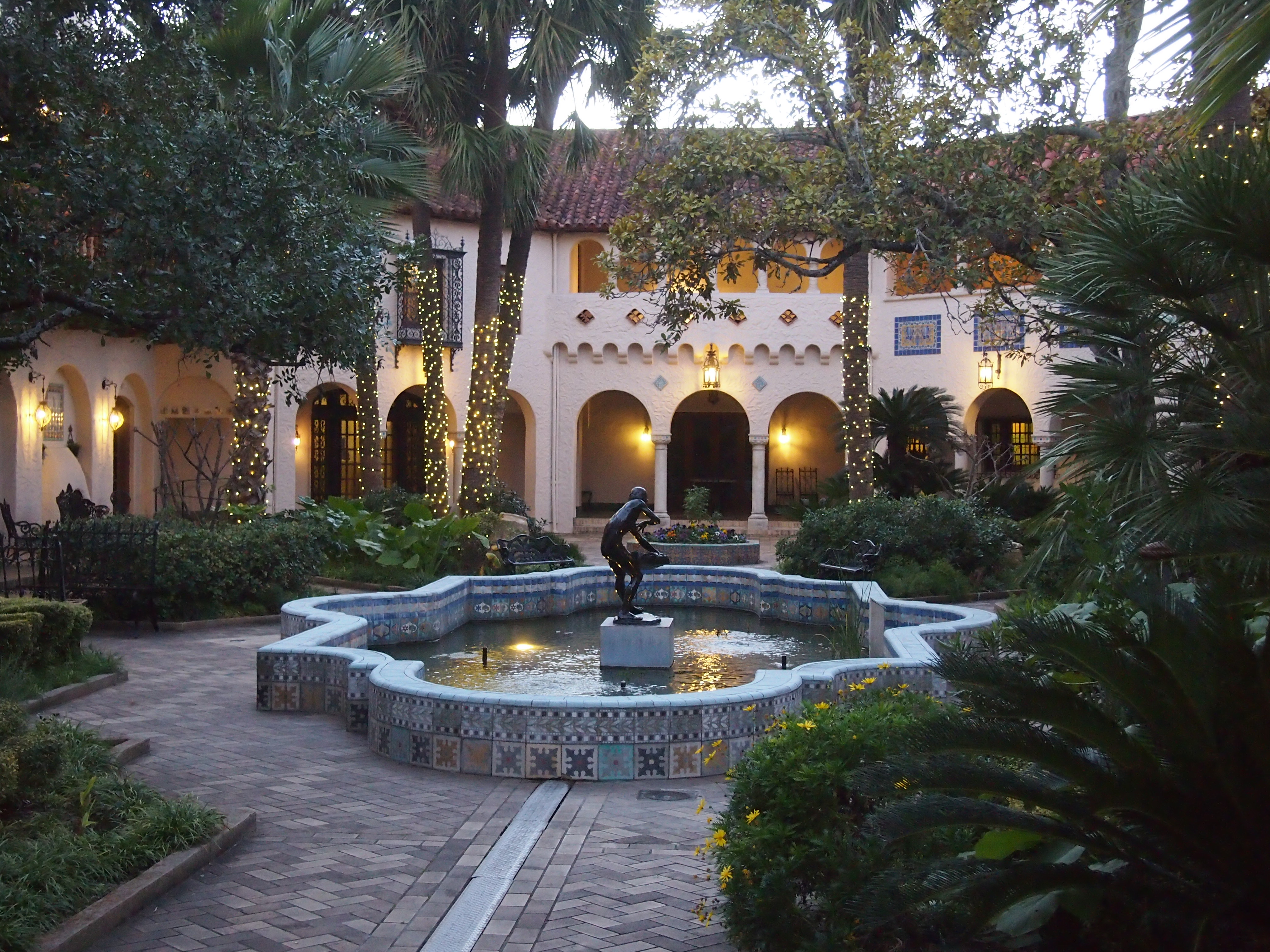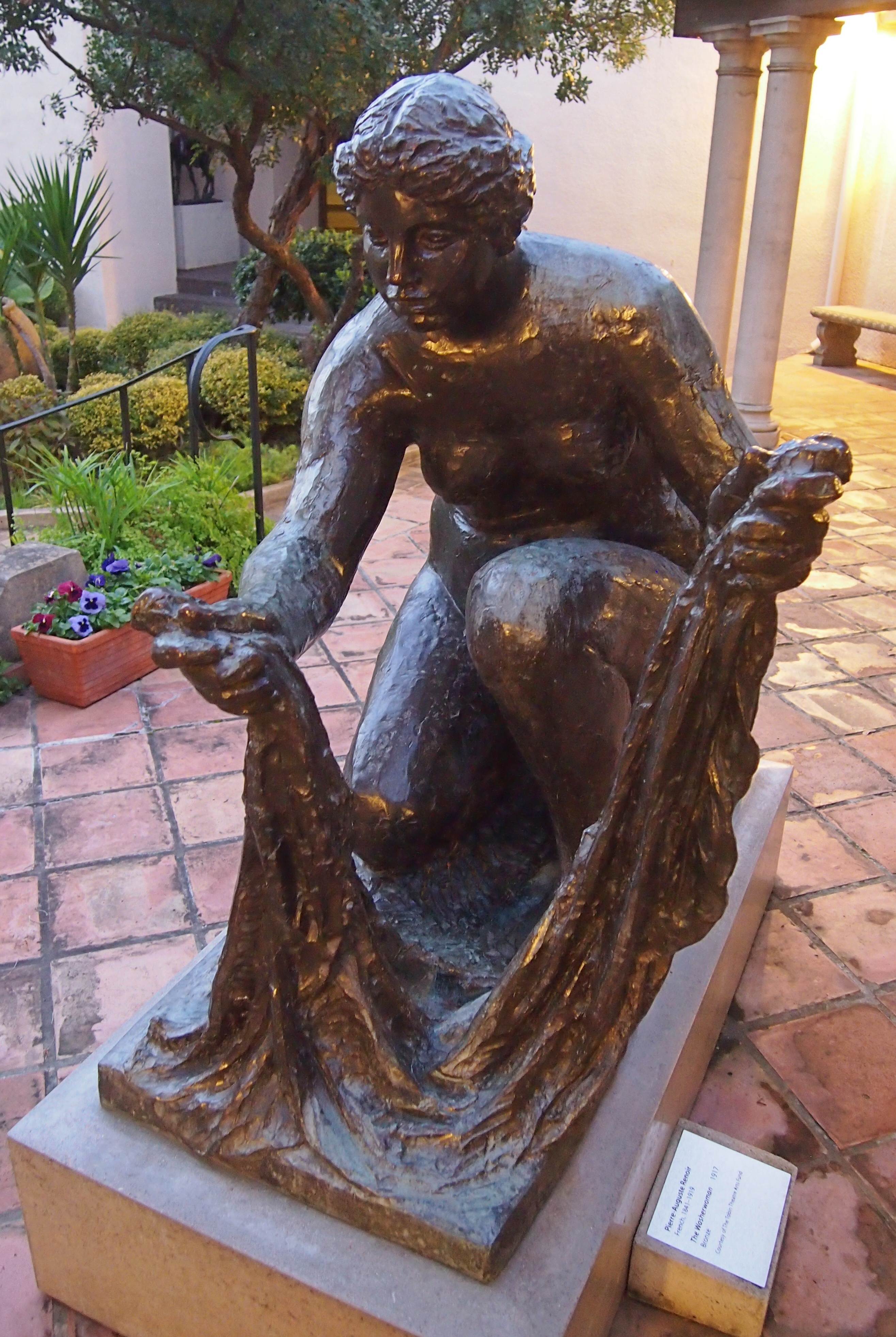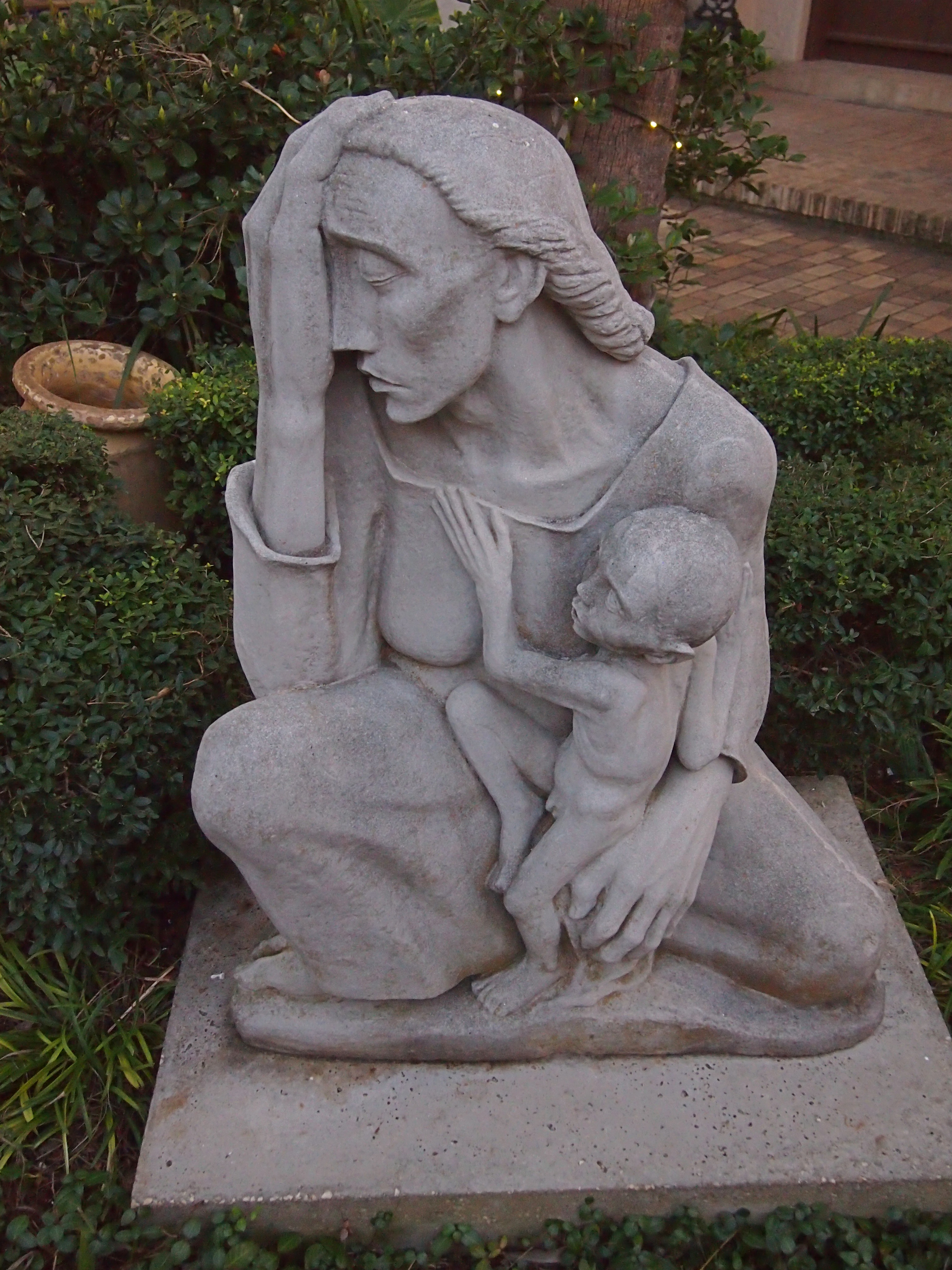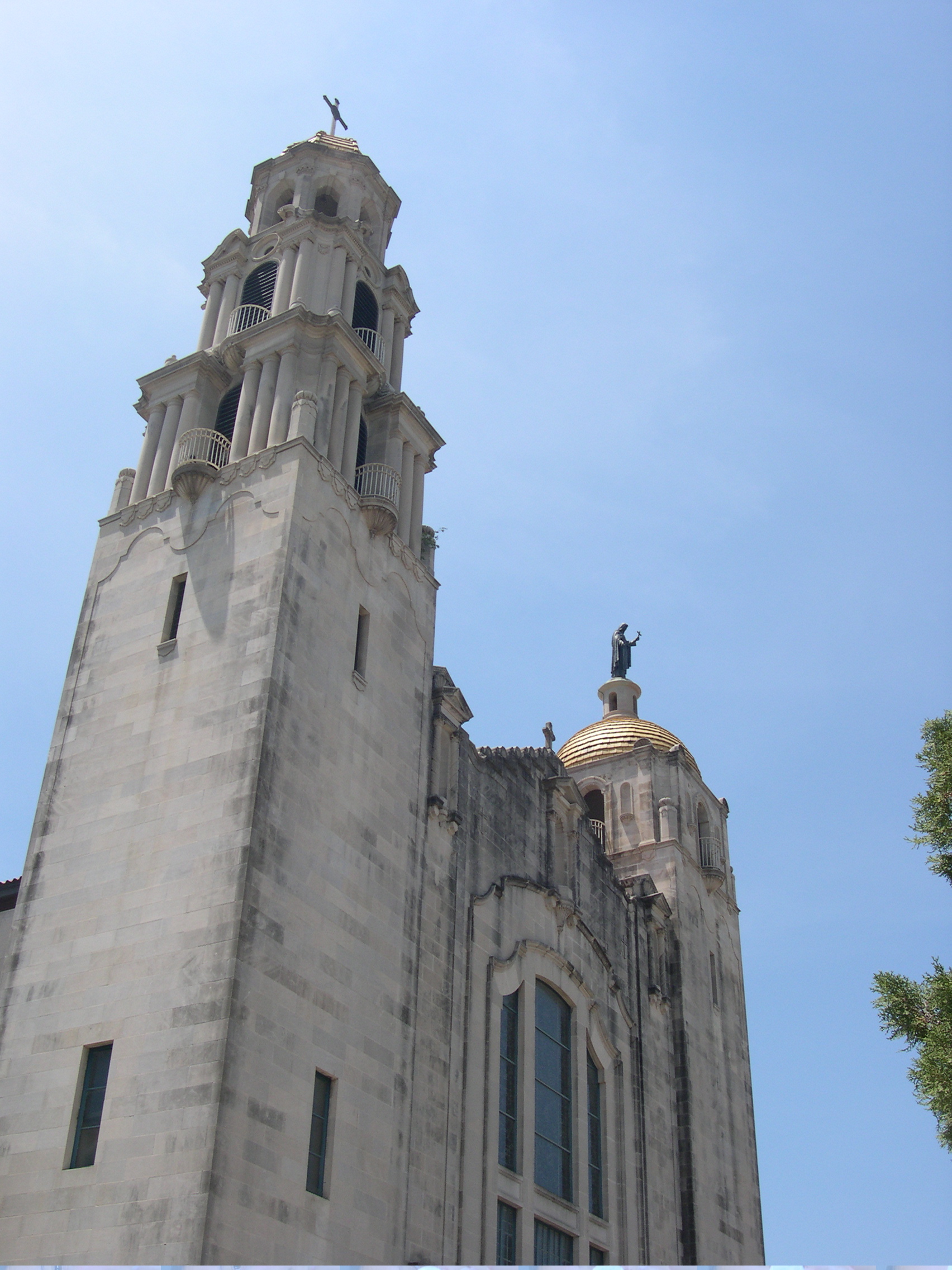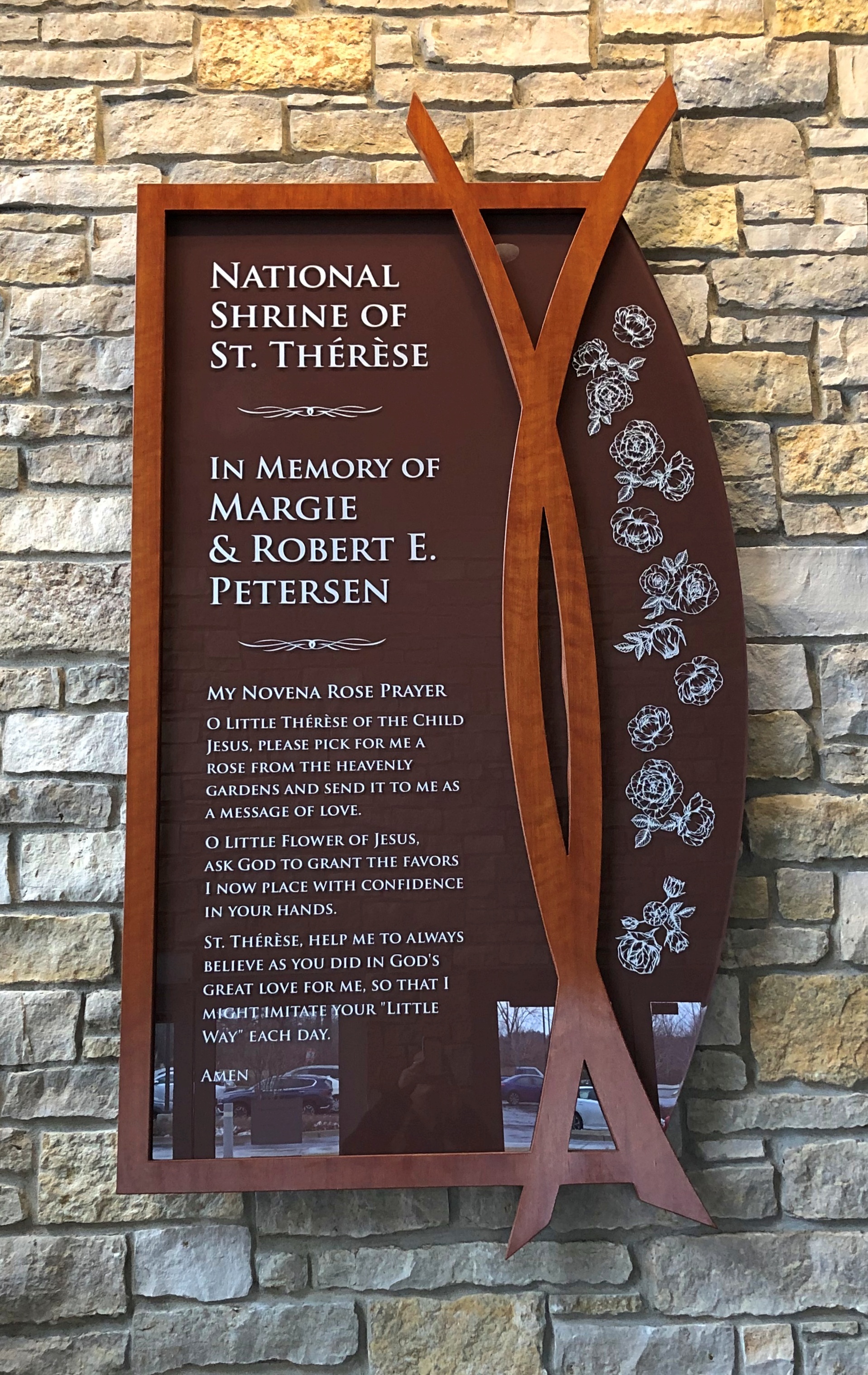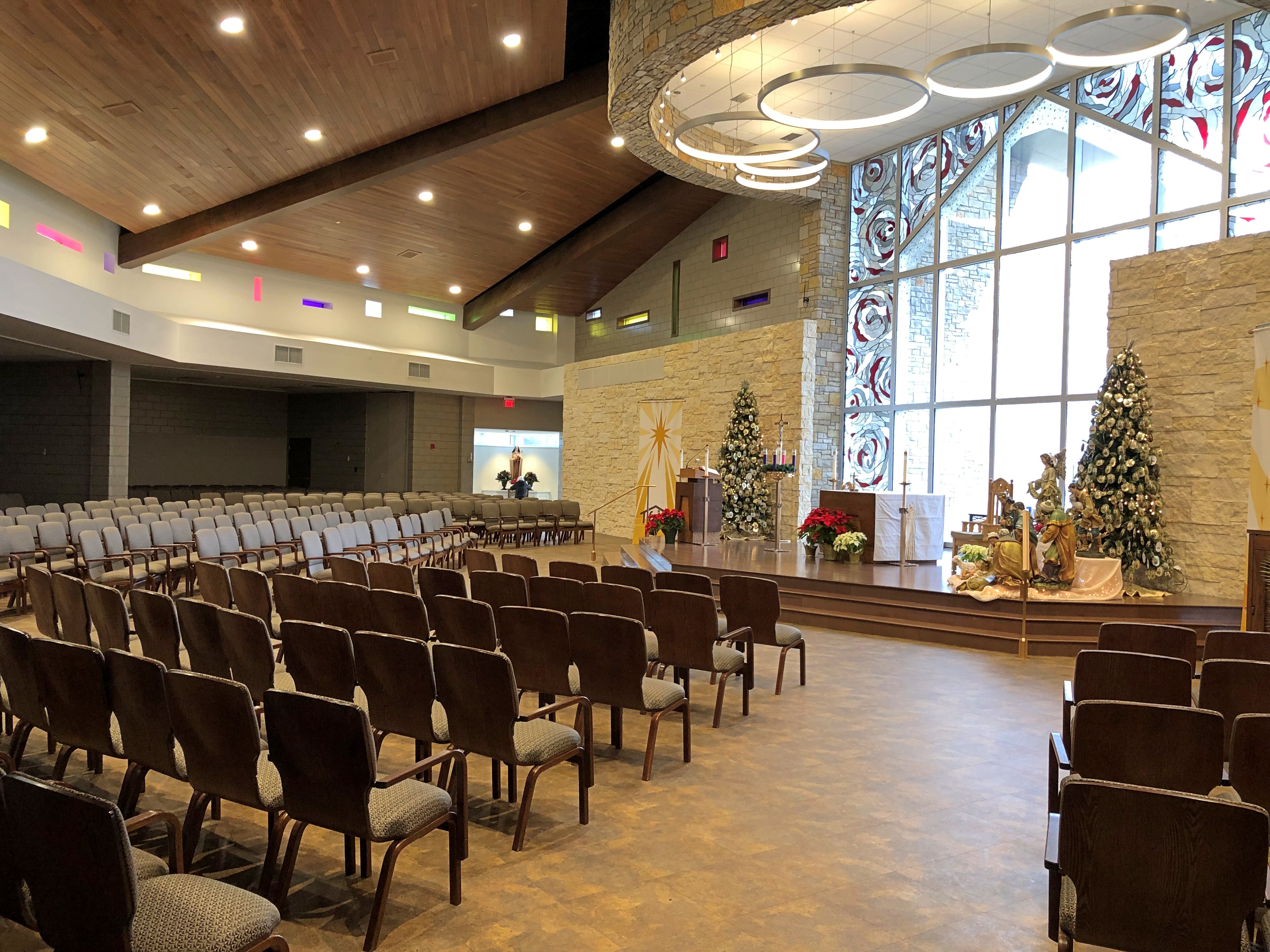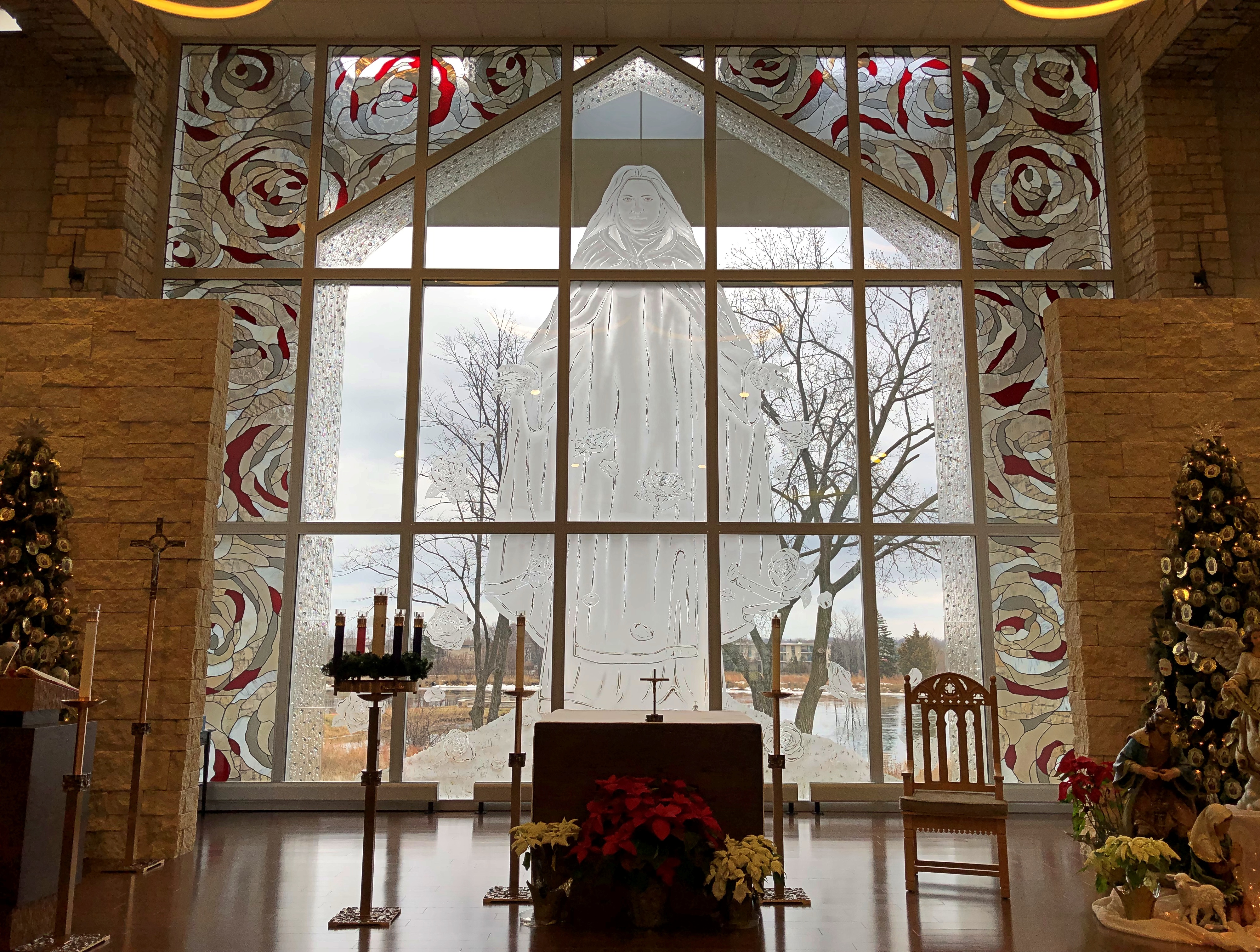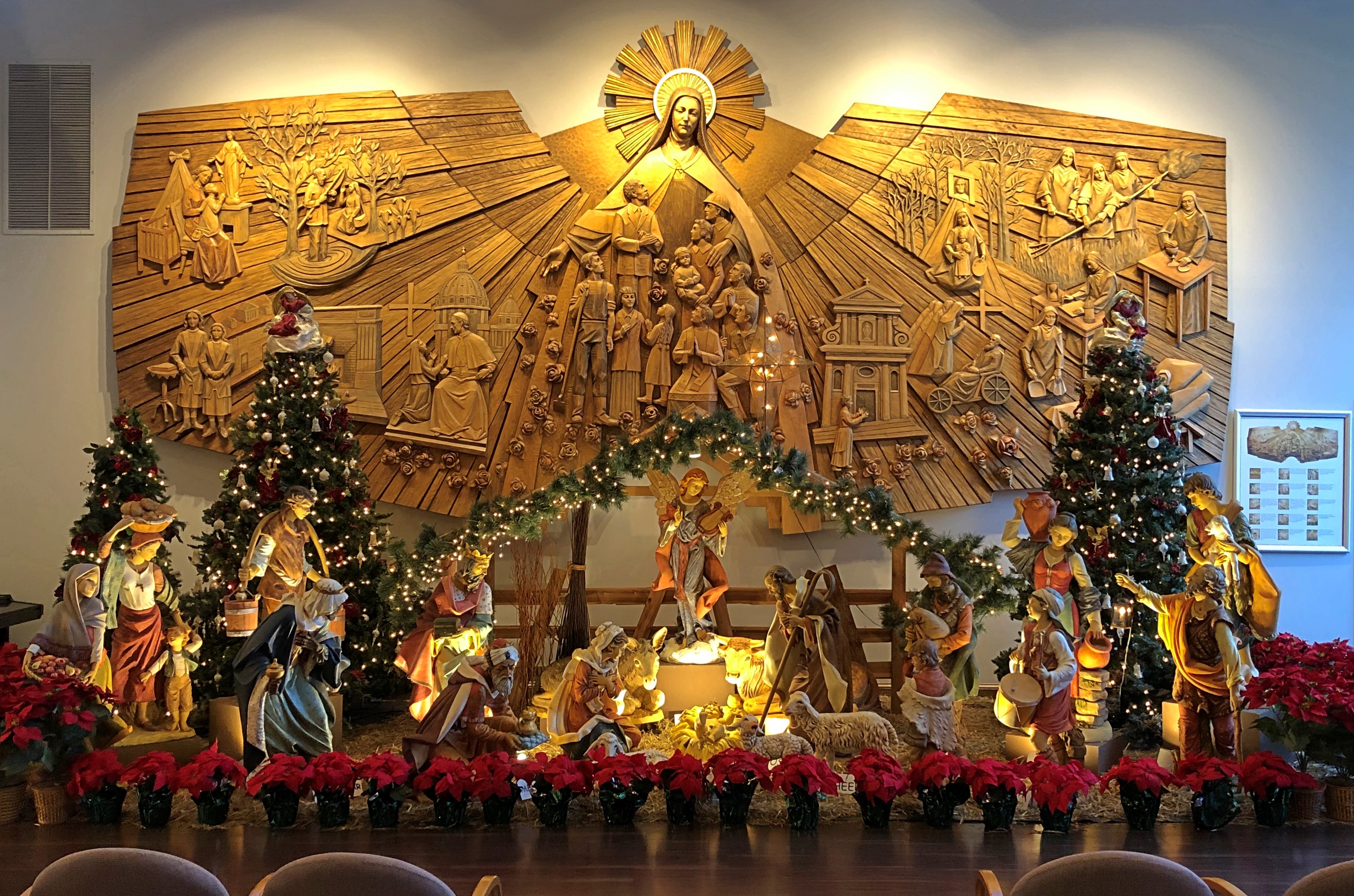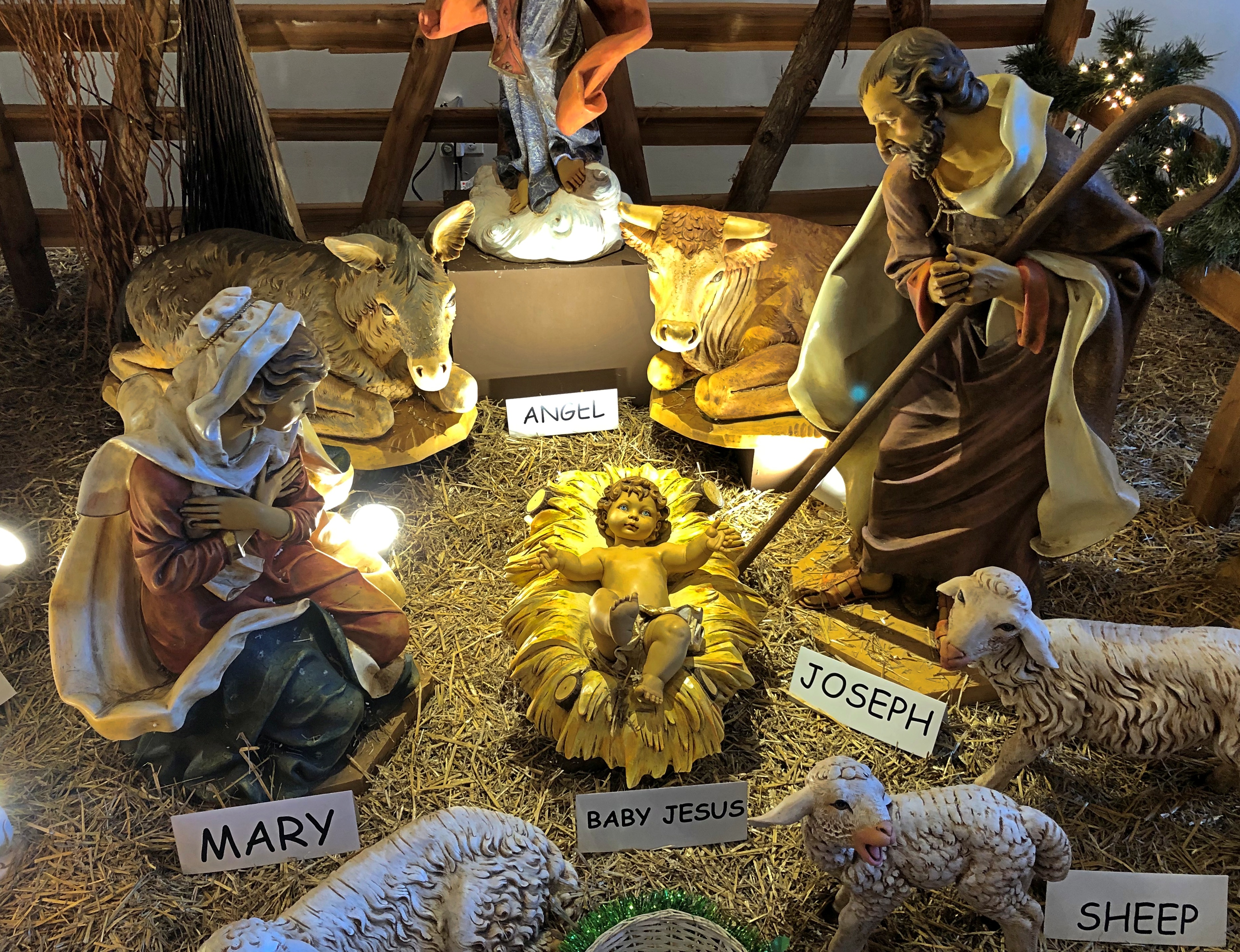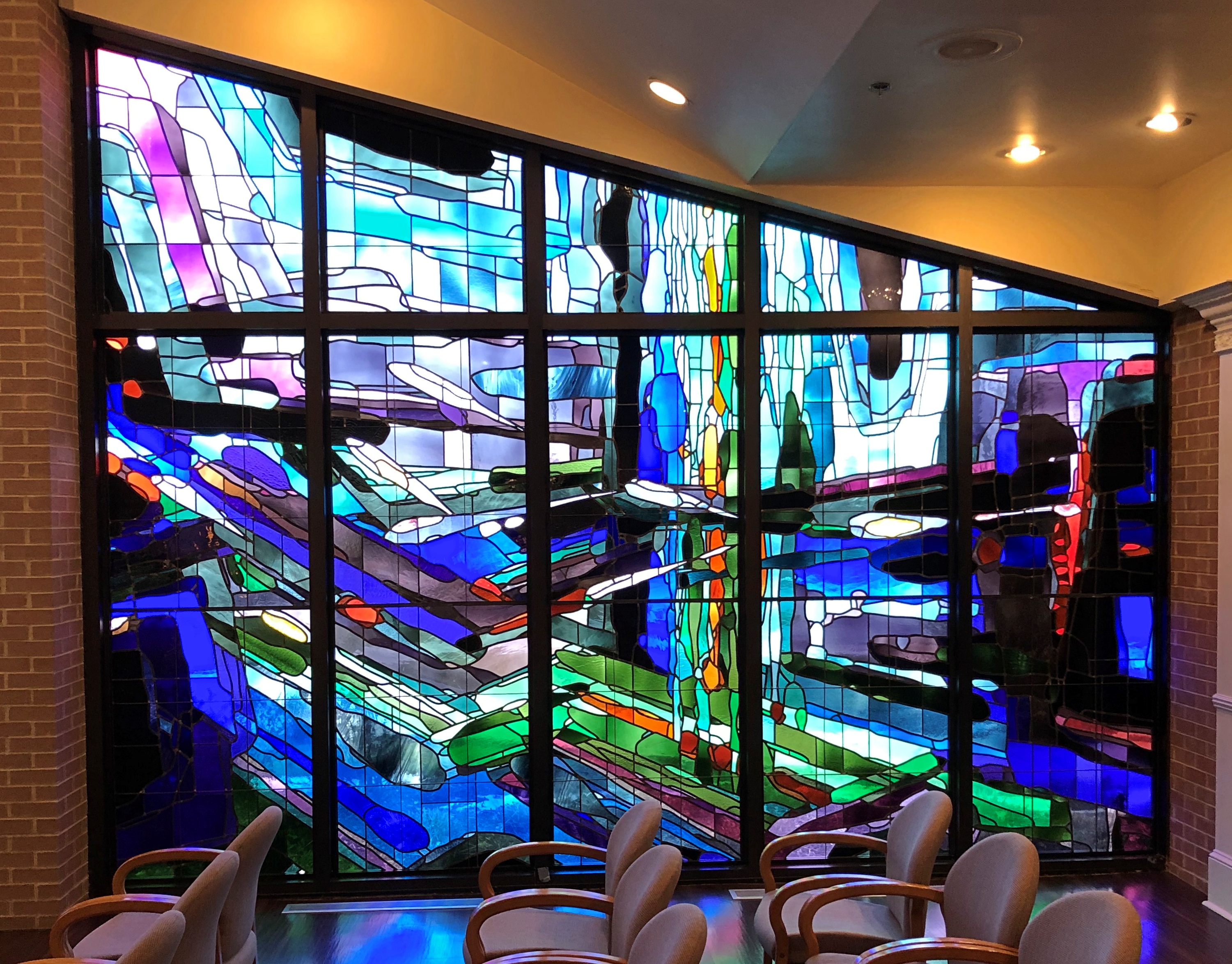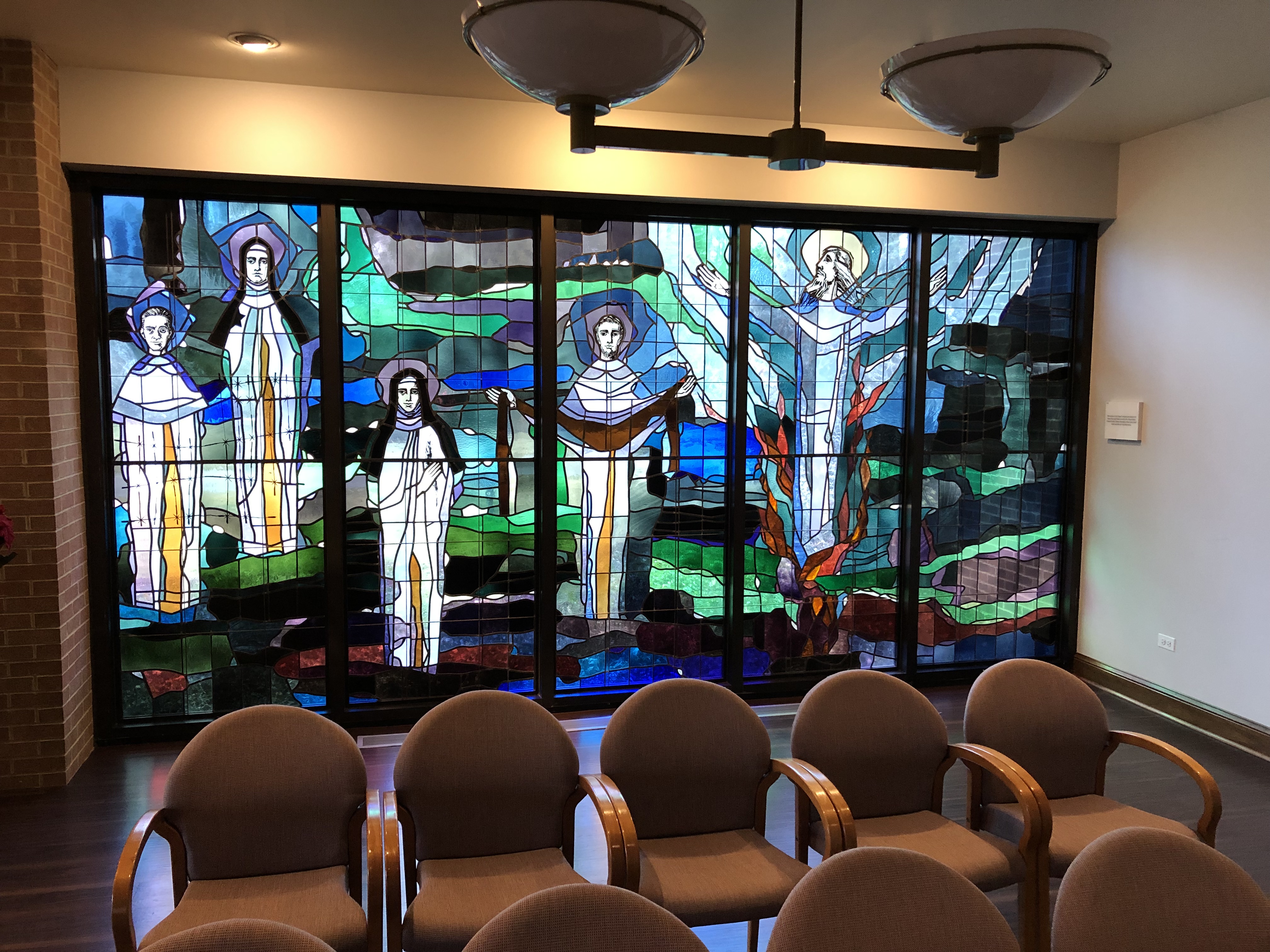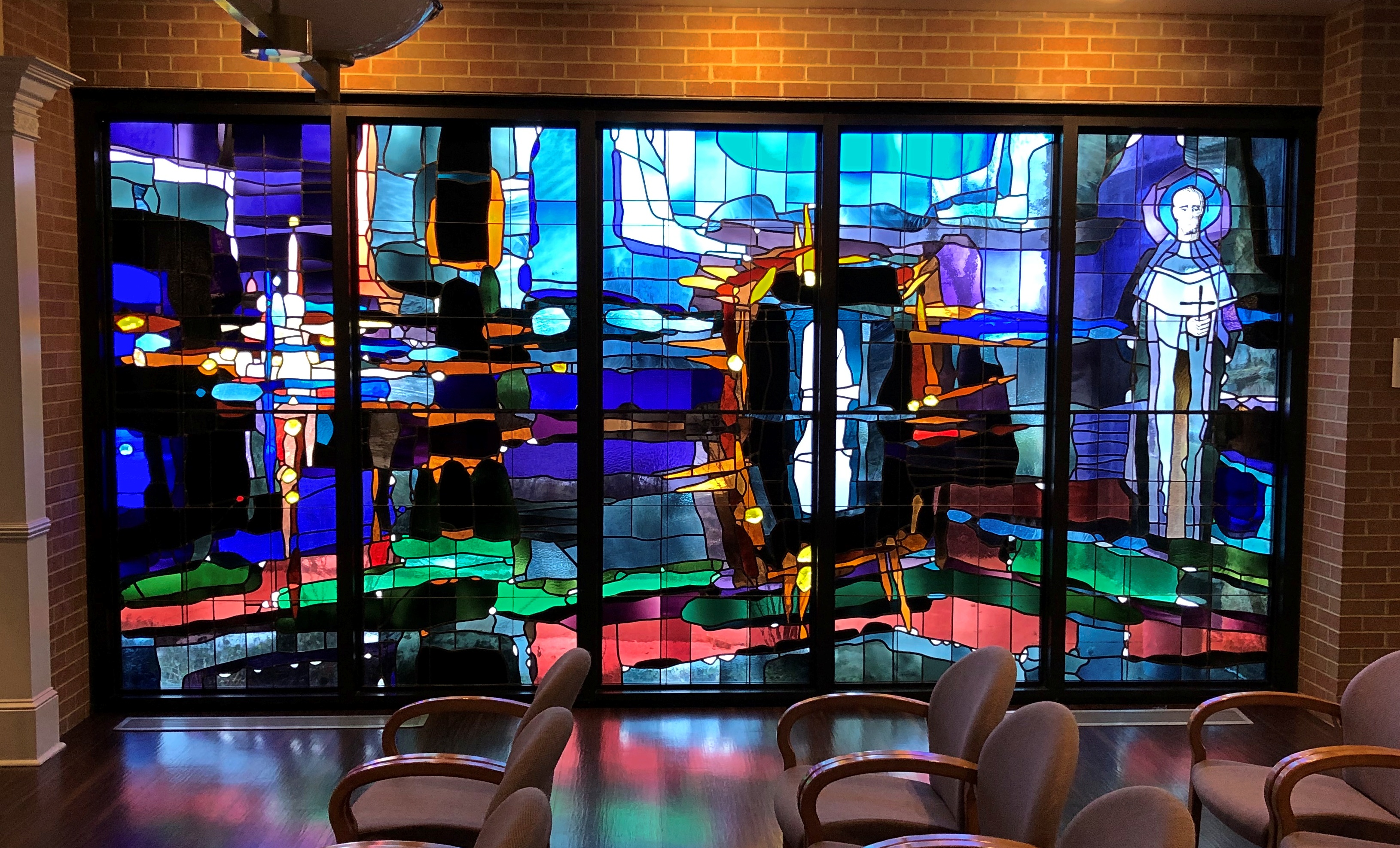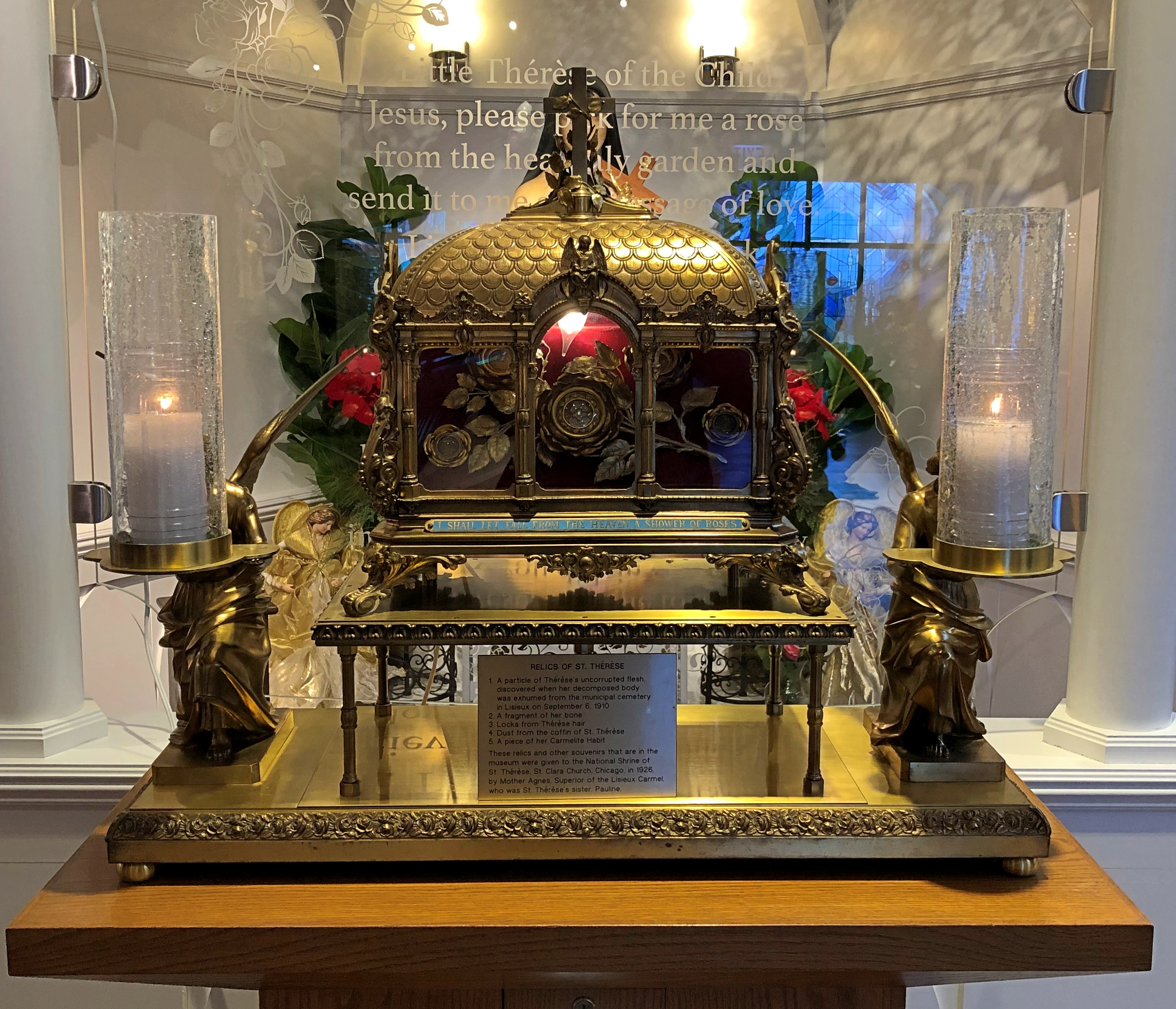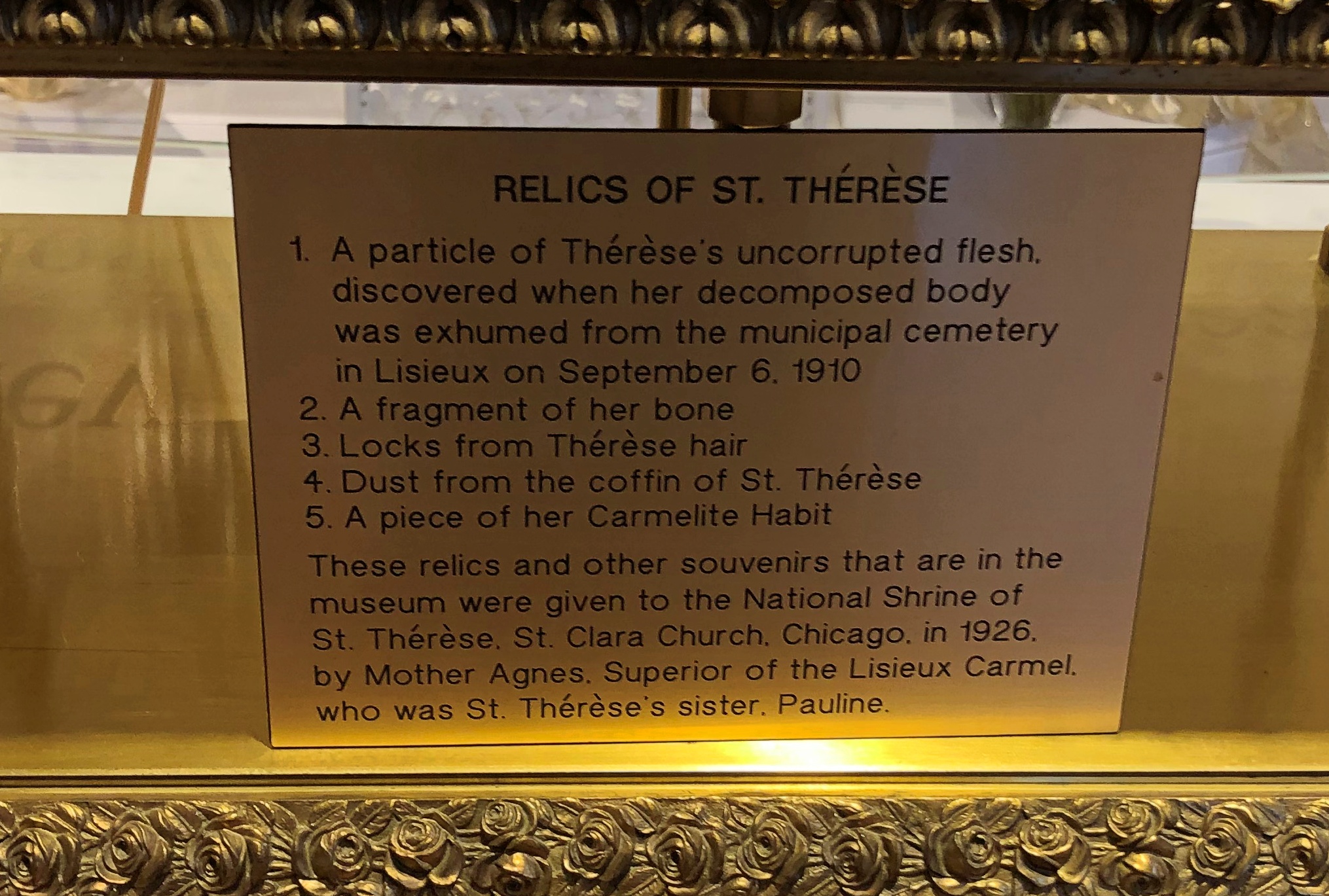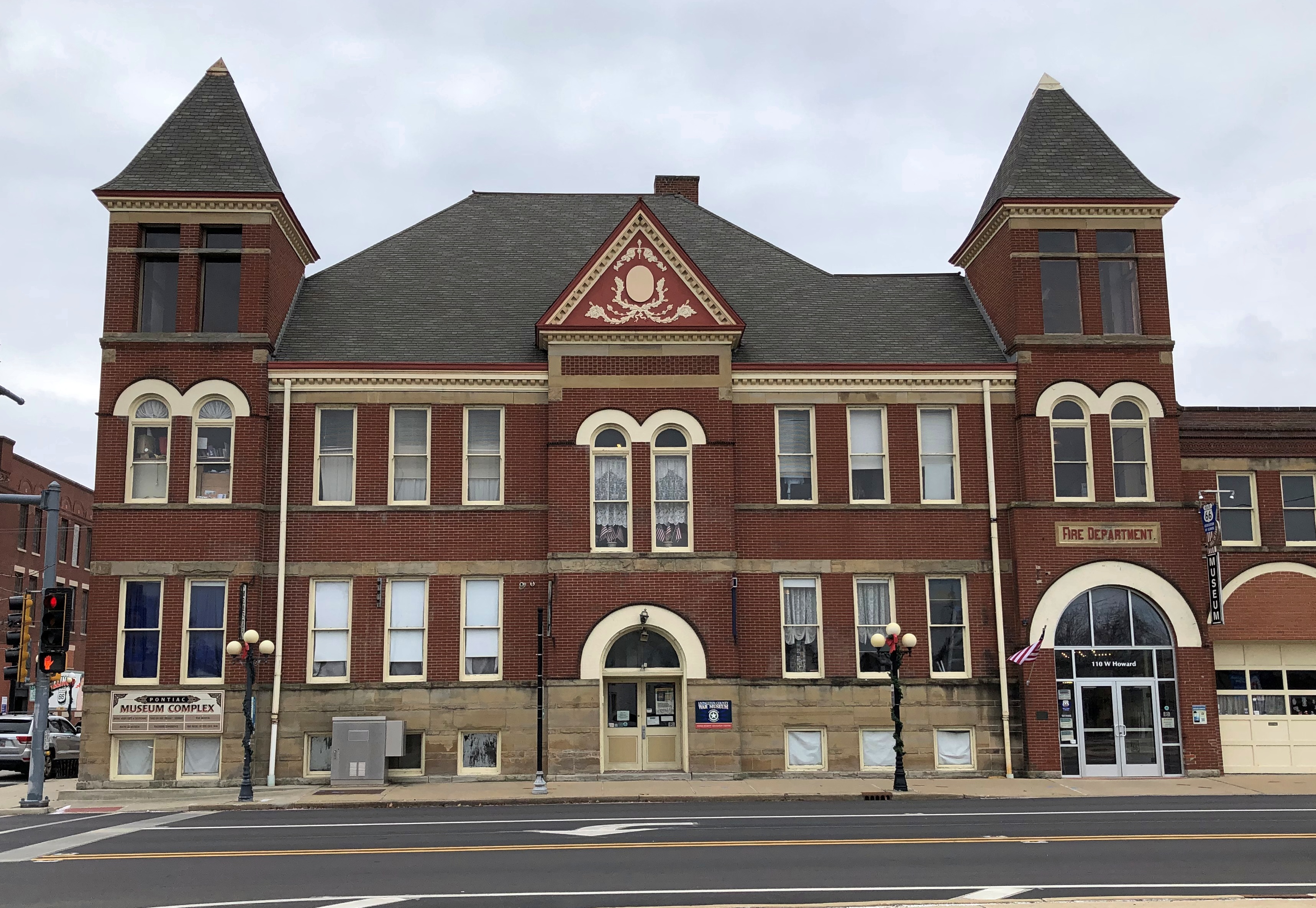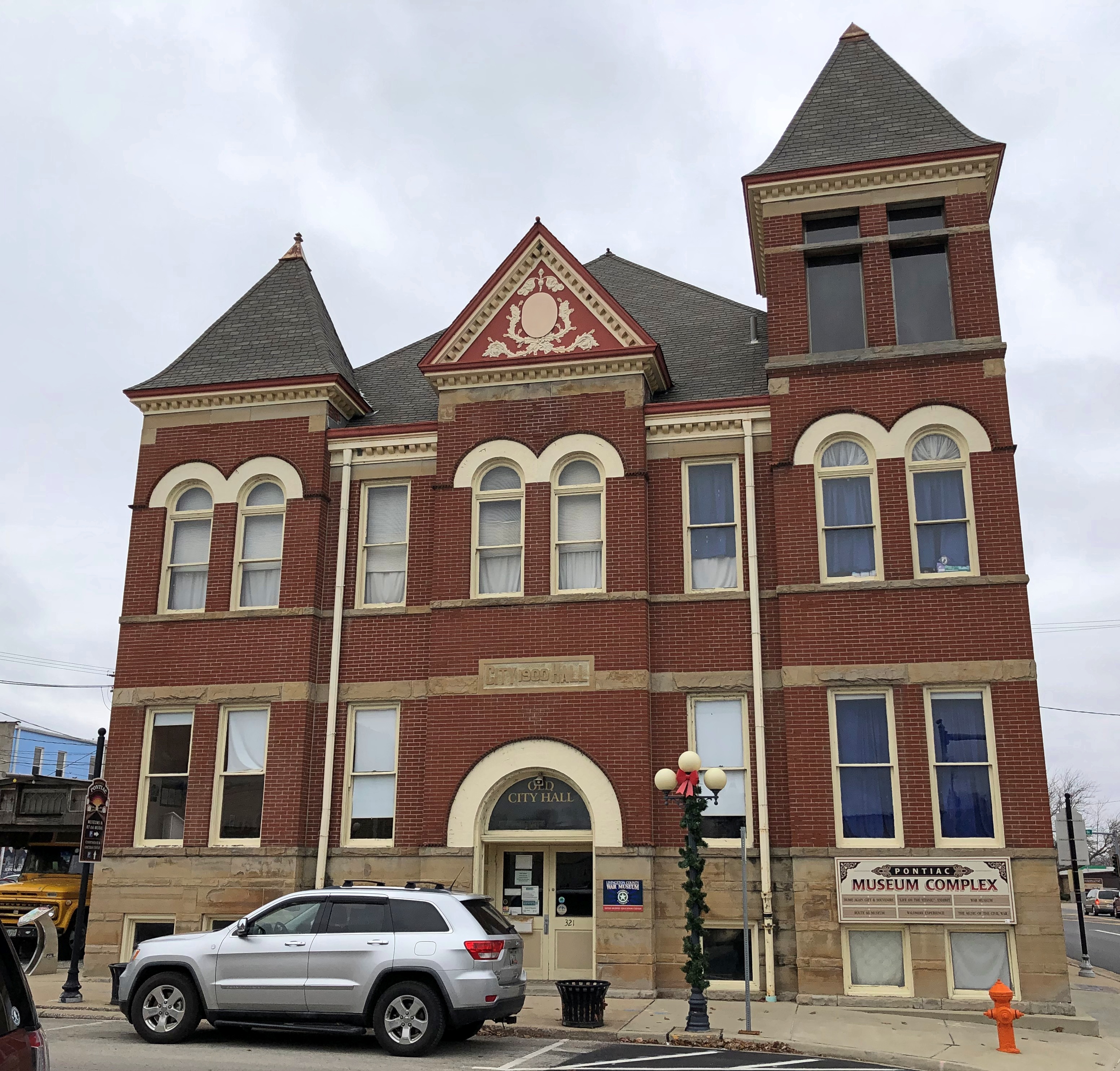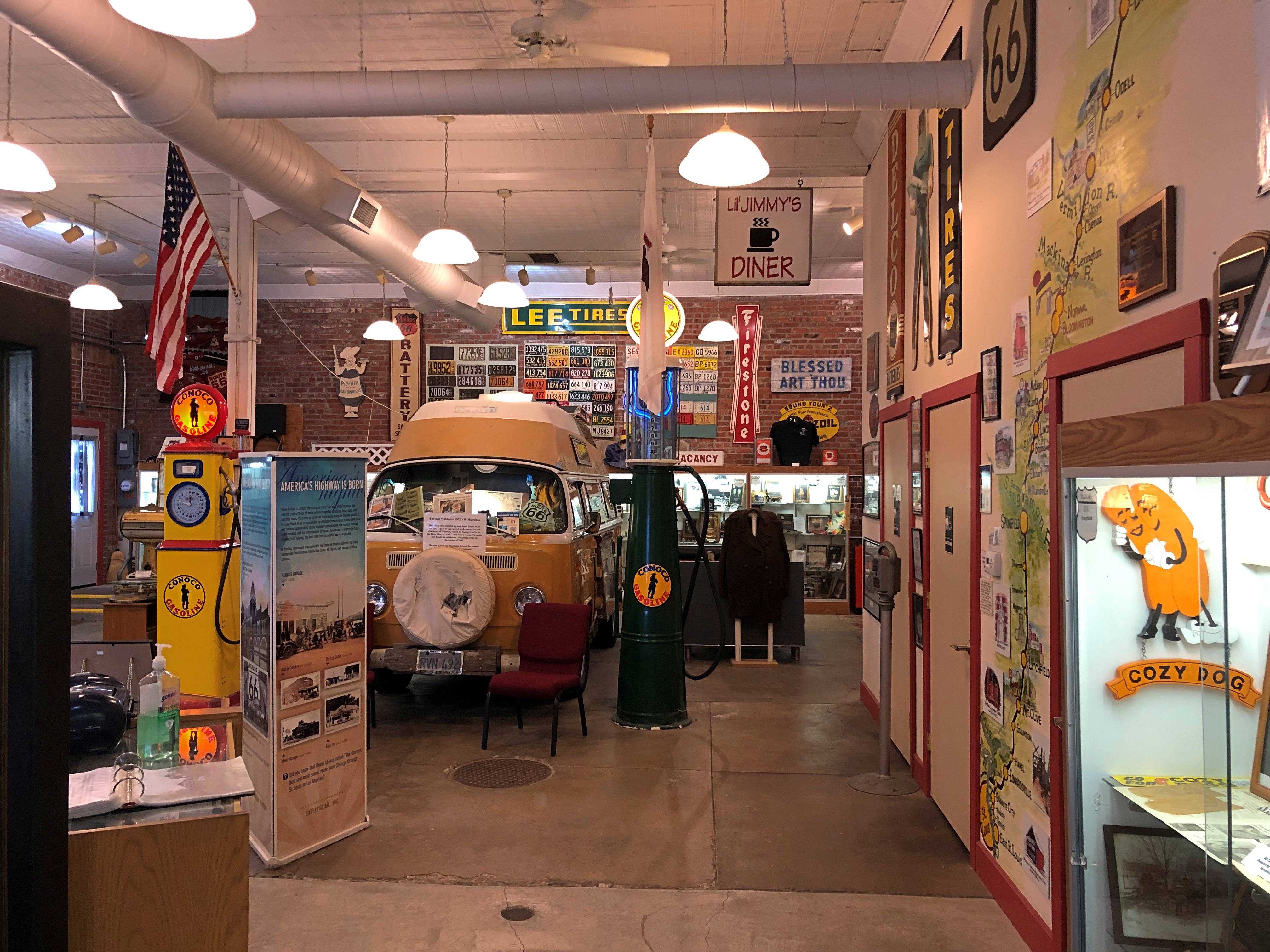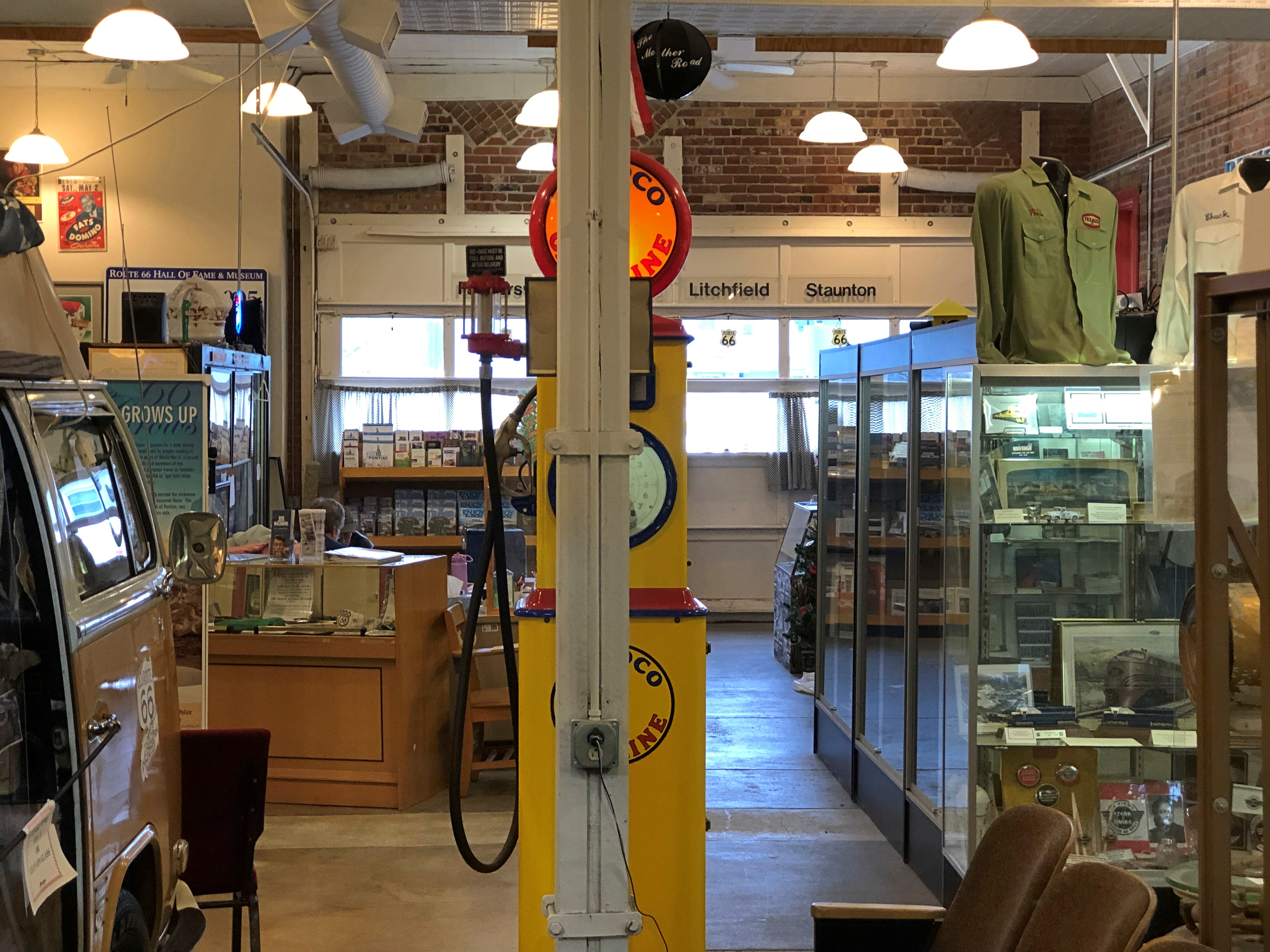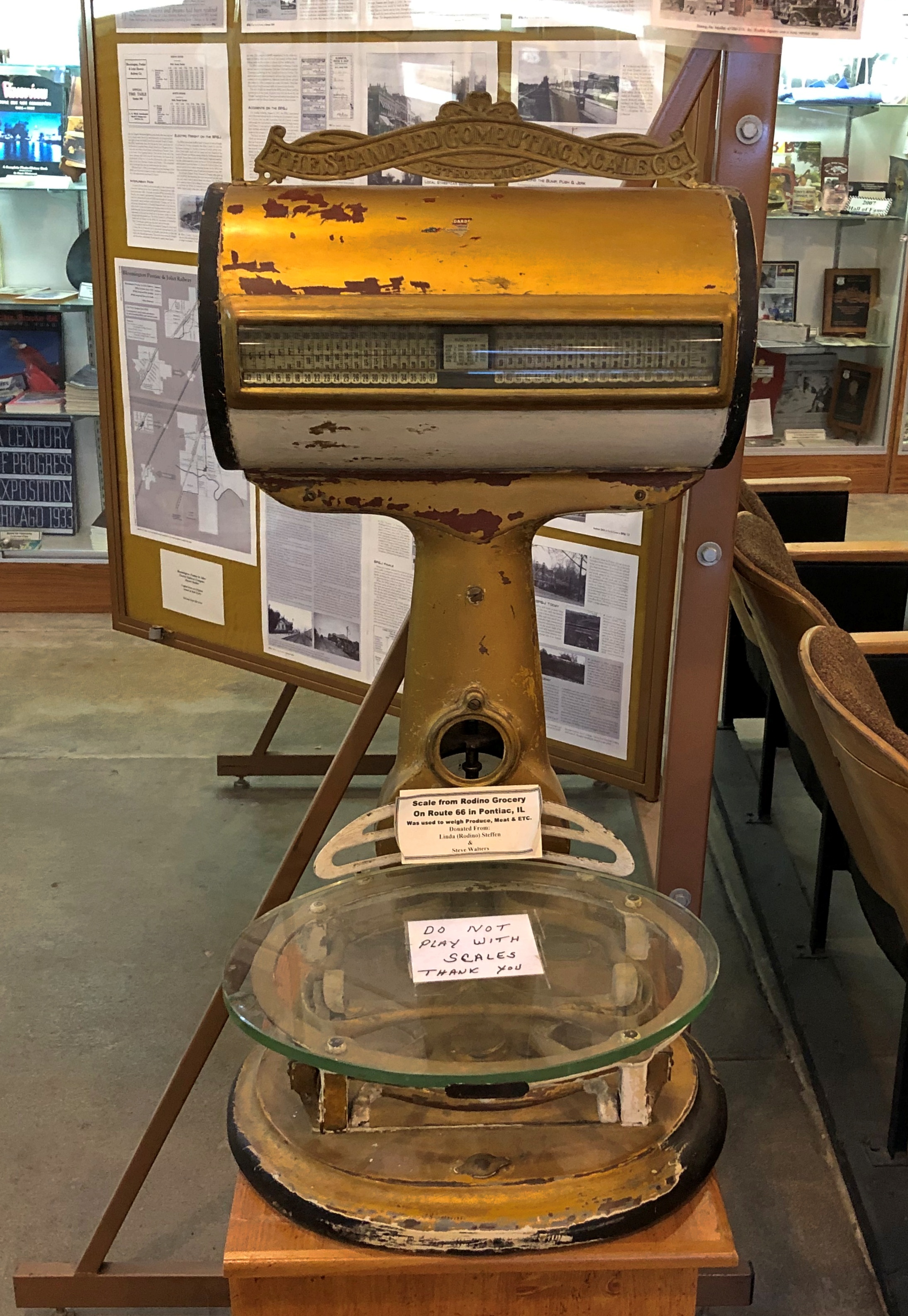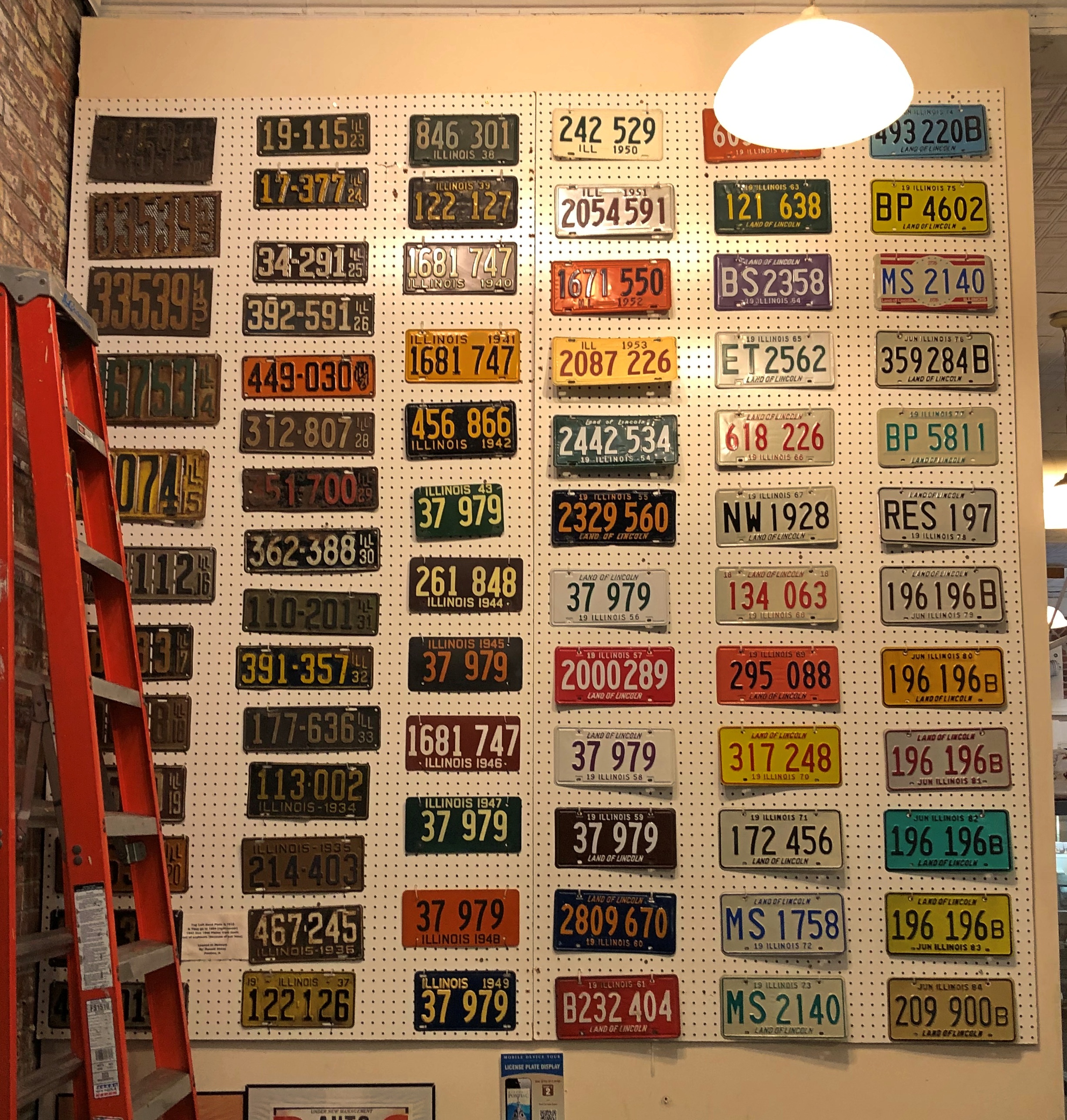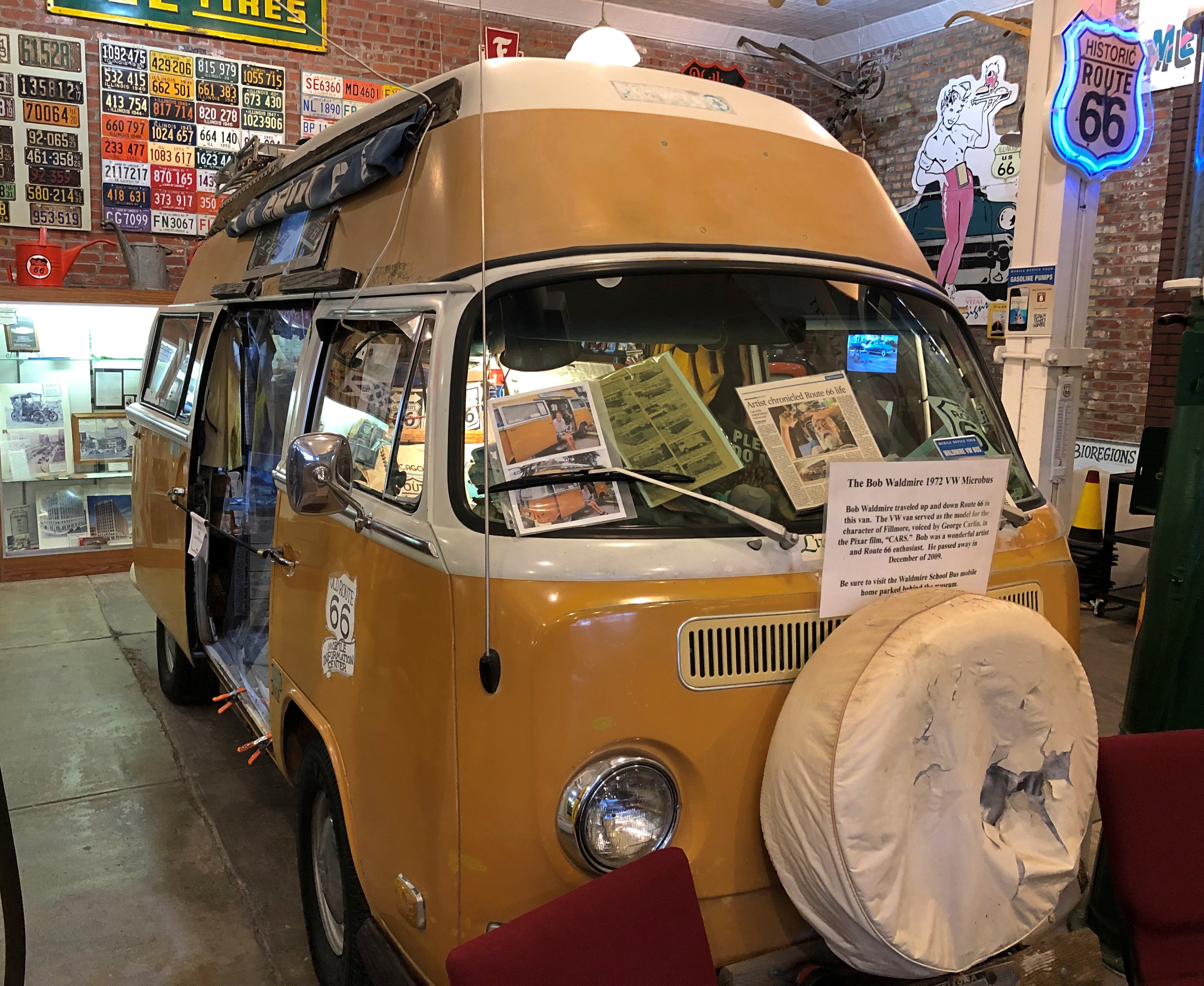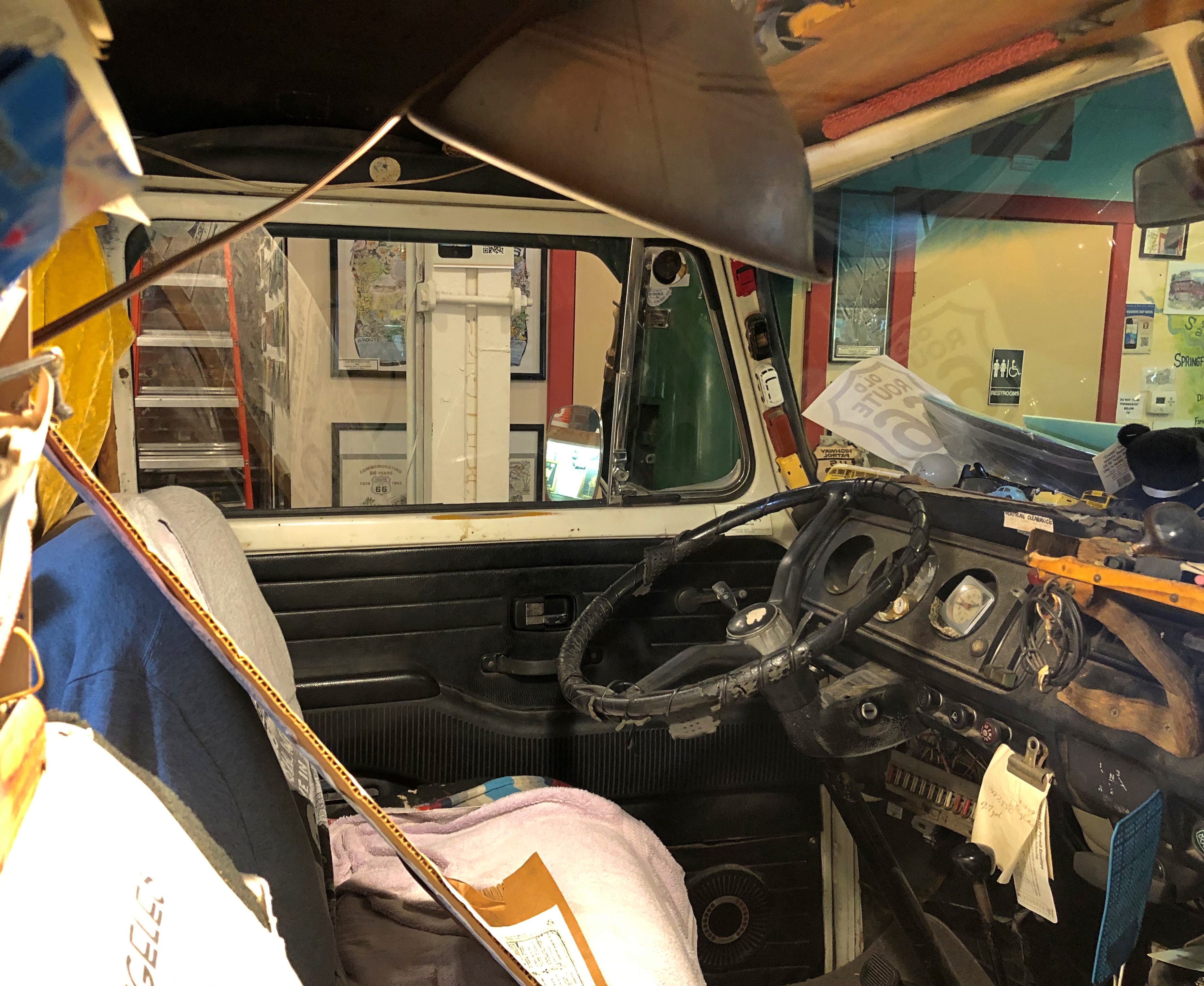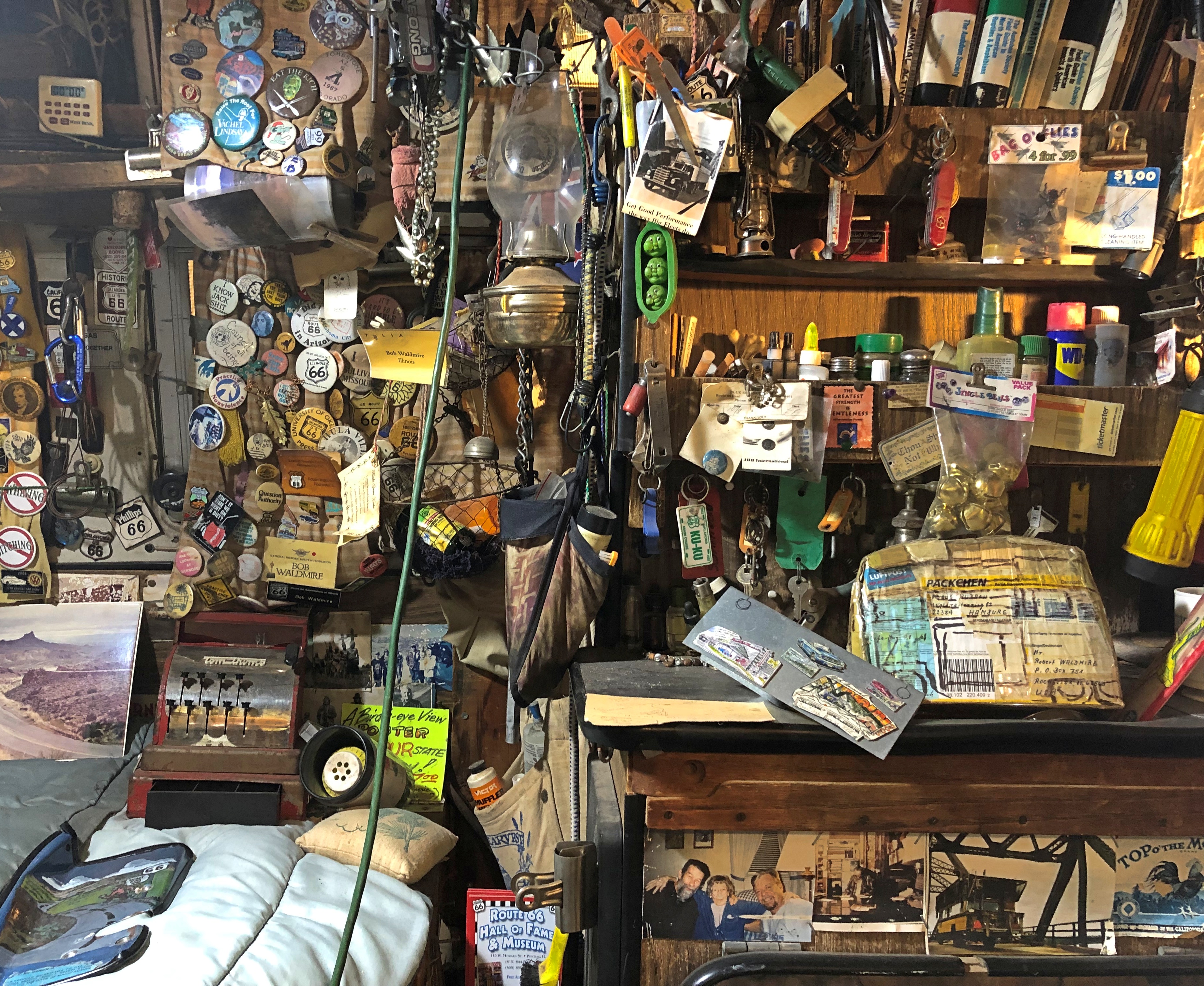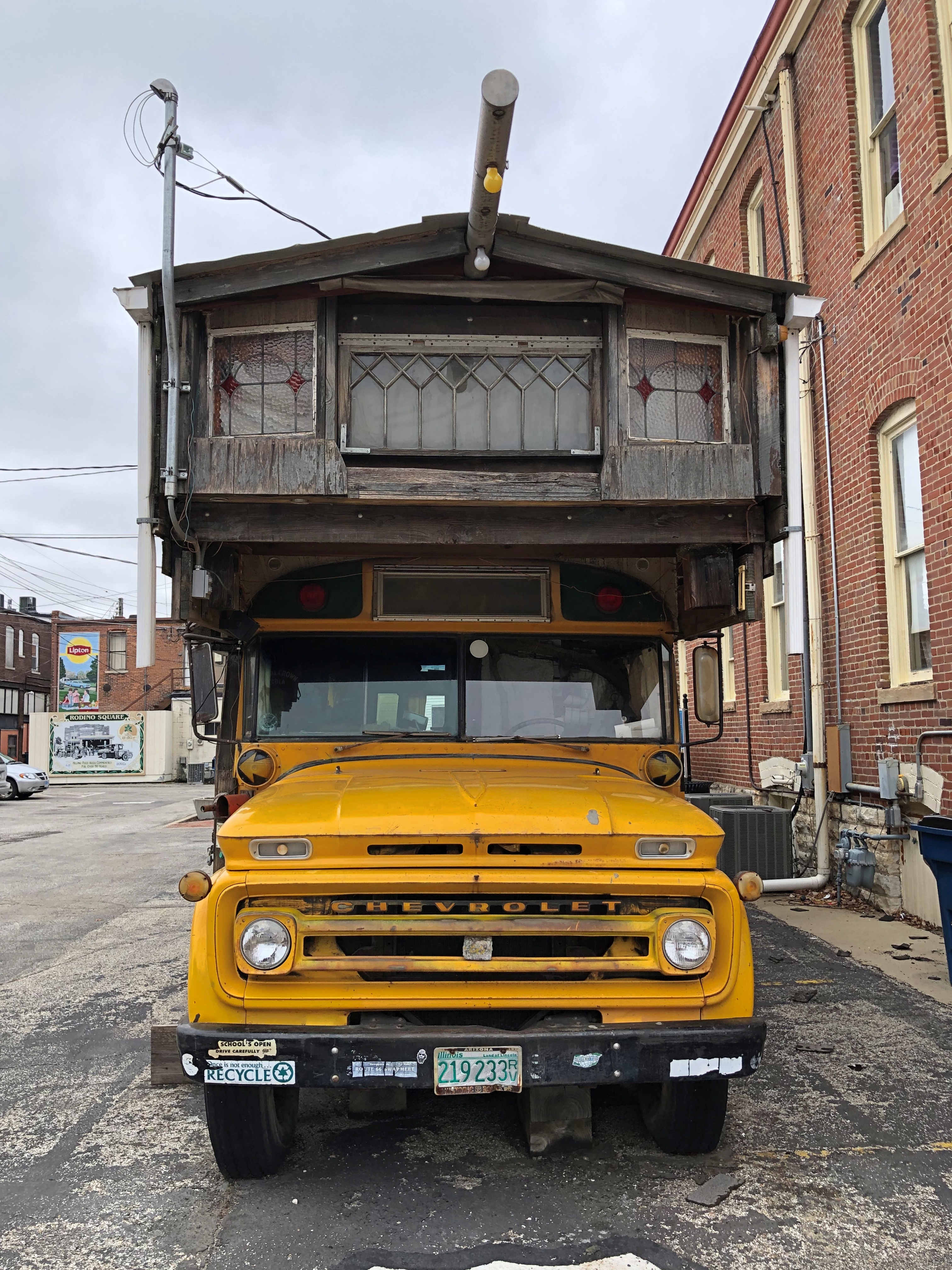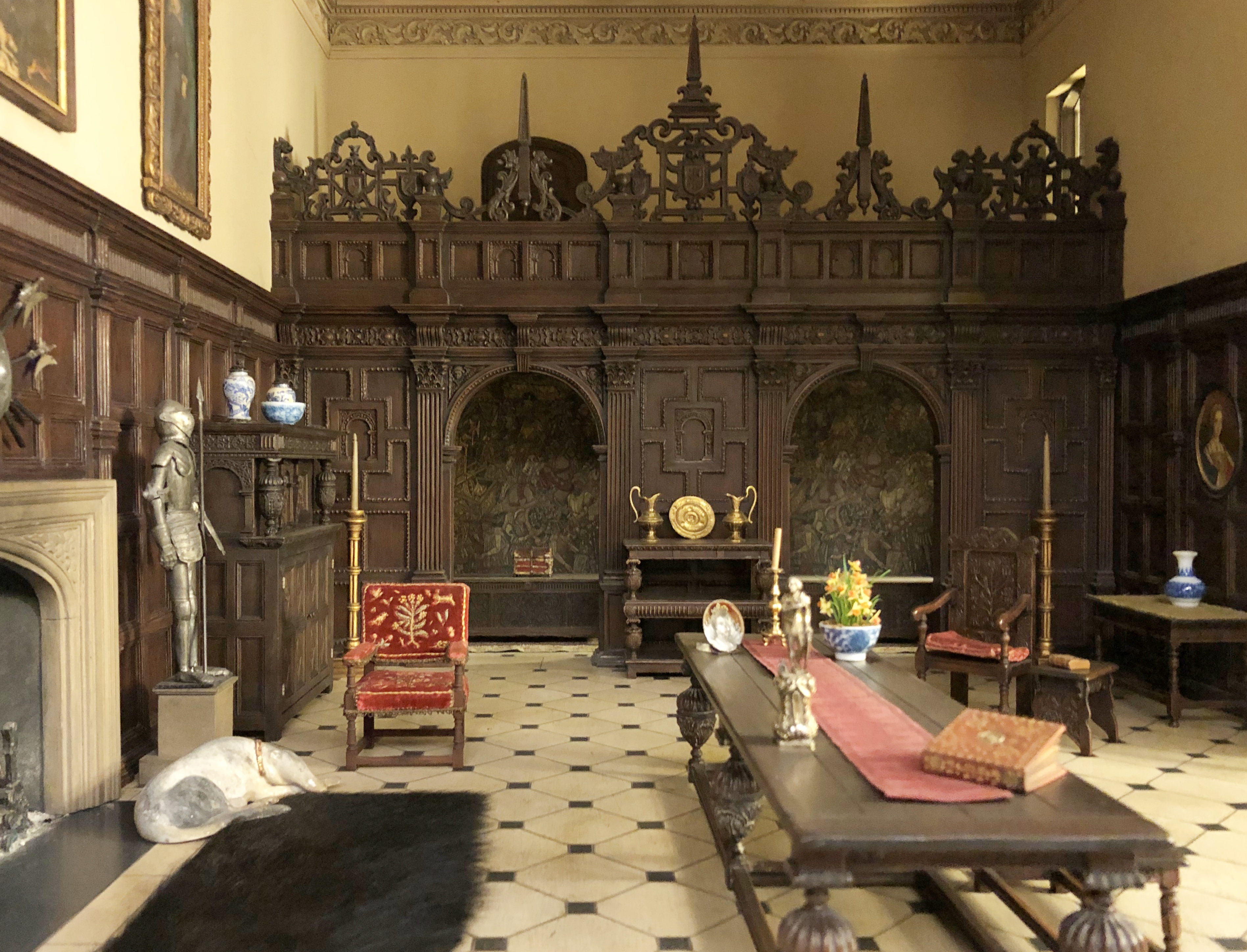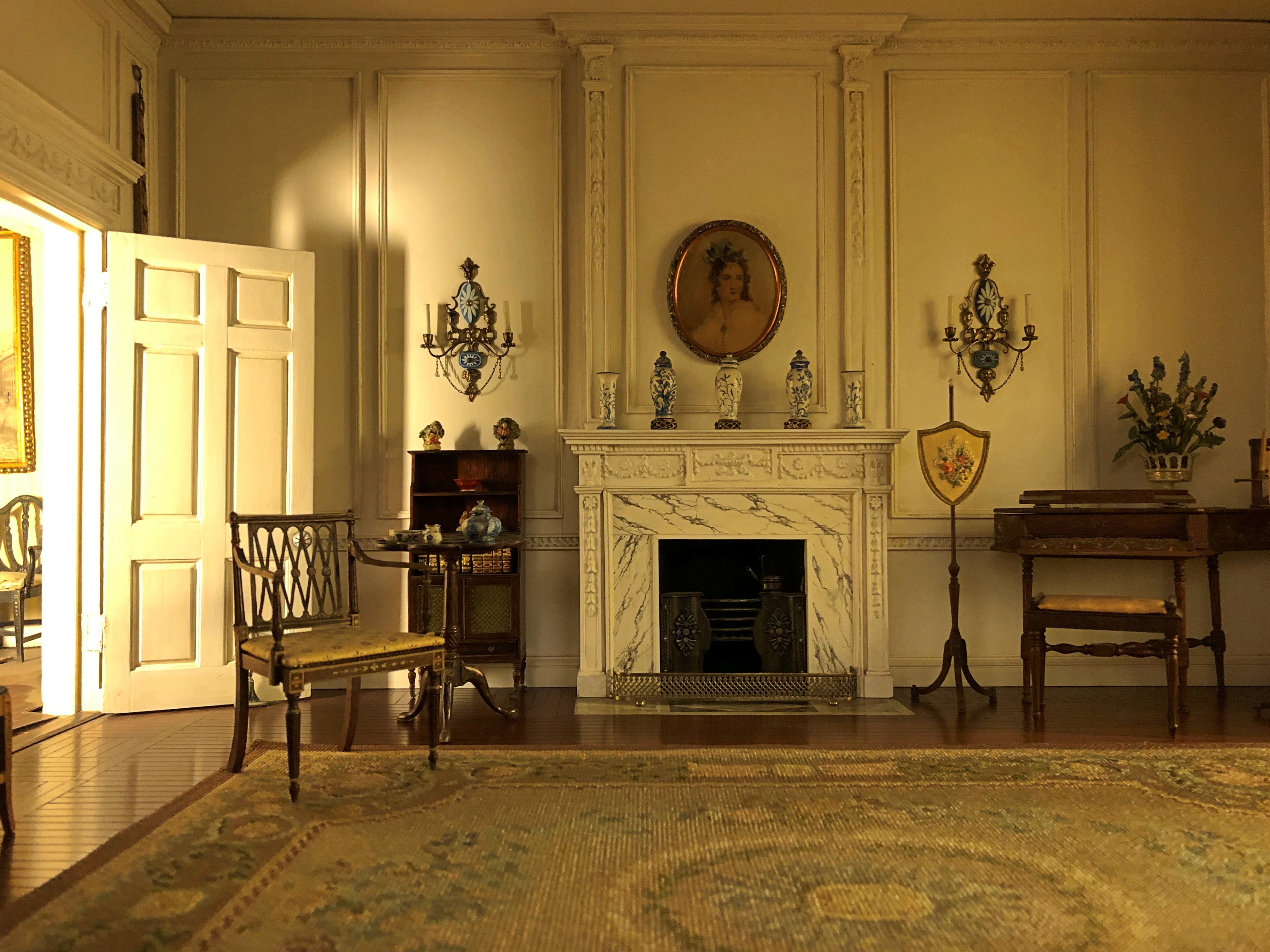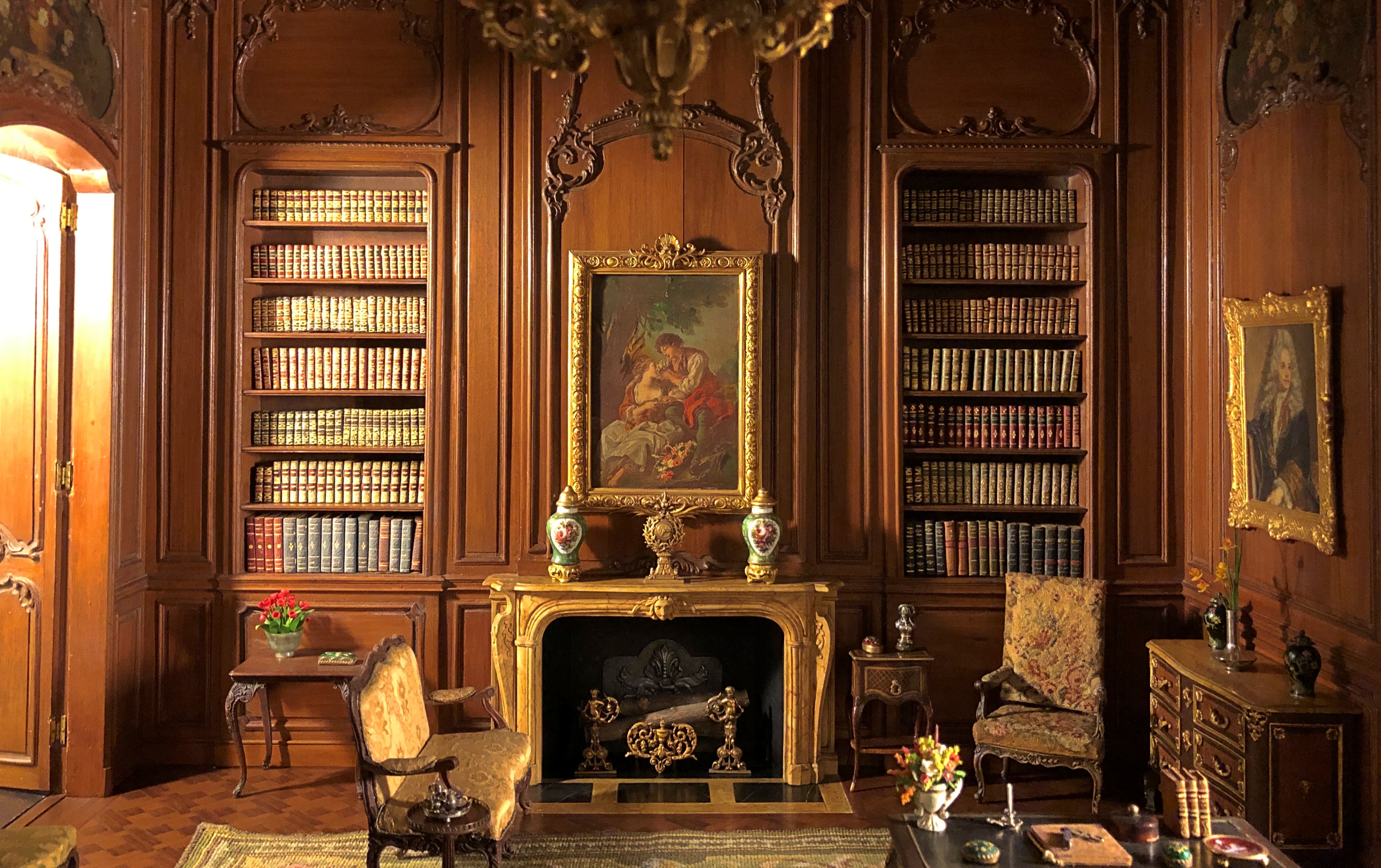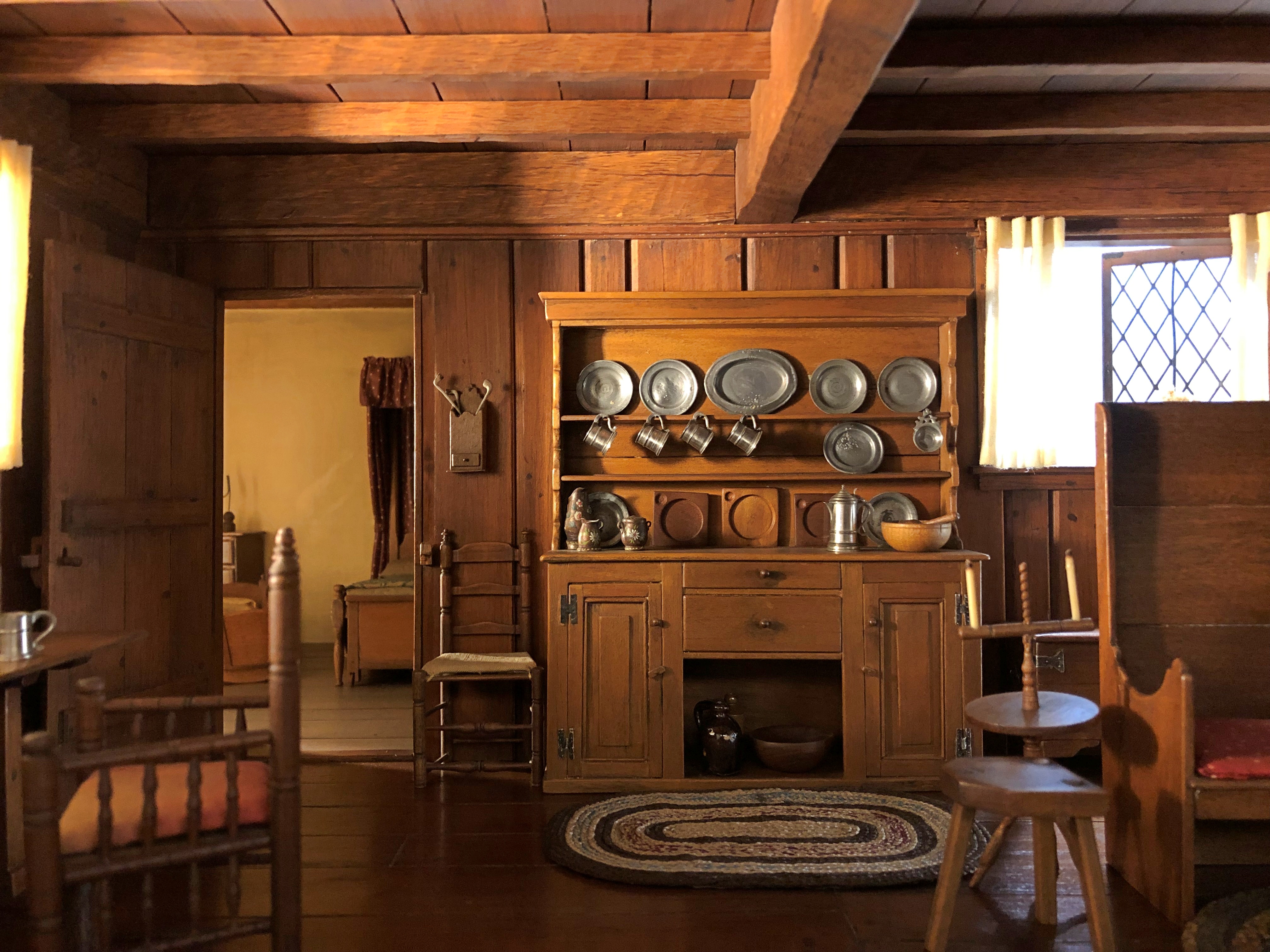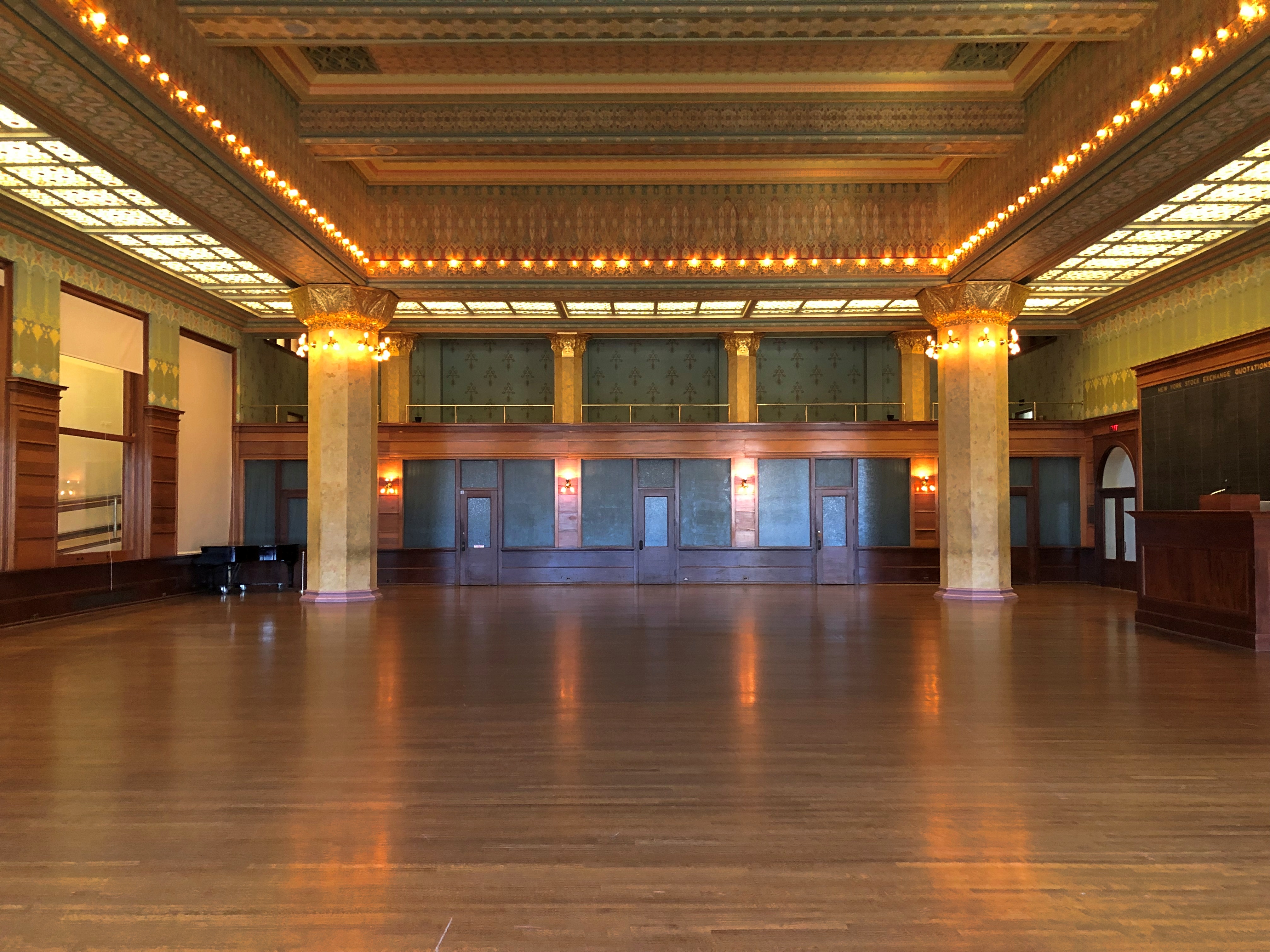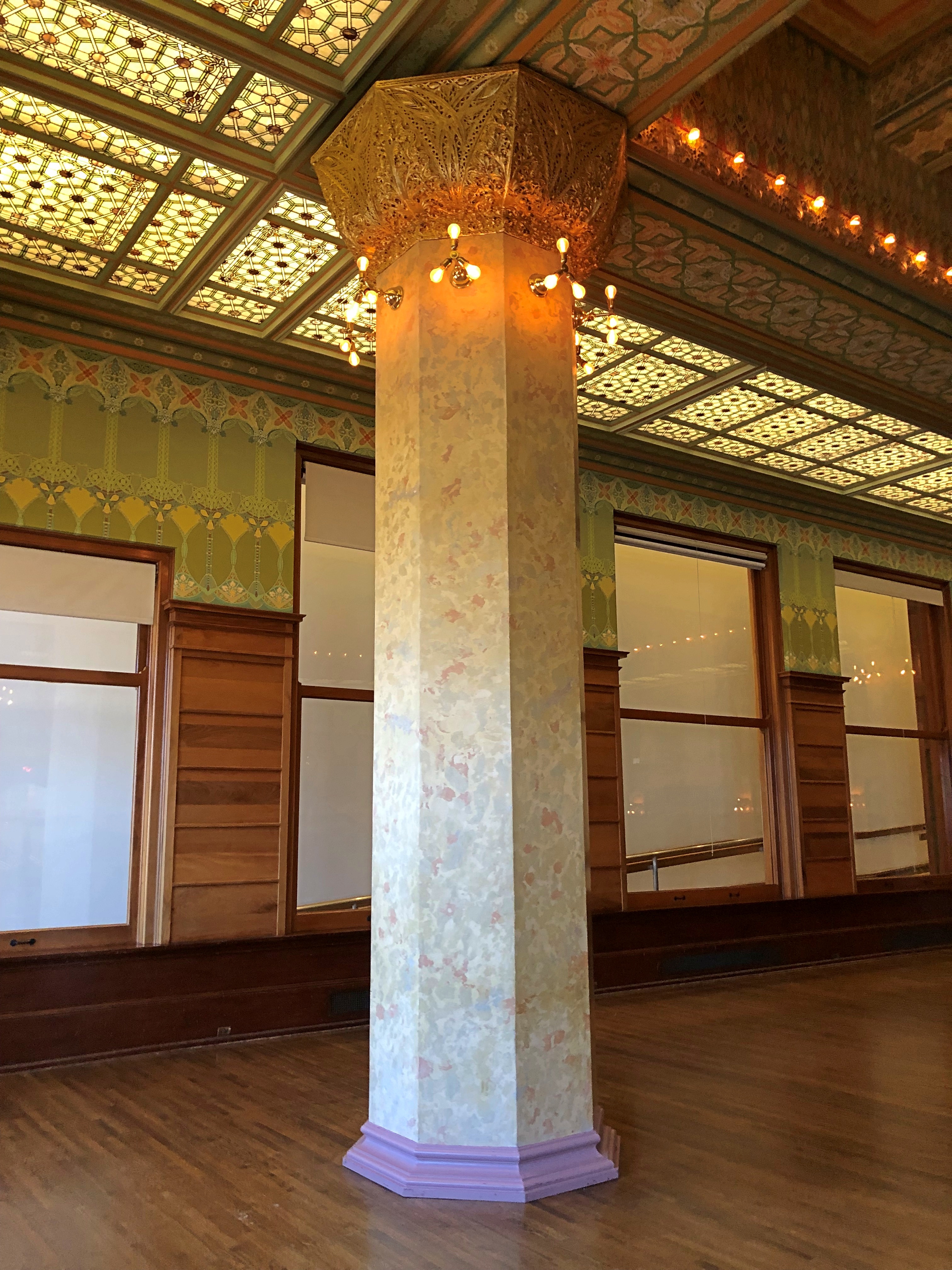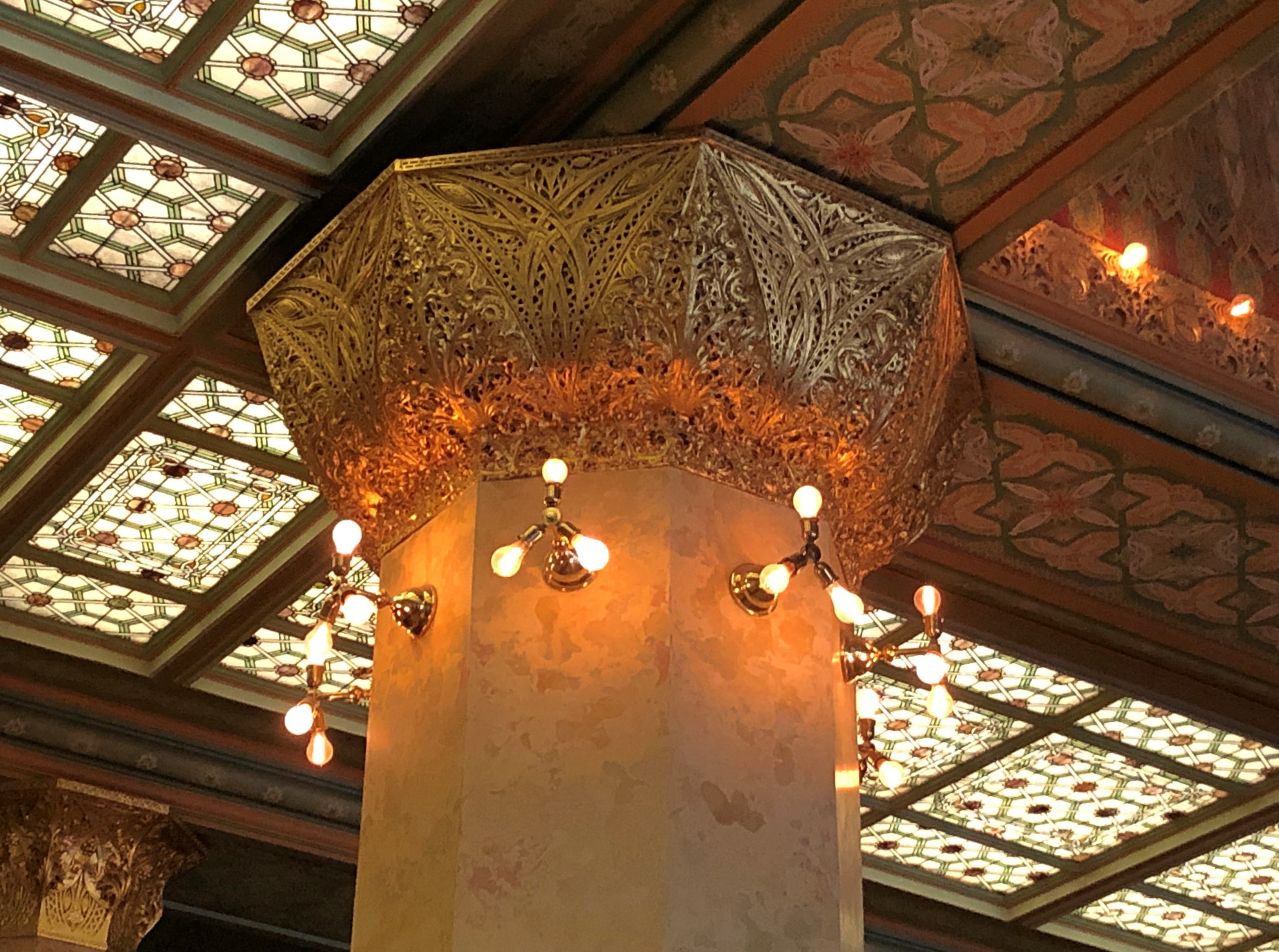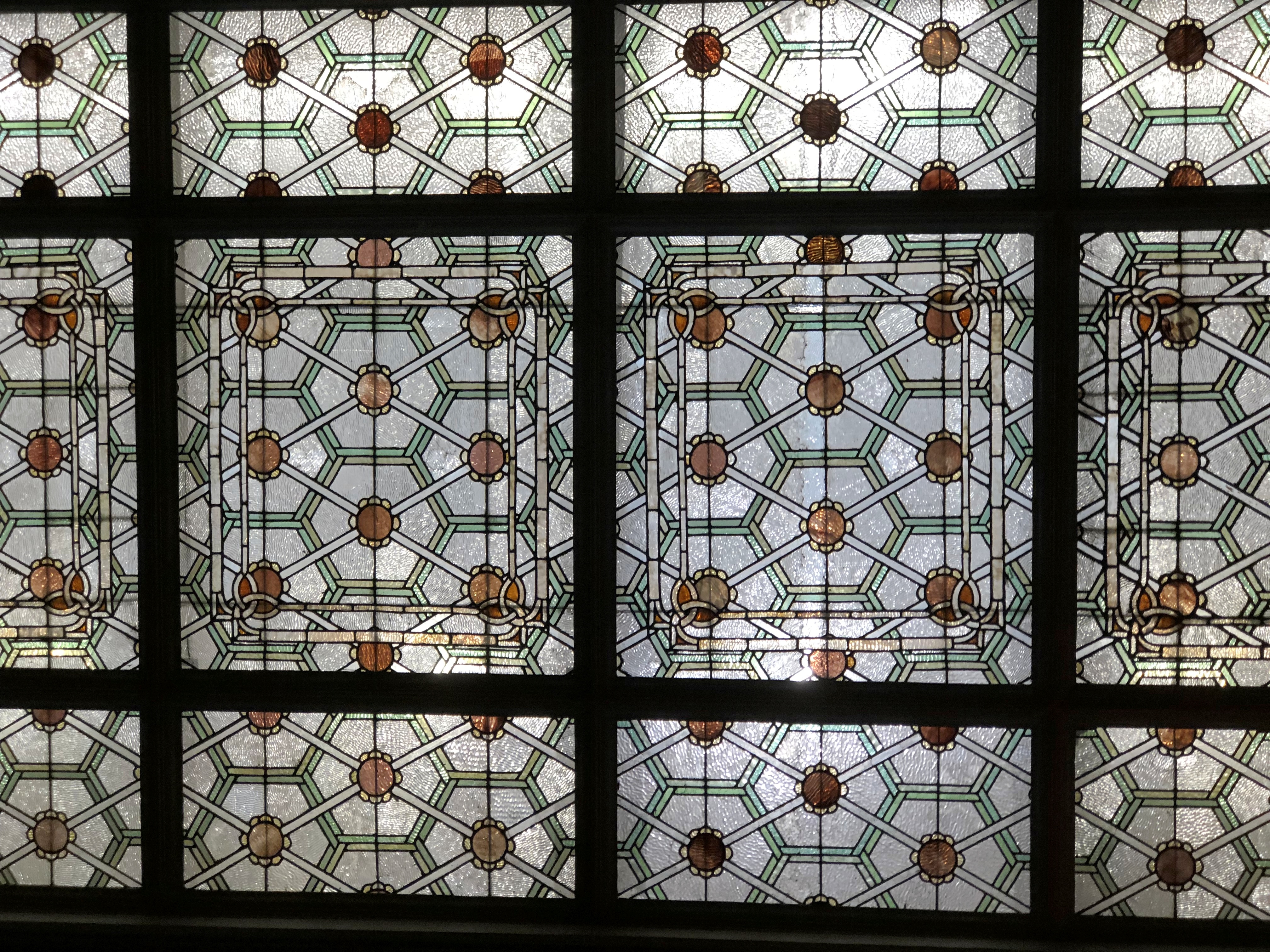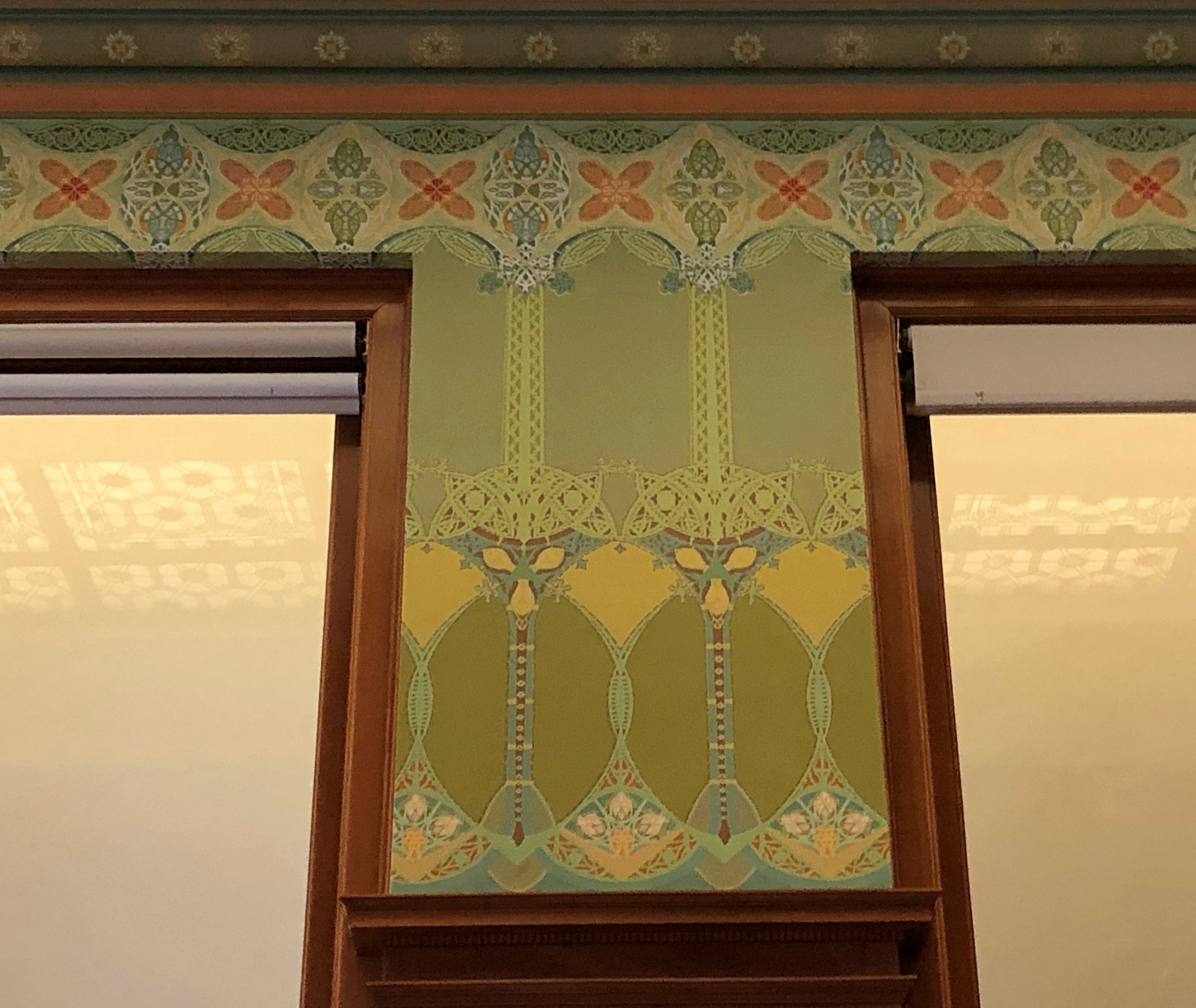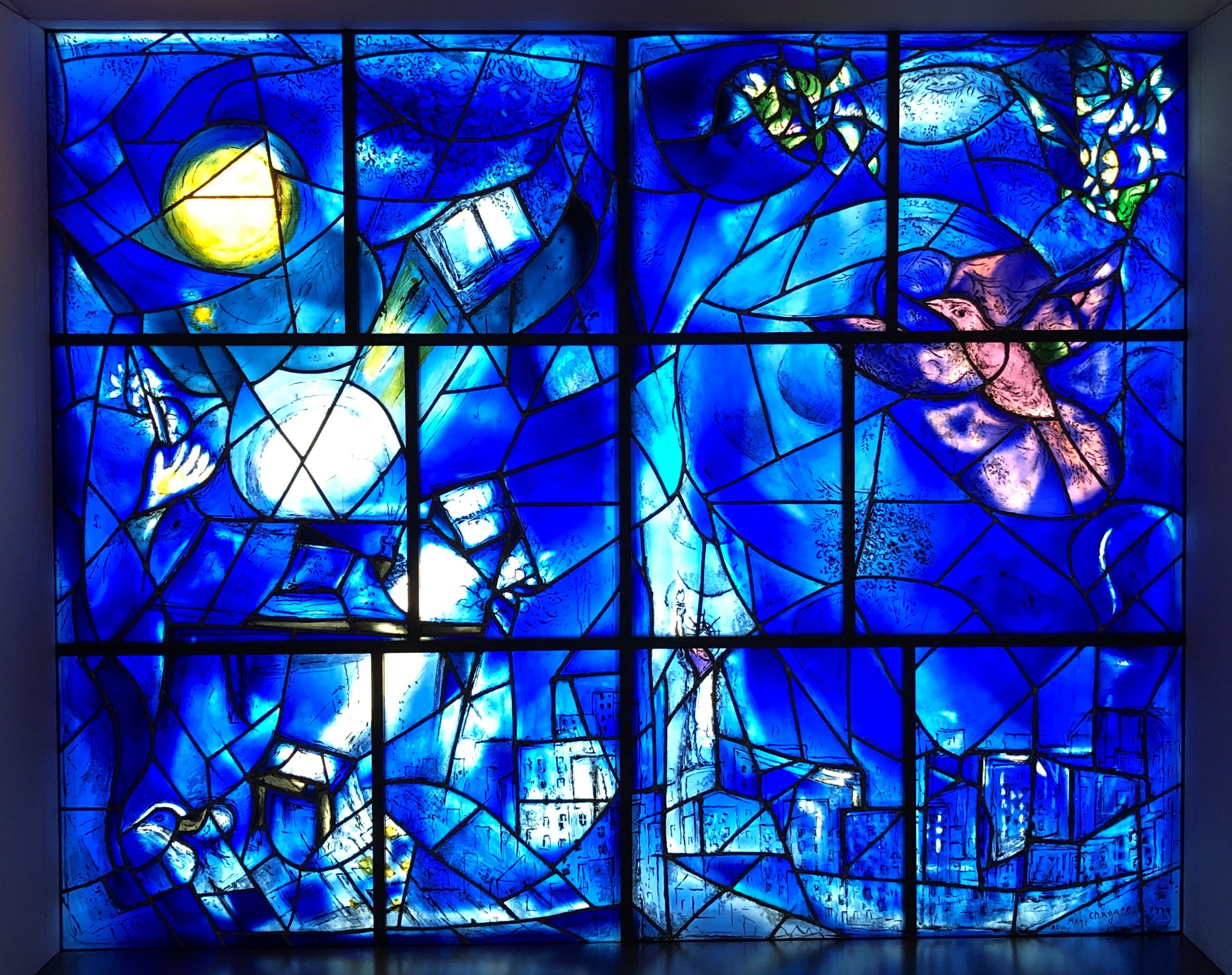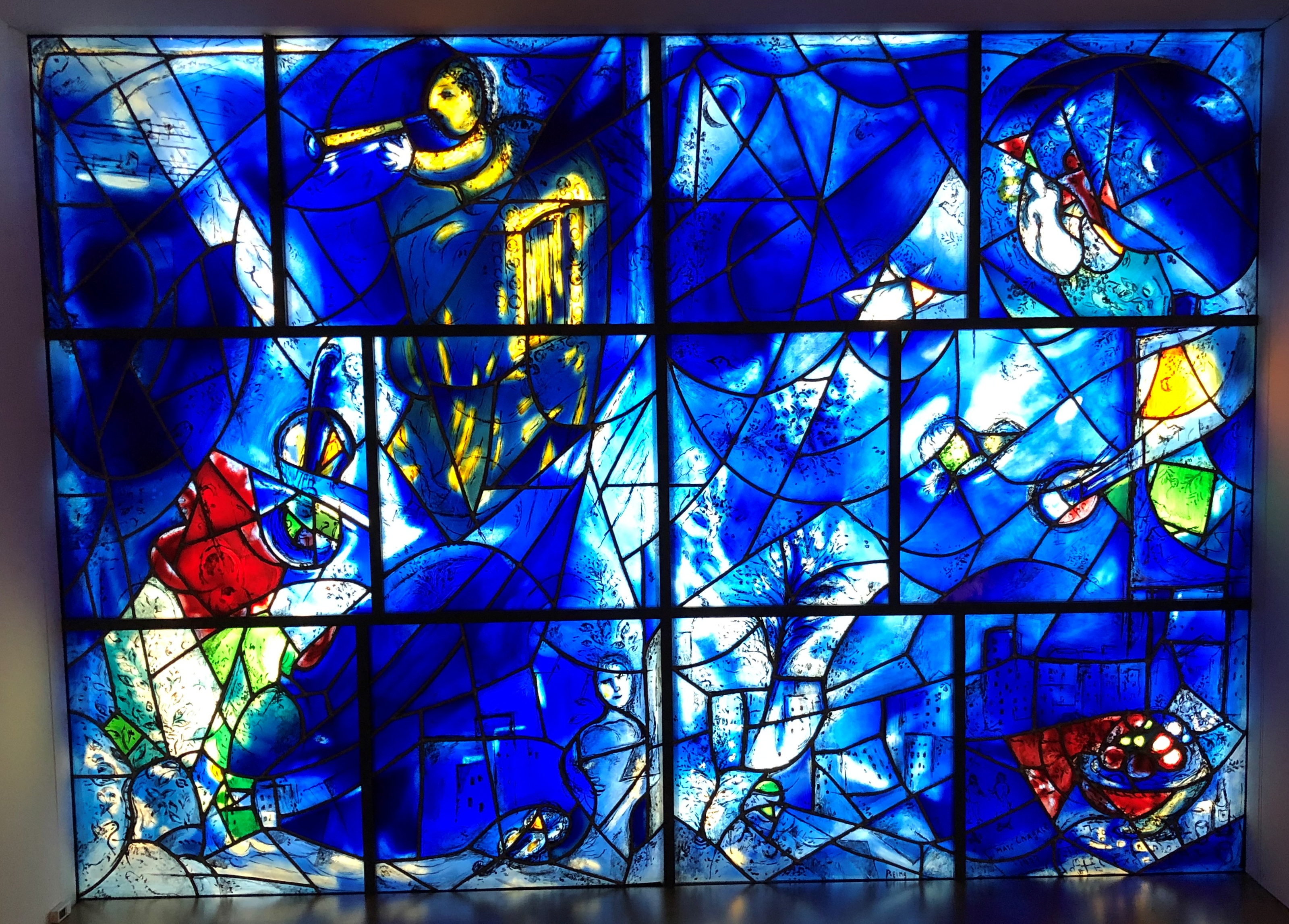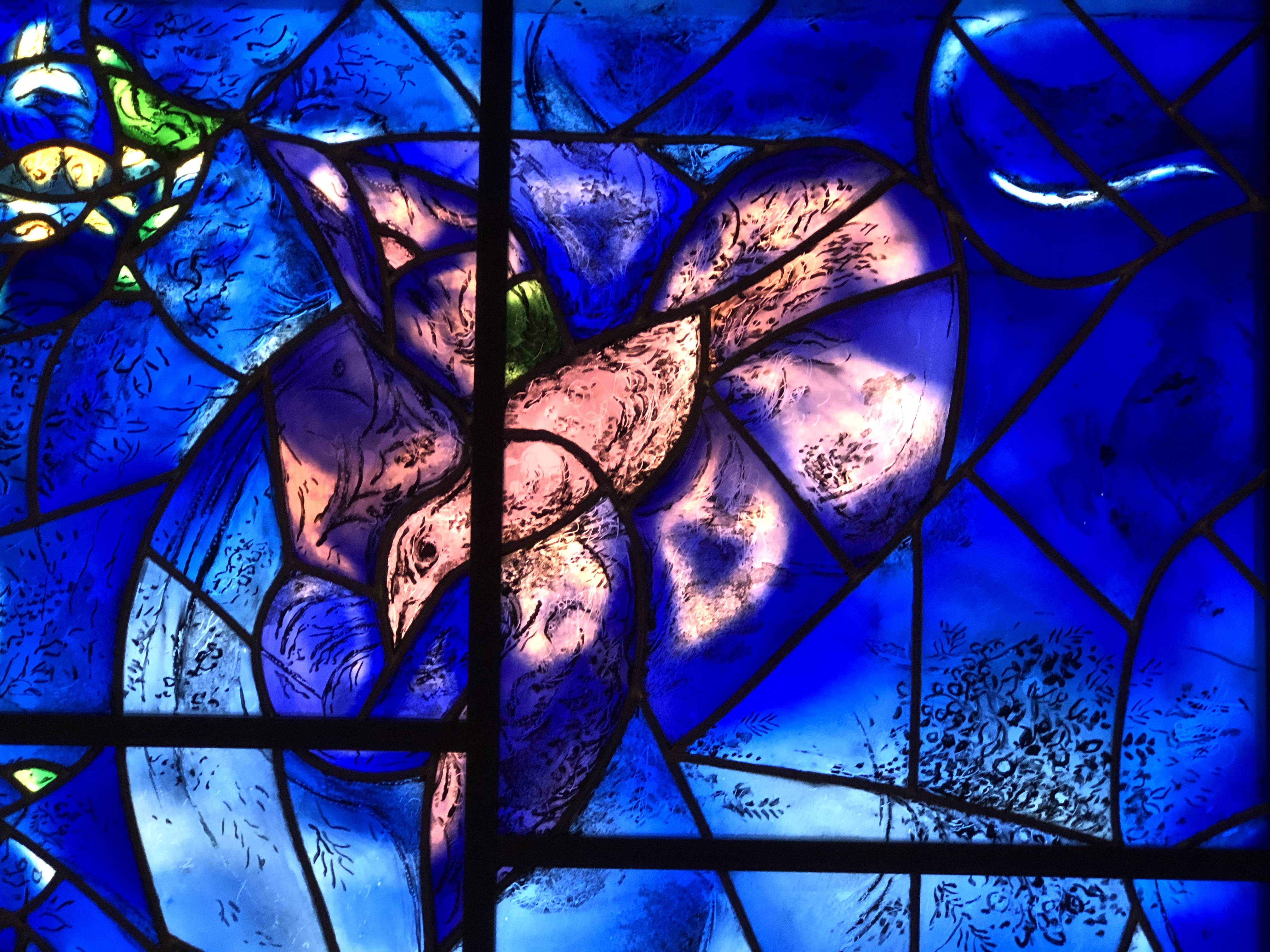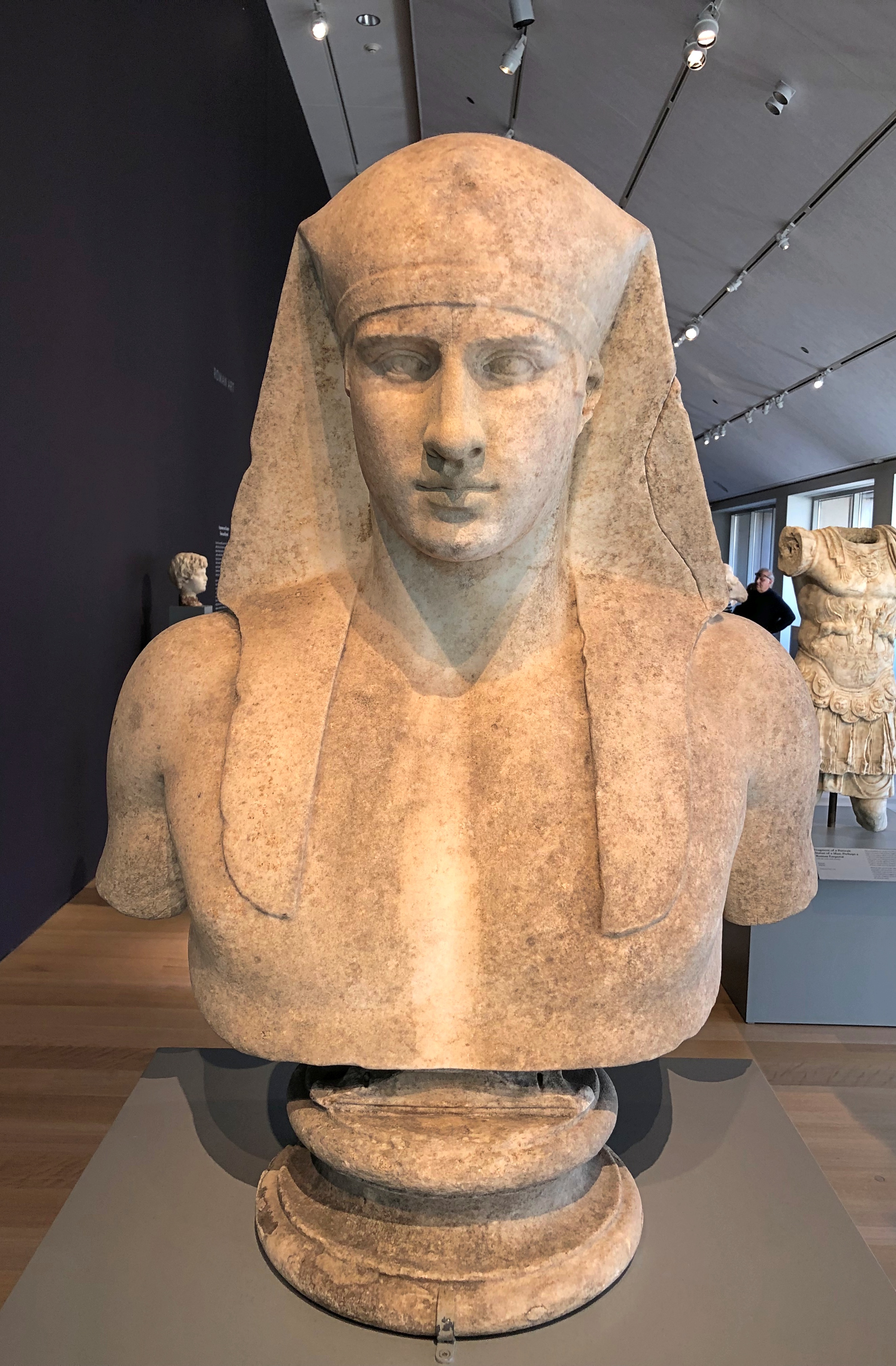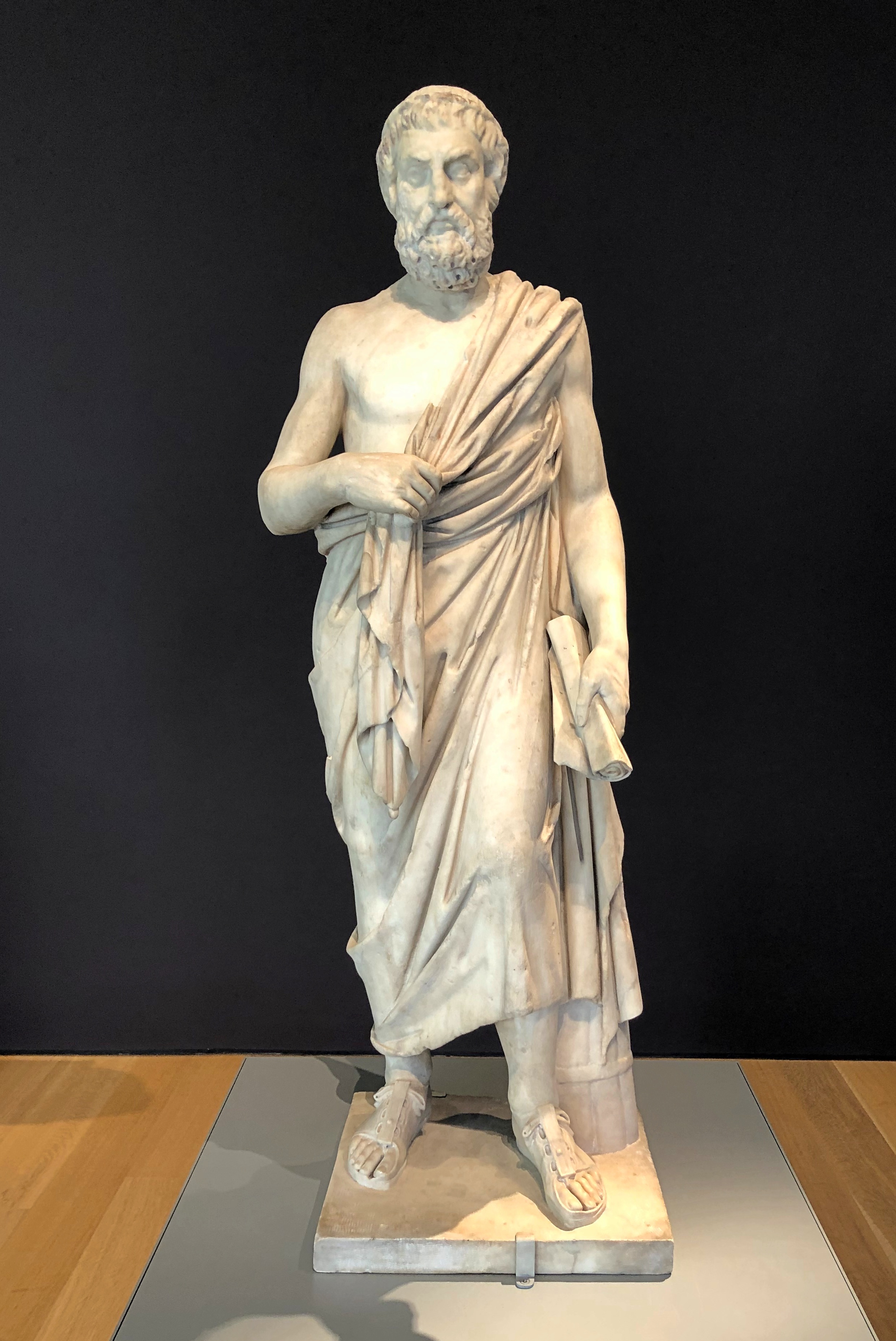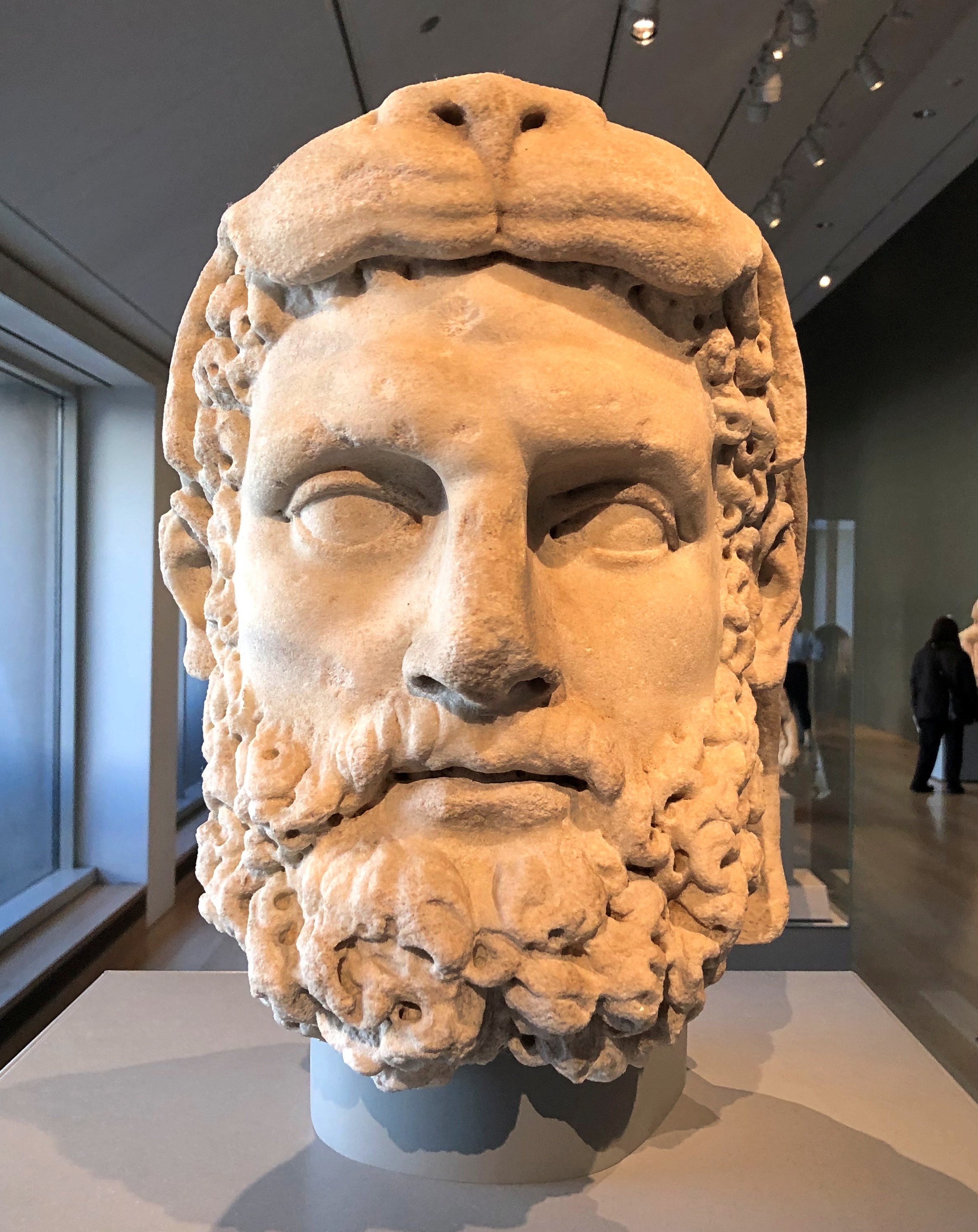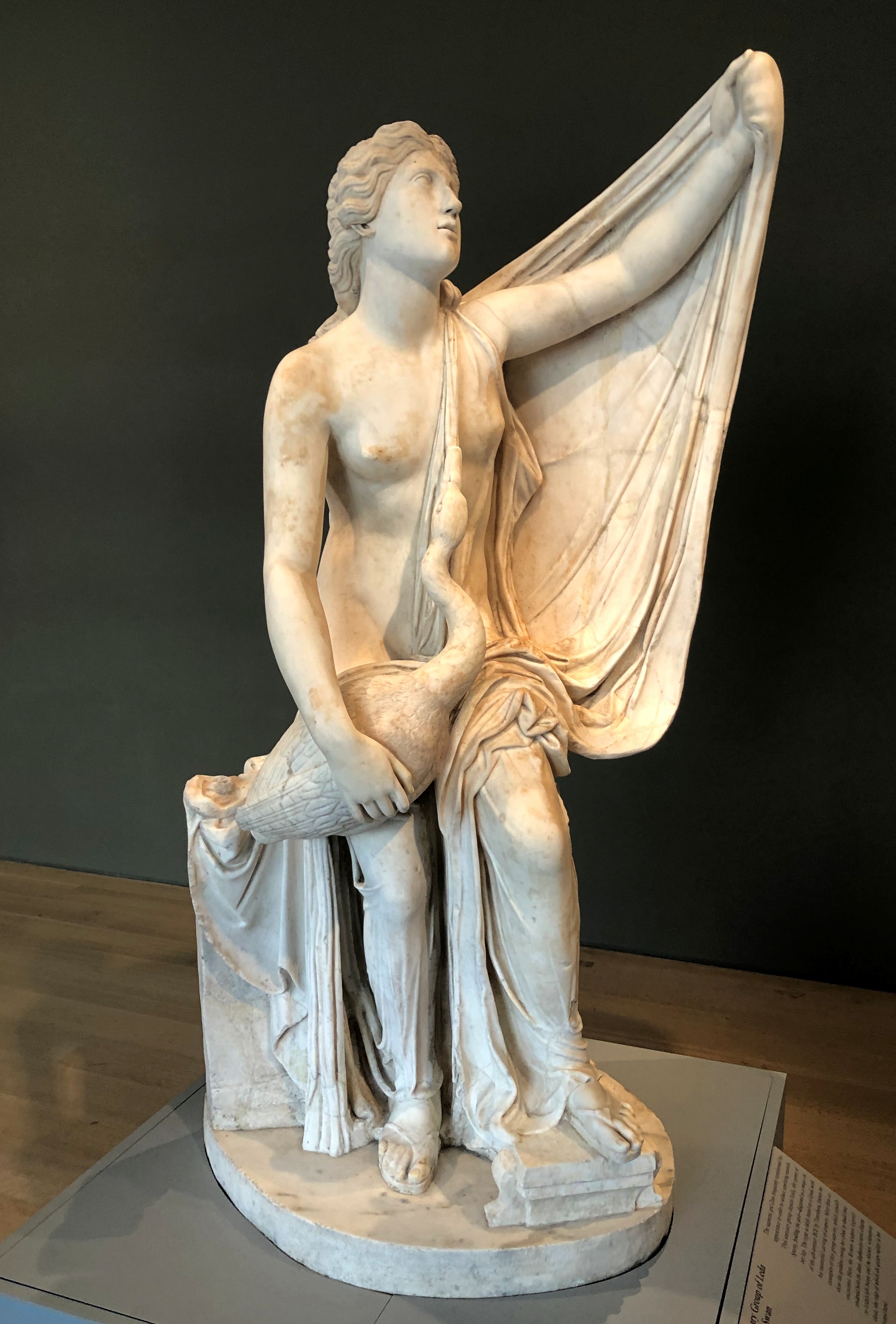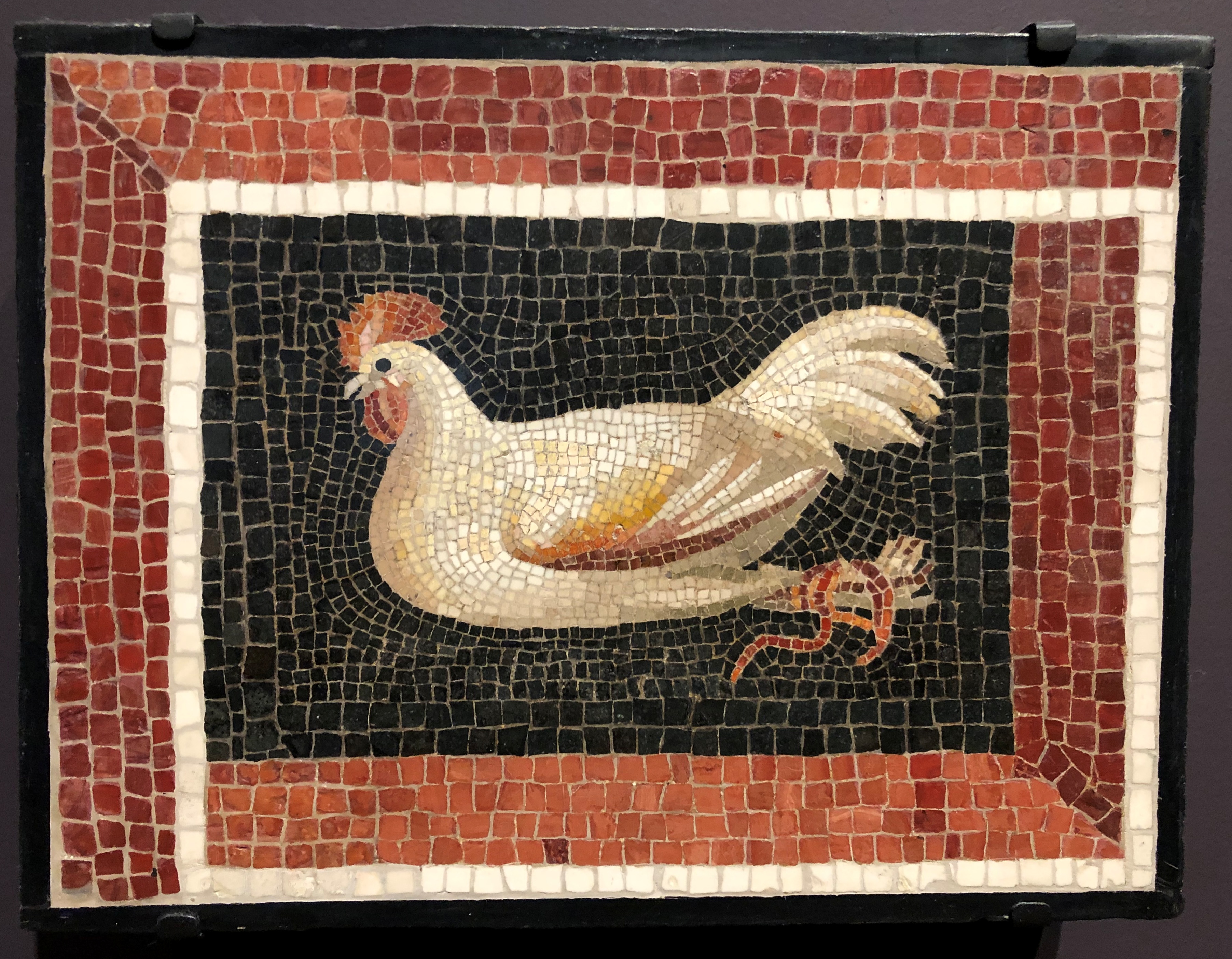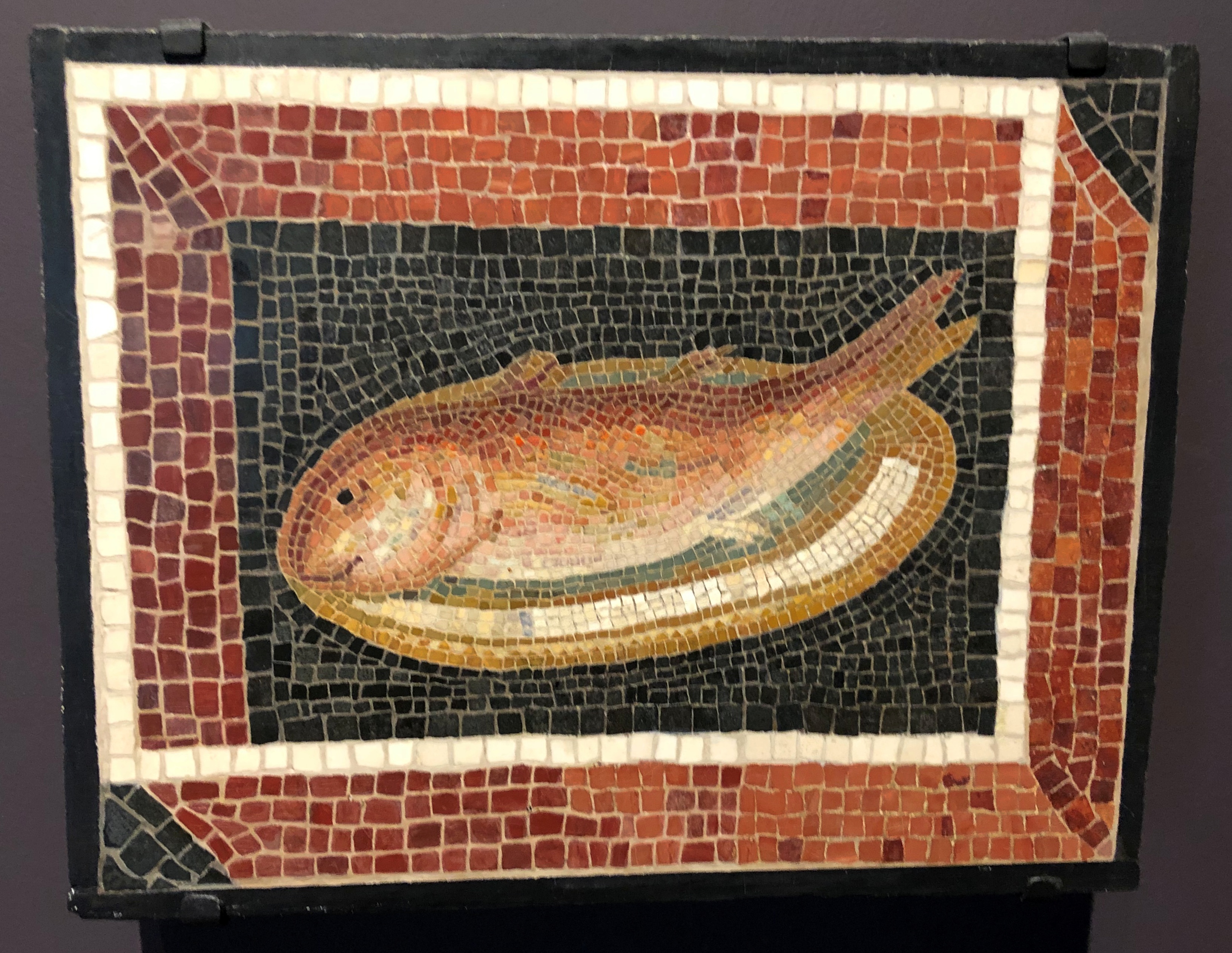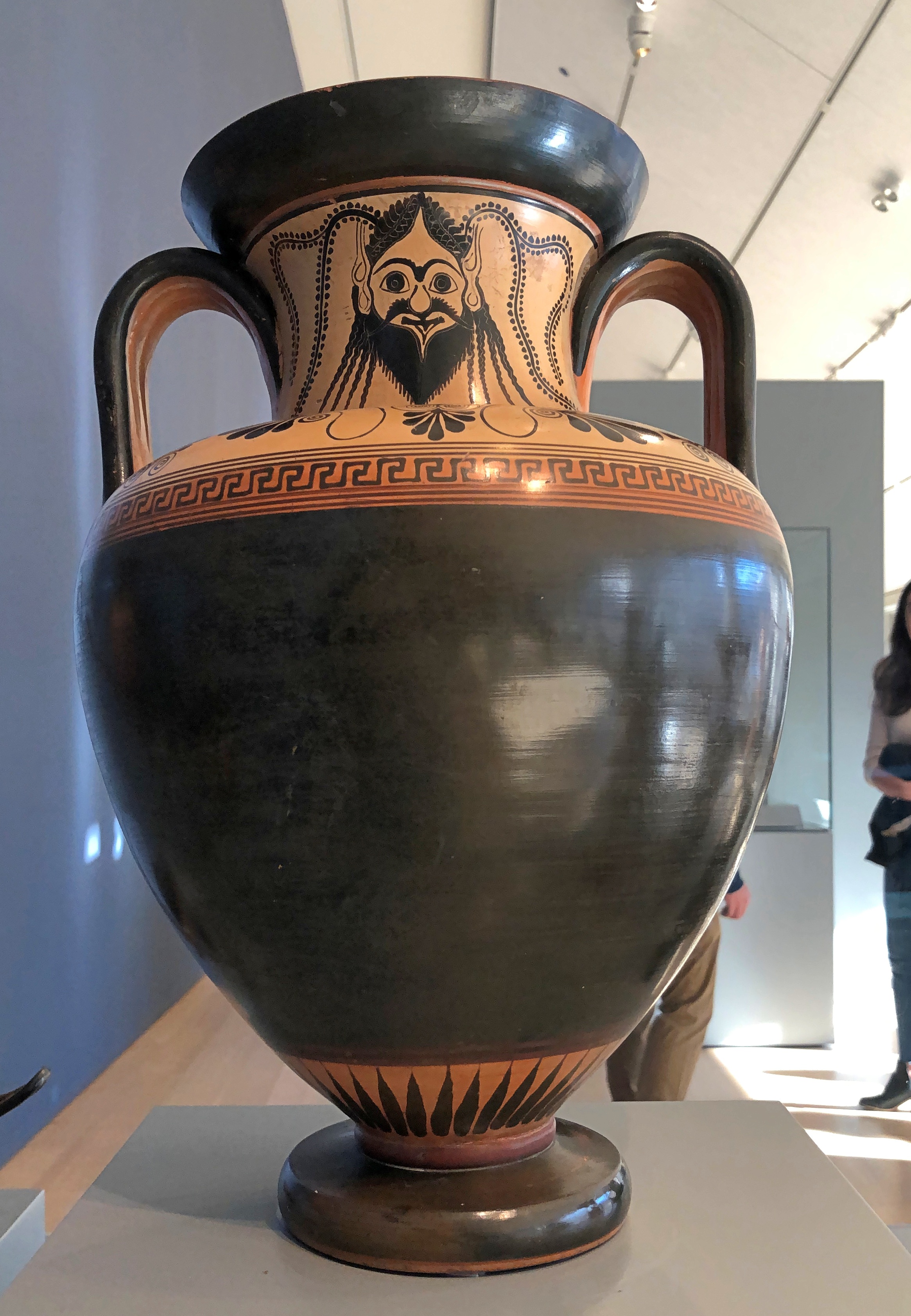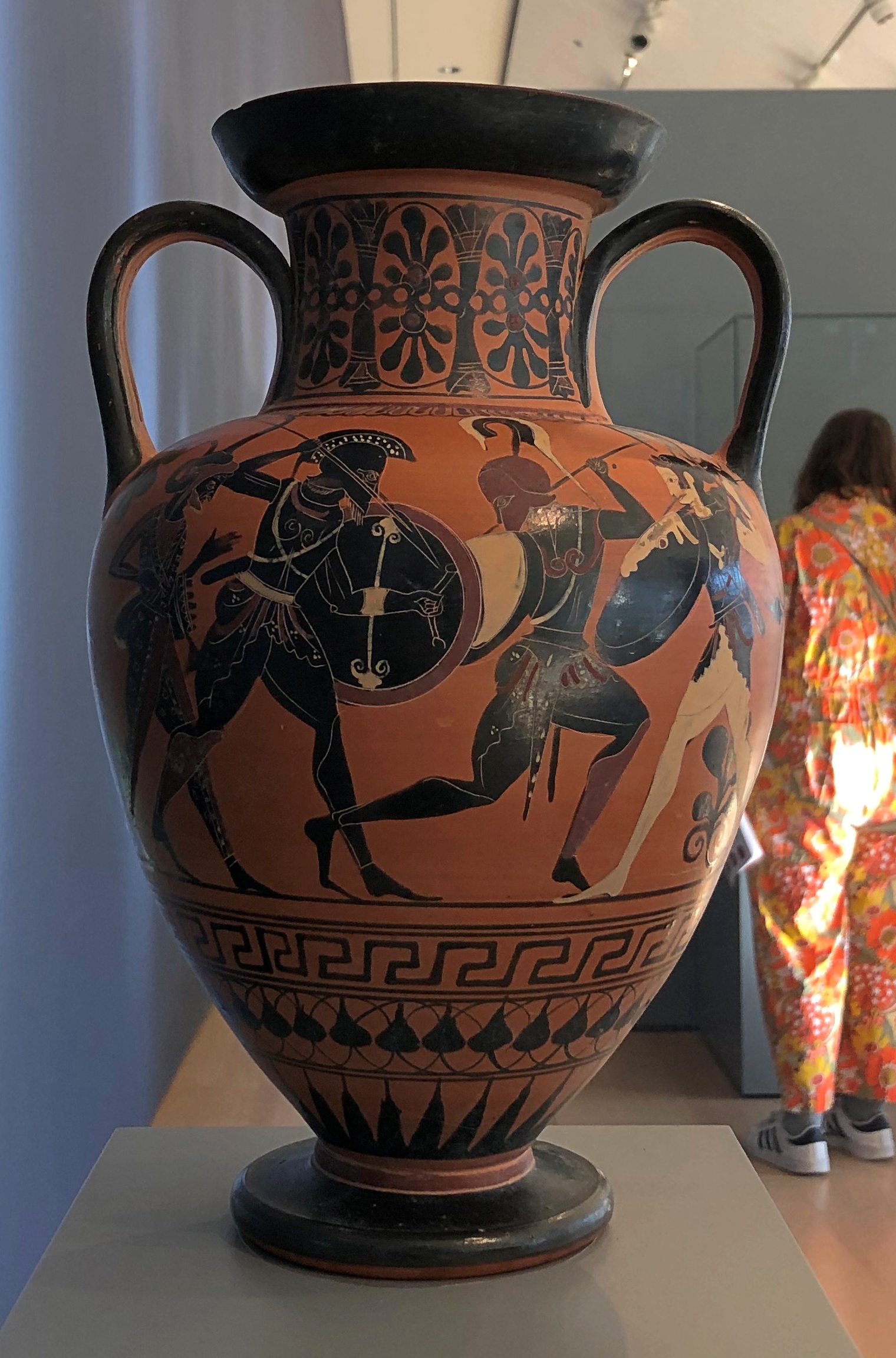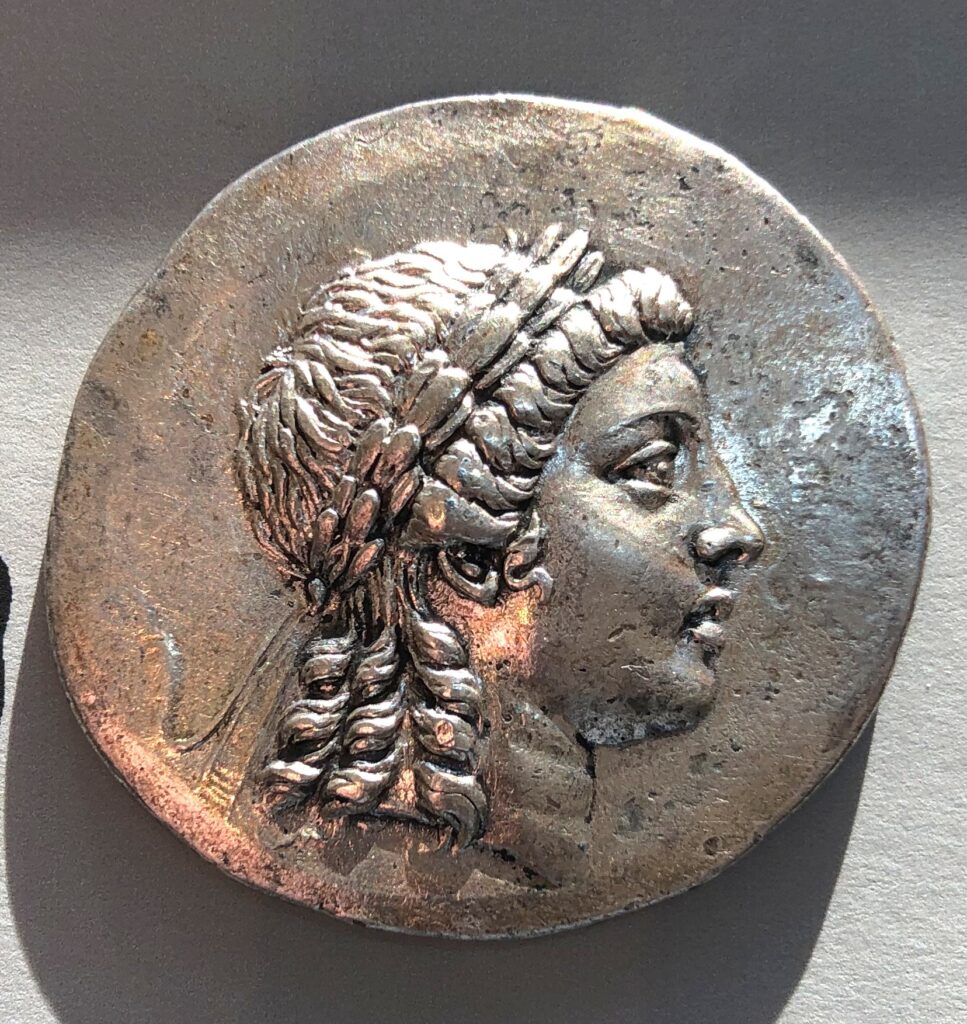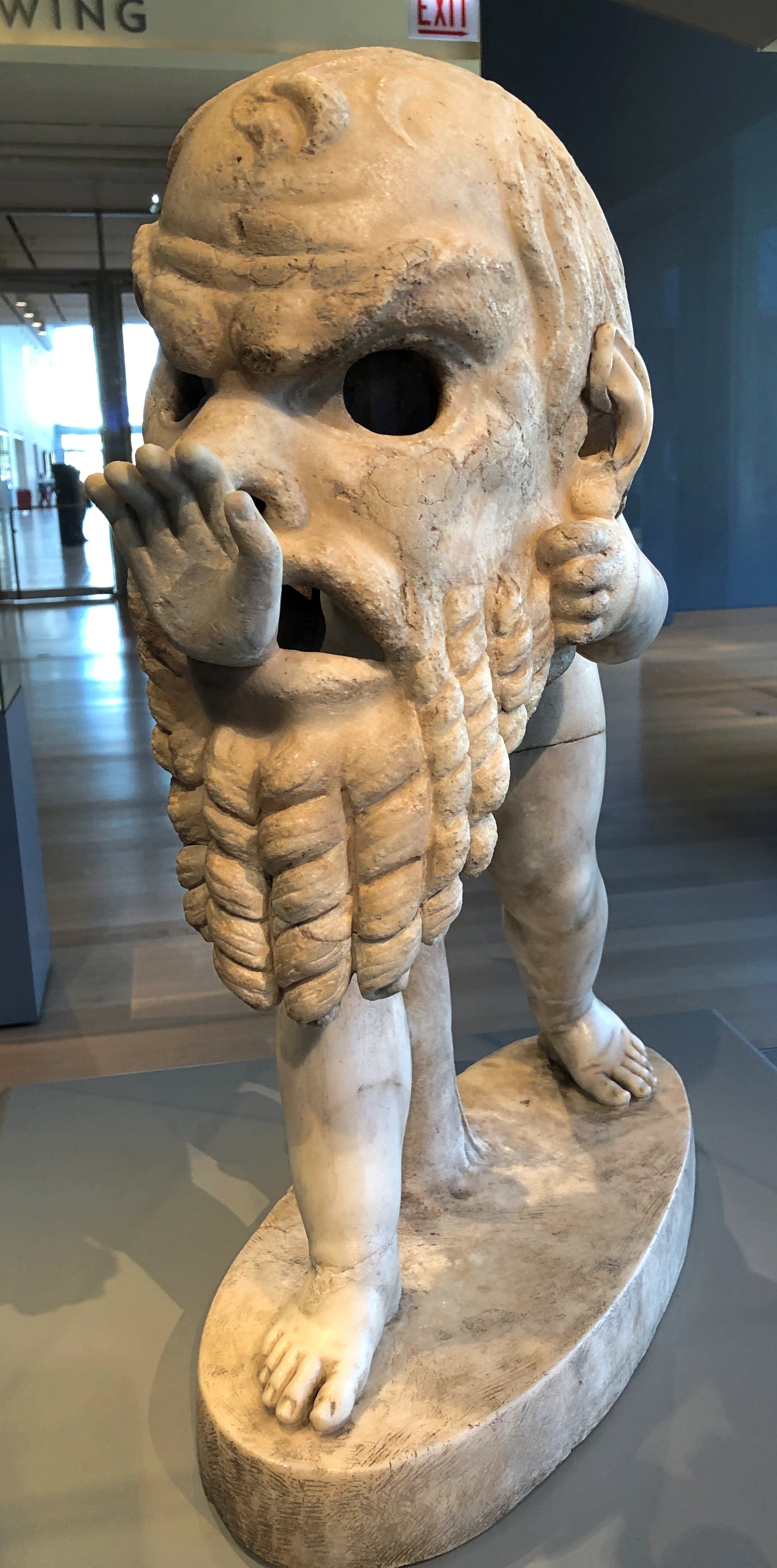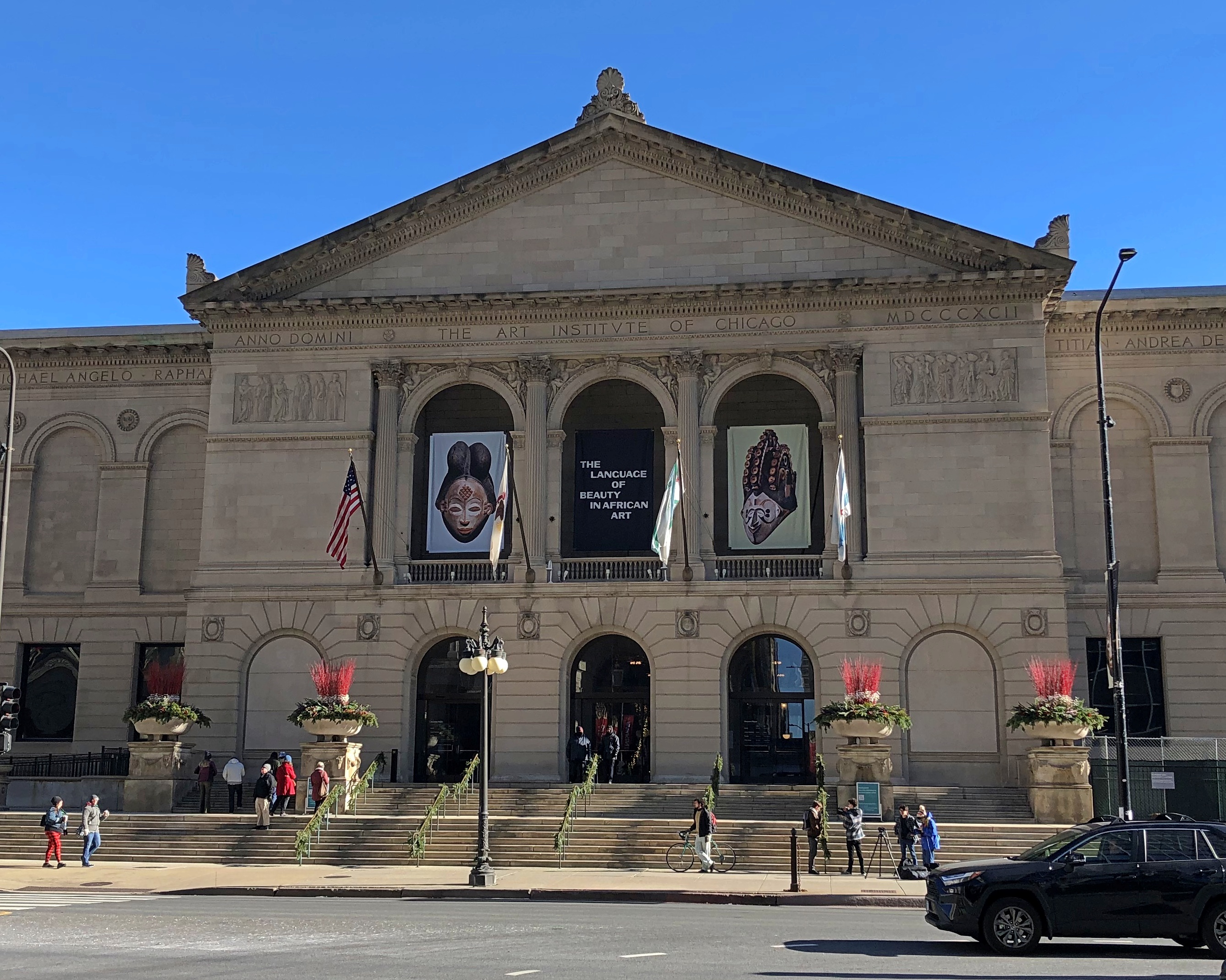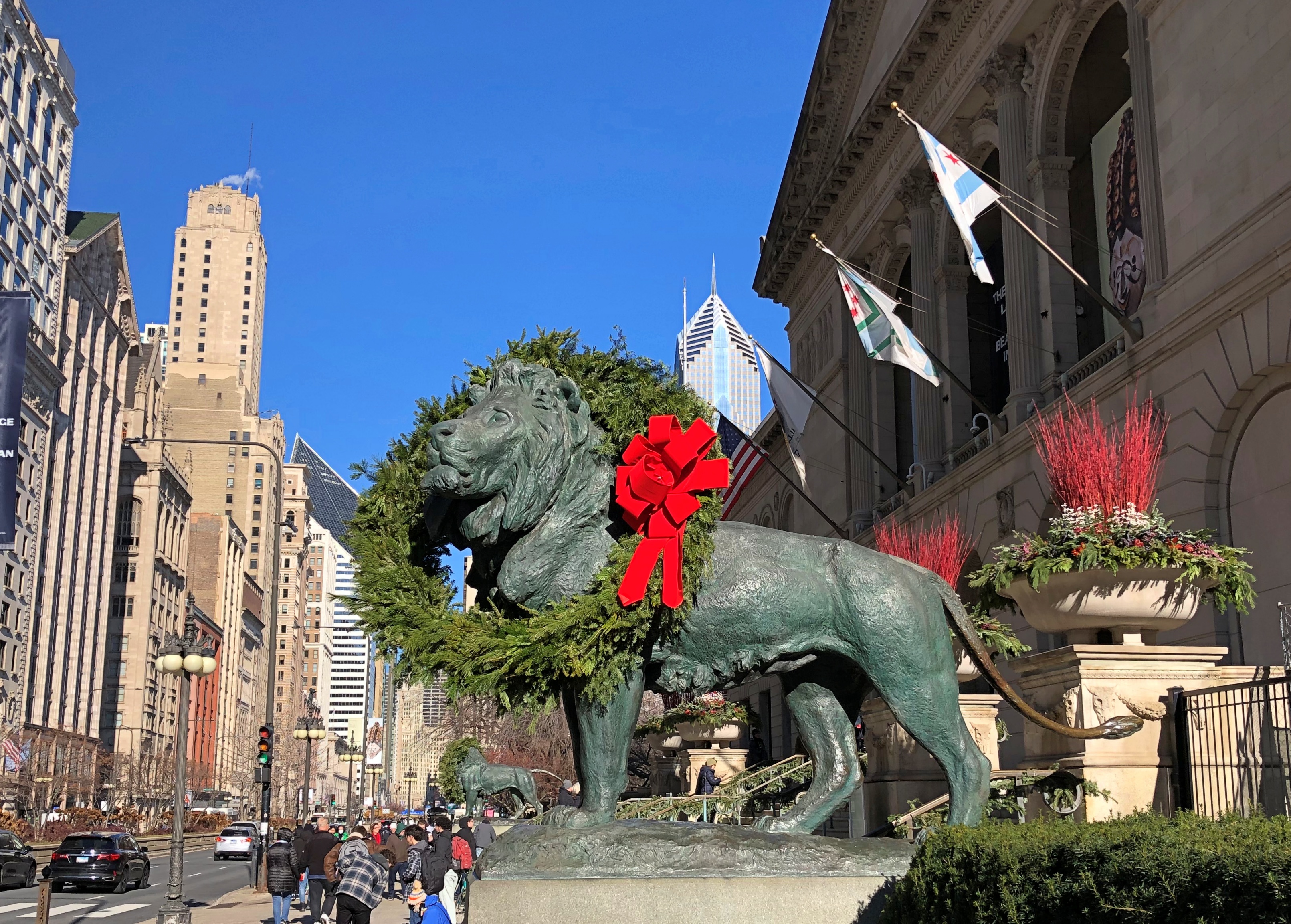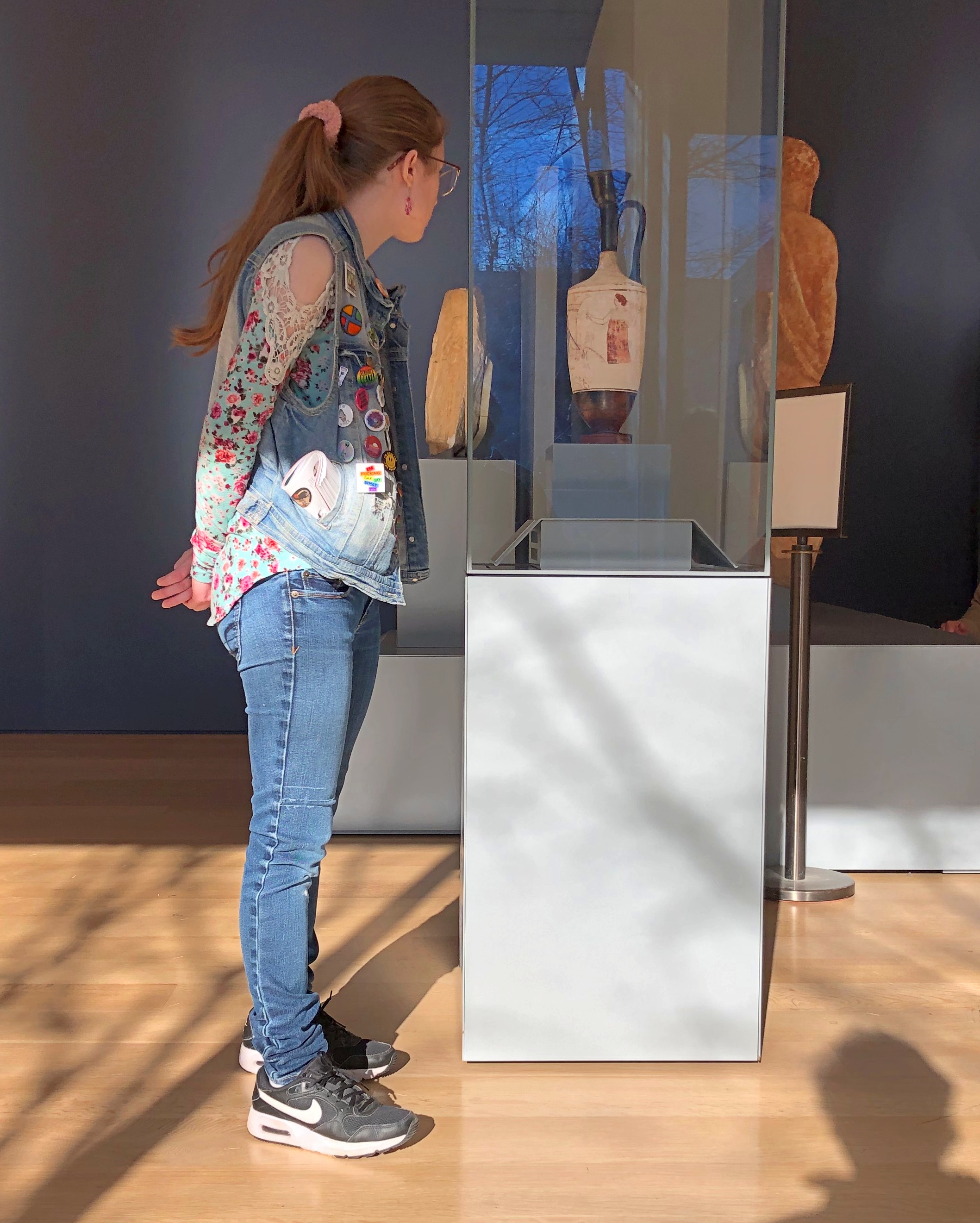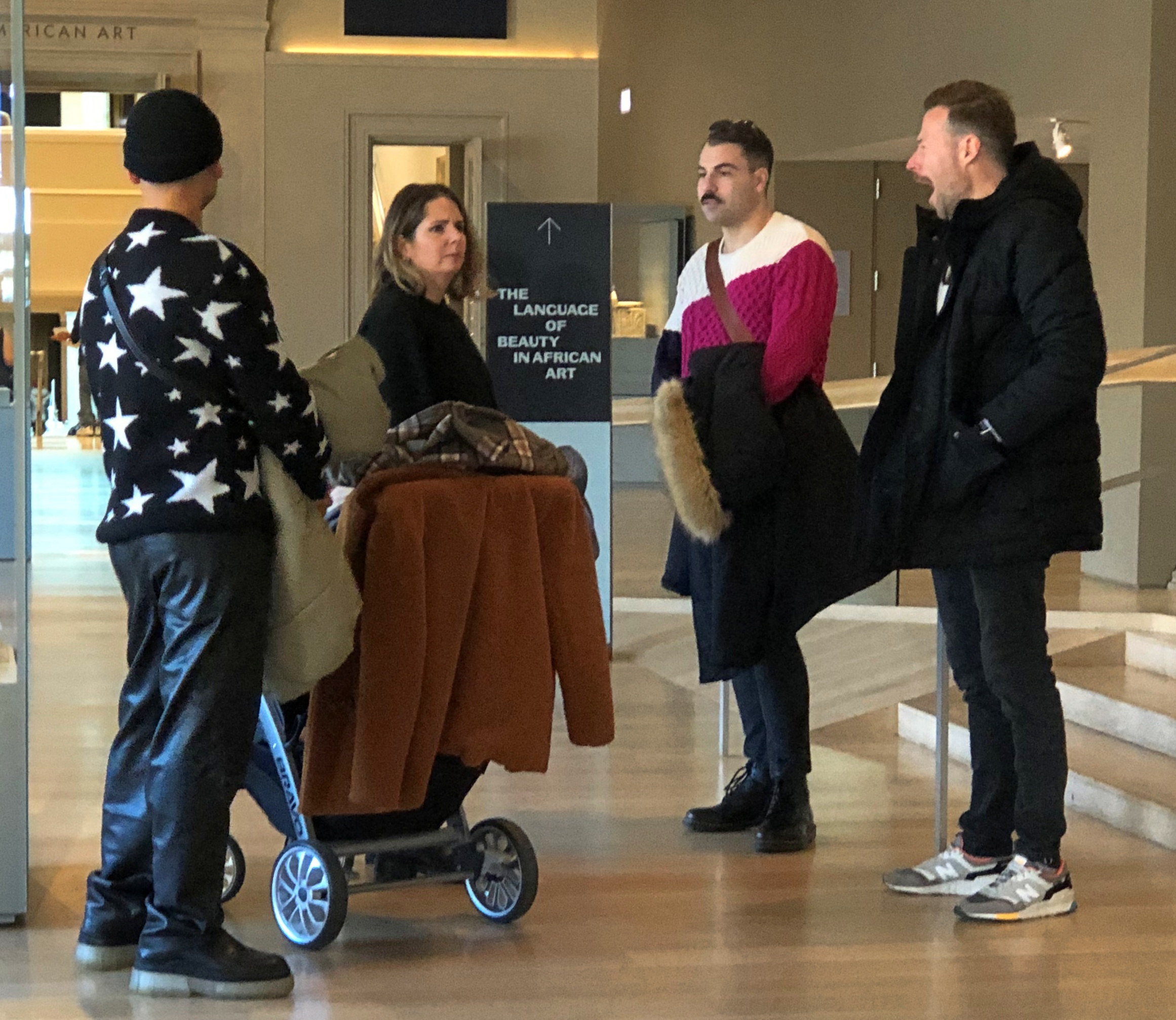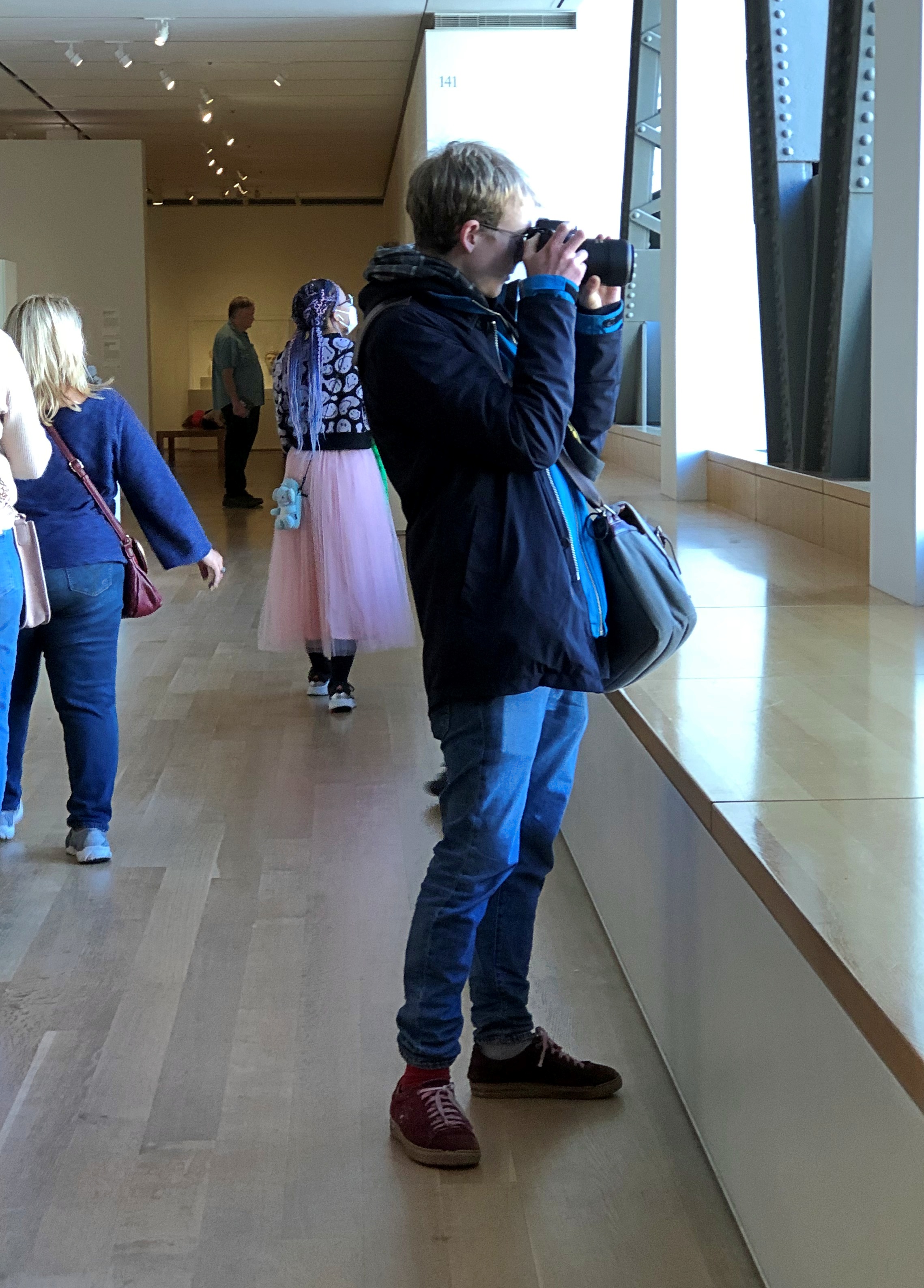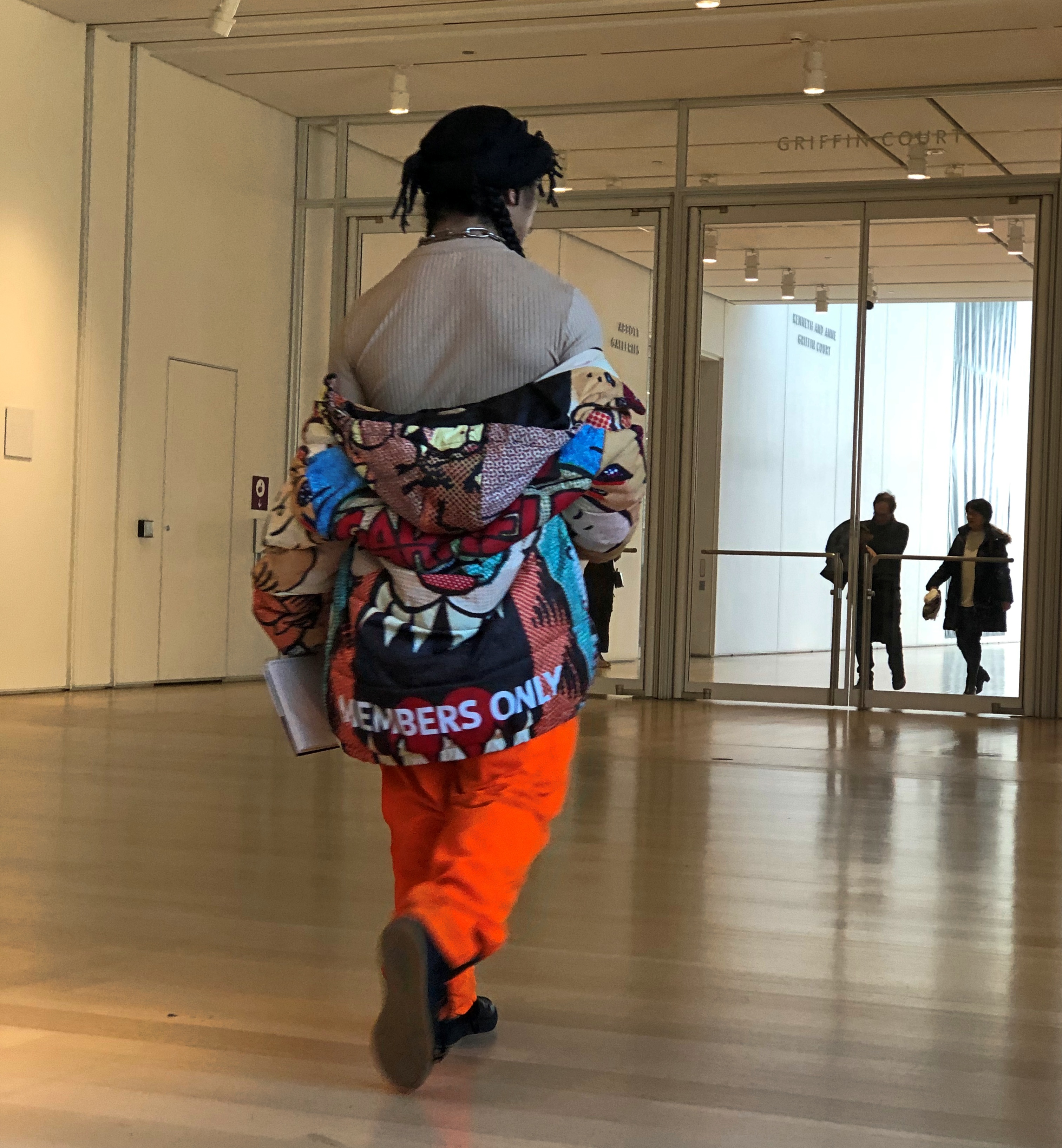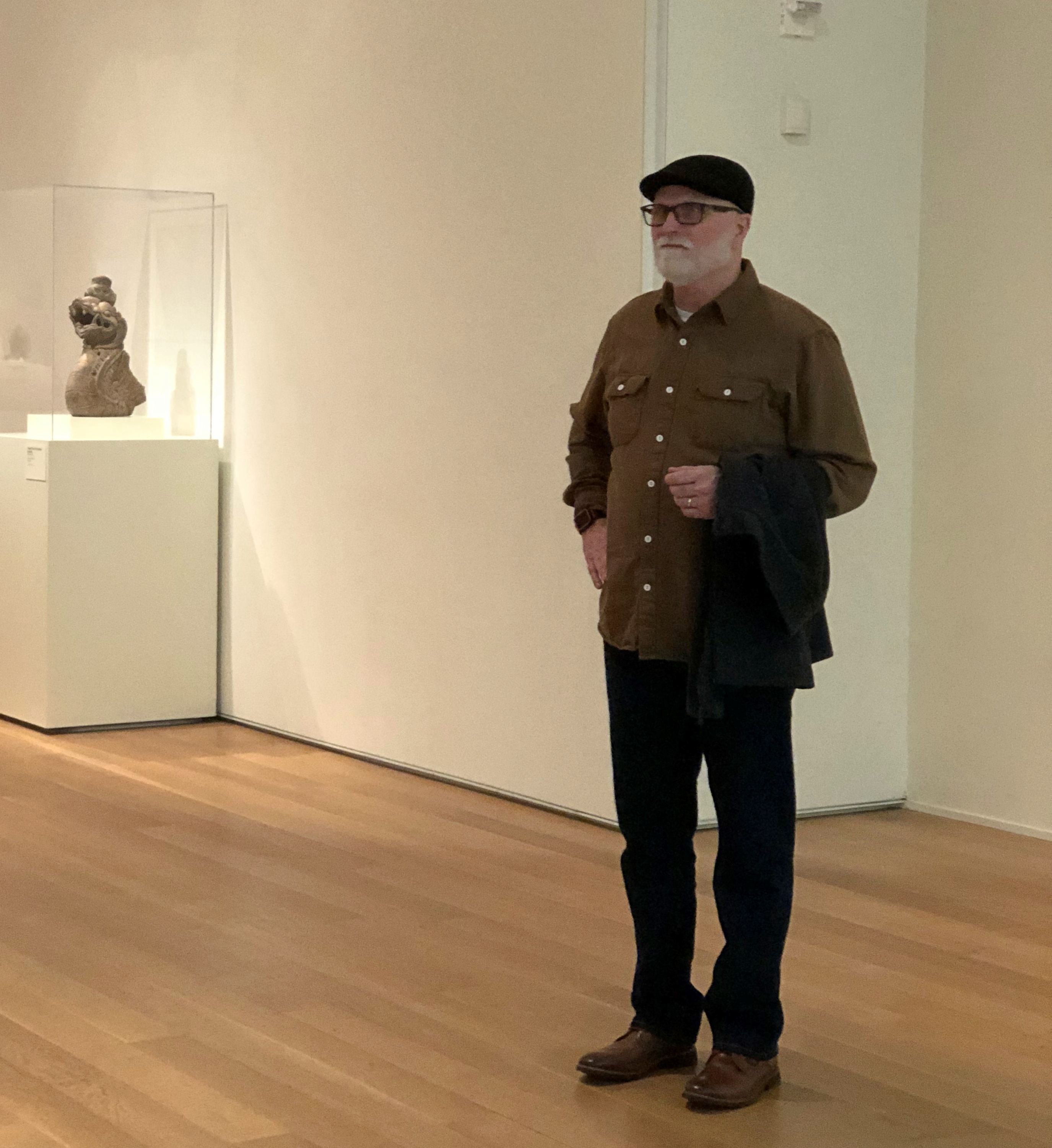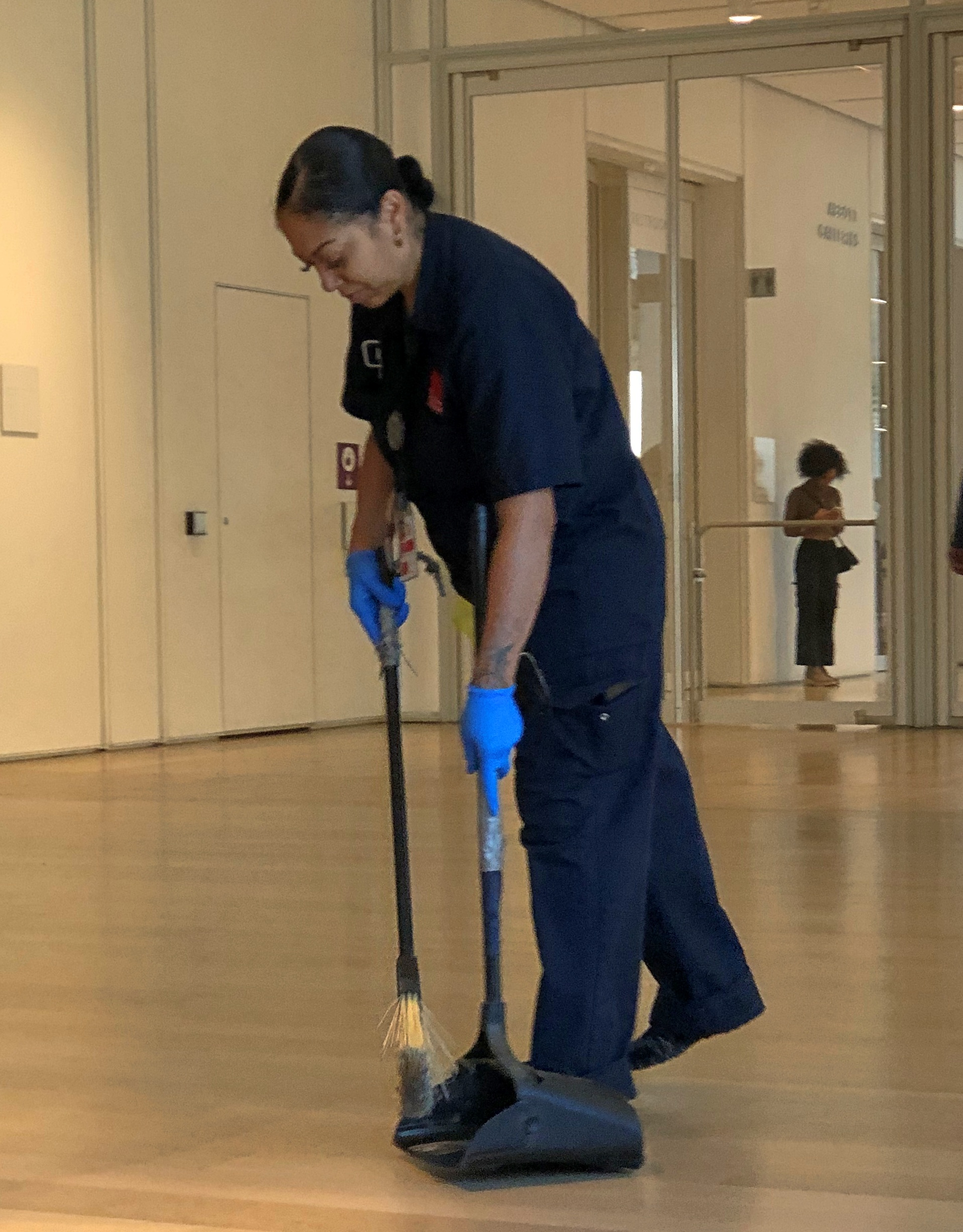Saw this headline in the WSJ late last week: ‘I’m Not Excited For Him to Become King’: American Royal Watchers Draw the Line at King Charles Coronation
Do we as Americans need to be excited about the coronation of Charles? No, we do not. Interested, if that kind of thing interests you, but I’ll bet even a good many Britons don’t have strong feelings one way or the other. As one of those things that doesn’t happen very often and which harkens back to a long history, the event interested me, but not to the point of distraction.
Reporting on the event makes it seem as if there are only two modes of thinking about Charles, and the British monarchy for that matter: slavish adoration and awe at the pomp, or bitter republican convictions that see the royals as posh parasites. I can’t muster enough emotion to feel either of those, though I could probably sit down and come up with reasons on each side of the monarchy, pro- and anti-, like any former high school debater.
Still, I did a little reading about the sceptre and orb, because who doesn’t like a little reading about orbs especially? Of even more interest, though, is the Stone of Scone, which for years I thought was pronounced the same way that the British refer to their biscuits (but no, it’s “skoon,” which does sound more Scottish). I understand that all it takes to see the stone these days is a visit to Edinburgh Castle. Its presence there since 1996 must count as a physical reminder of UK devolution.
All in all, the coronation didn’t interest me enough to get up at 4 or 5 am on a Saturday for live coverage. Plenty of video was available soon after.
While we were in Chicago on Saturday, we found ourselves on the Nichols Bridgeway, which runs from Millennium Park to the third floor of the Art Institute.
I couldn’t remember the last time we were there. Might have been back in 2011, when we attended my nephew Robert’s graduation from the School of the Art Institute. That’s when I took this picture of him with a faux nimbus.
The bridge still stands, of course. Looking north.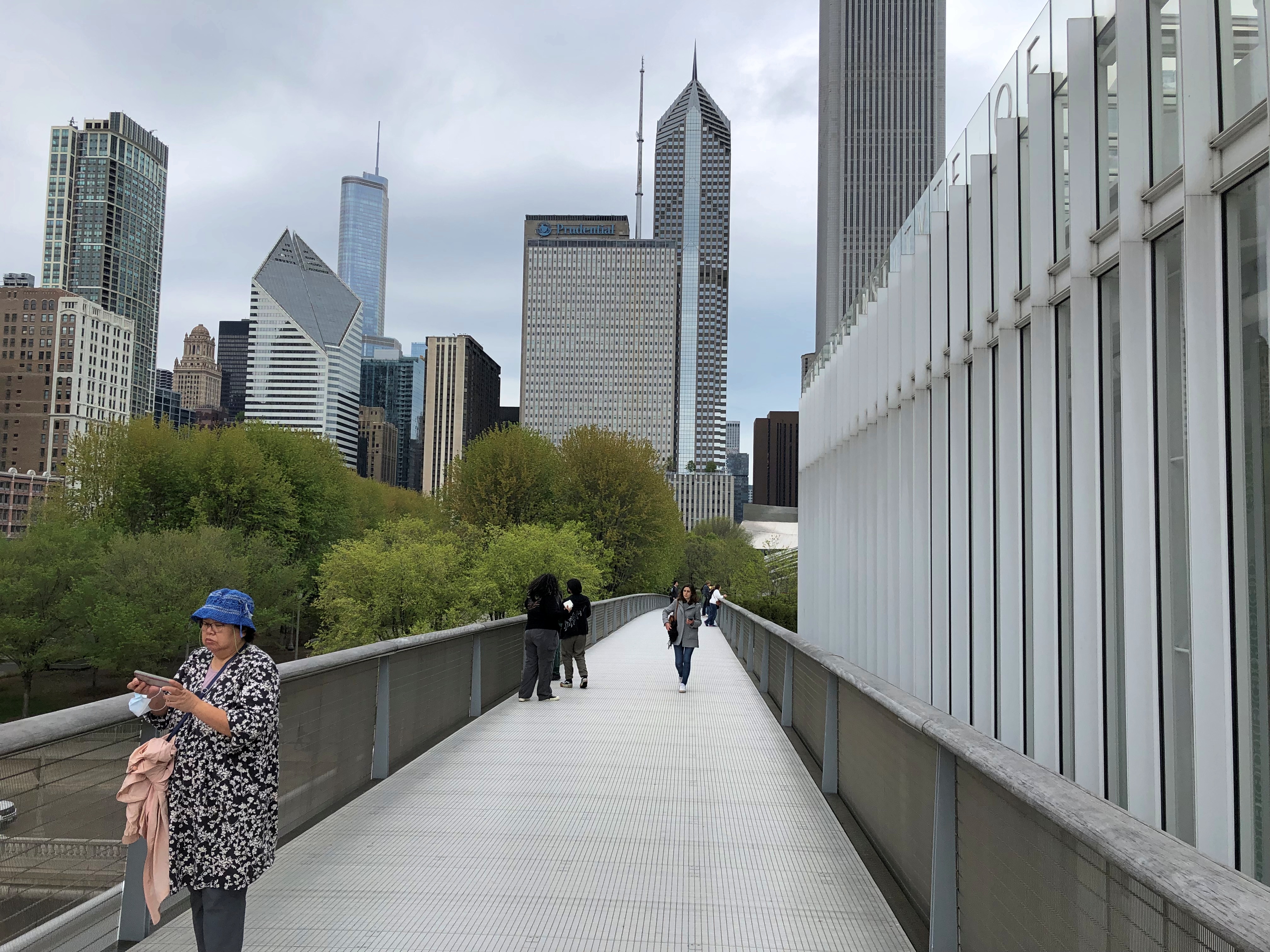
We went for the views from the bridge. One thing Chicago has for sure is an alpha-city skyline.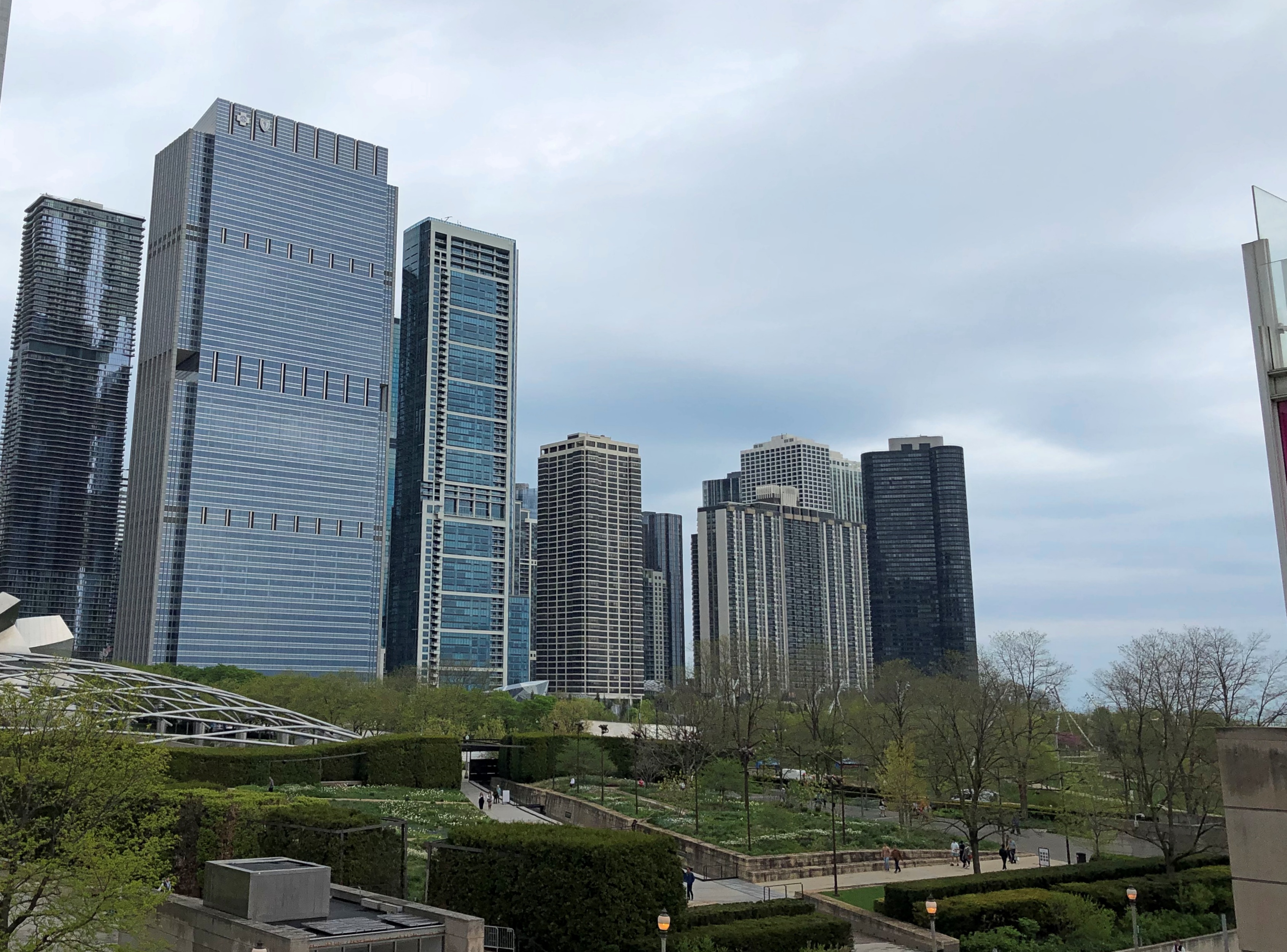
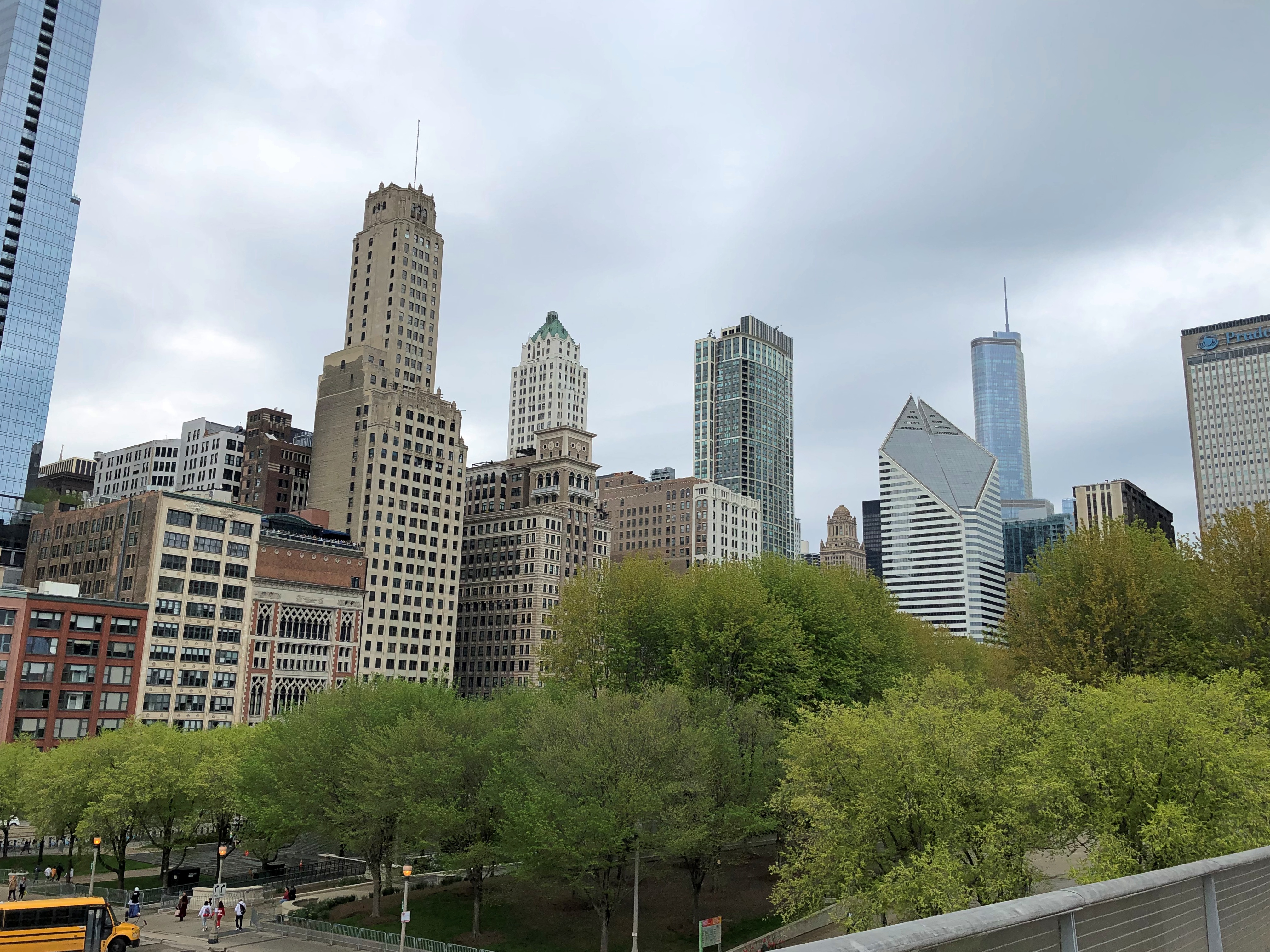
Note how few cars there are (none) compared with the number of pedestrians. Turns out the Polish Constitution Day Parade had just finished. We missed it. Maybe next year; looks like a spectacle.
